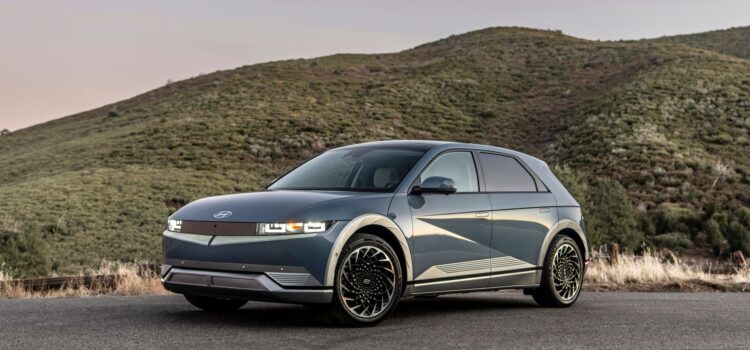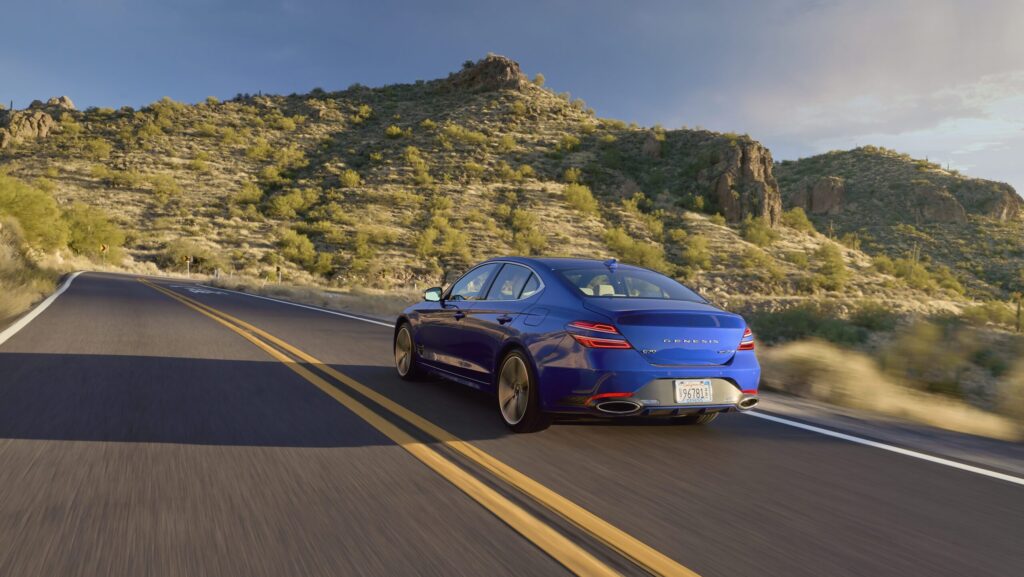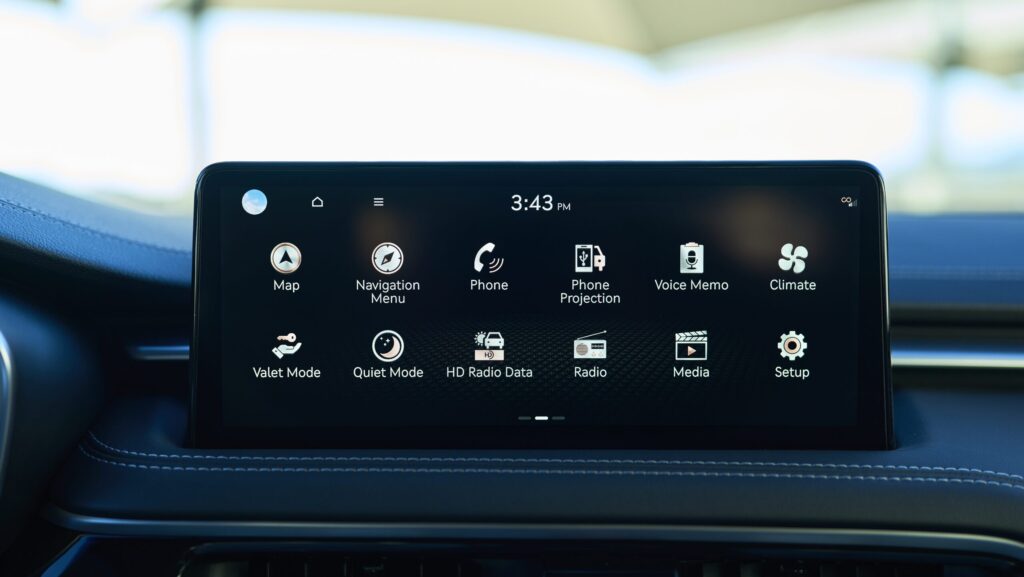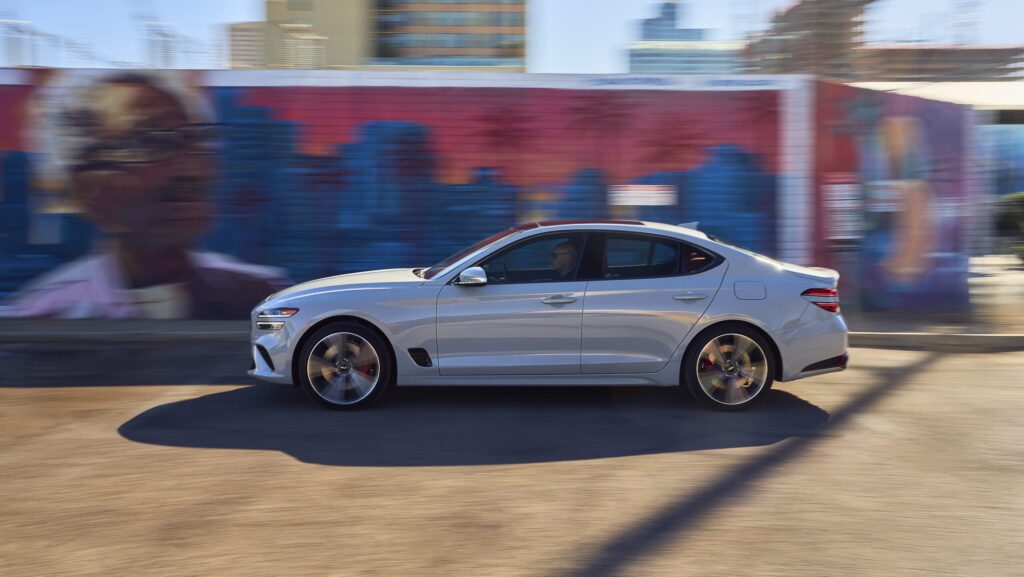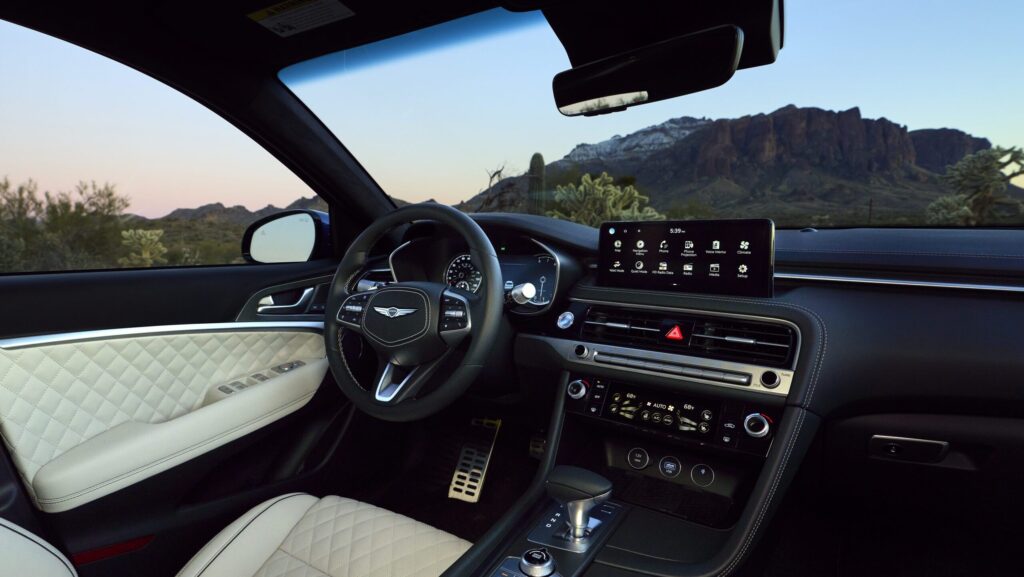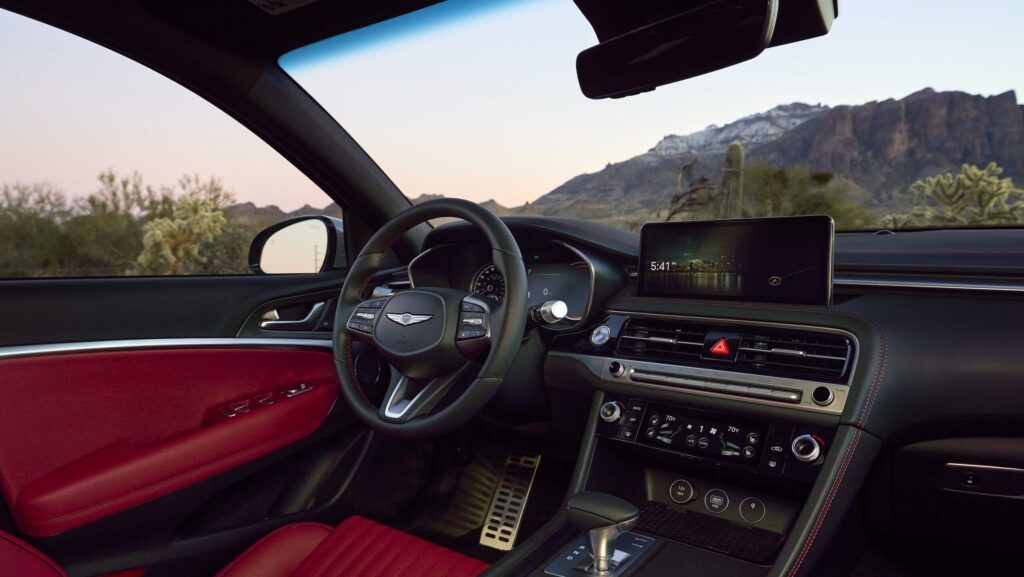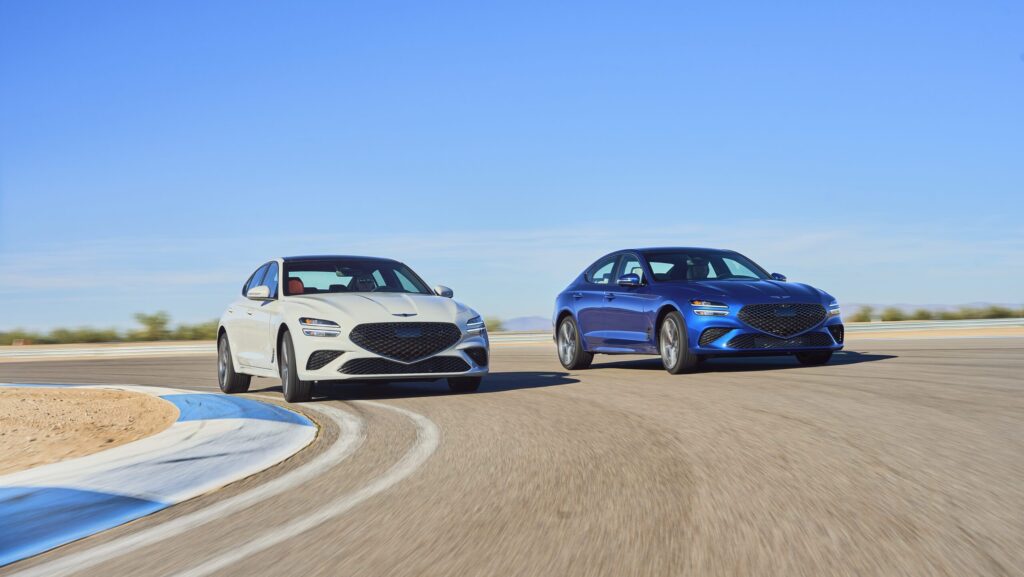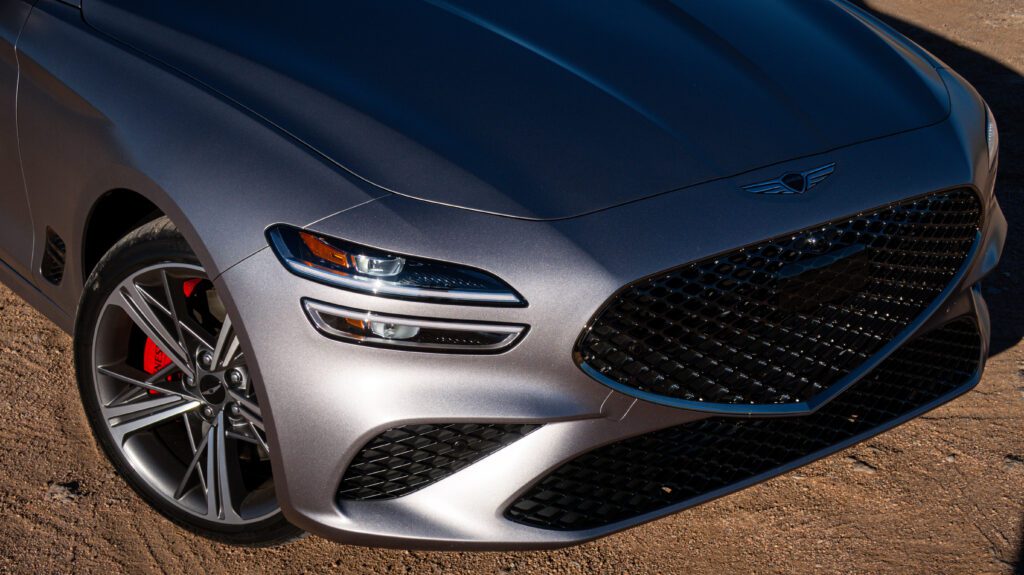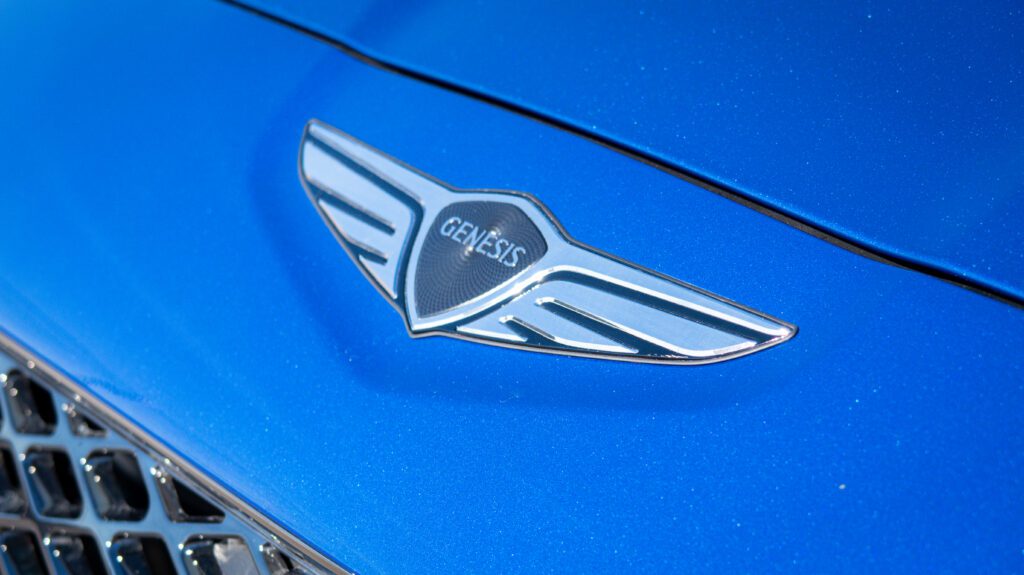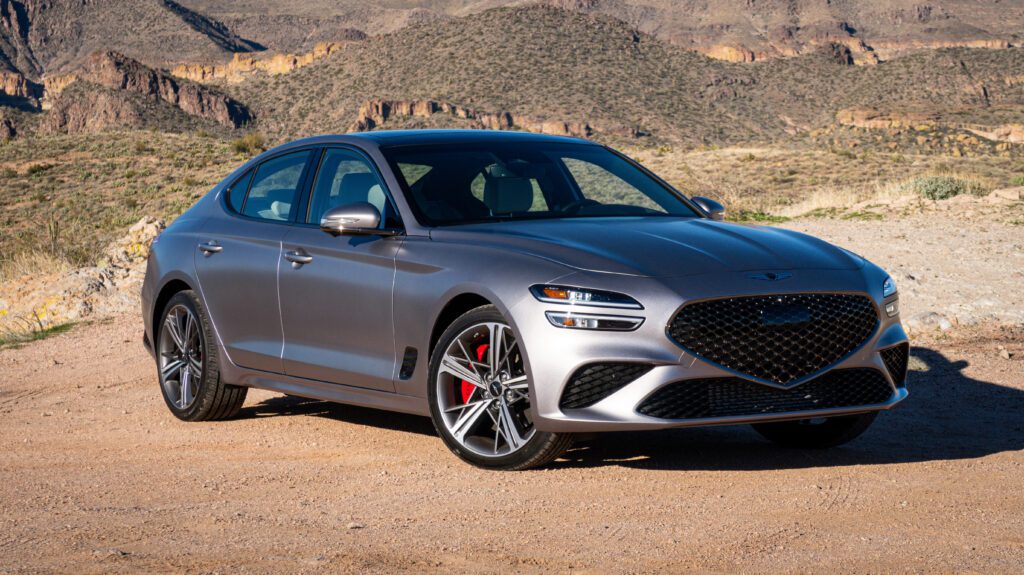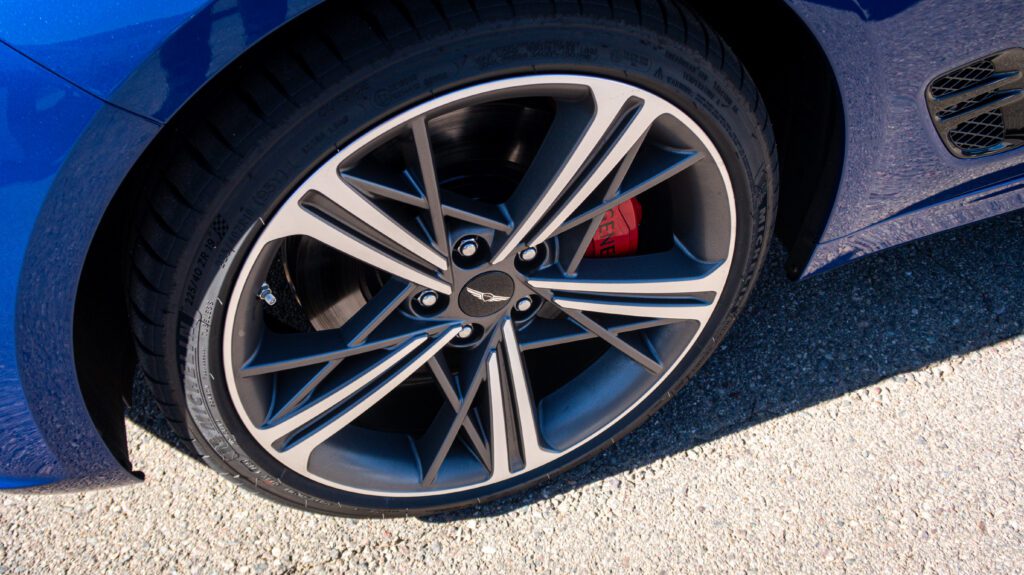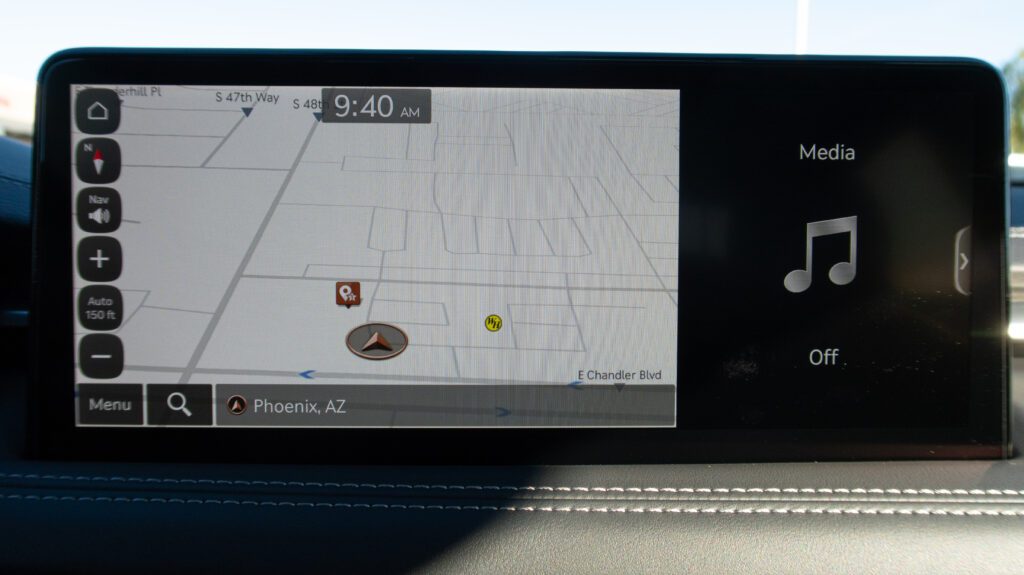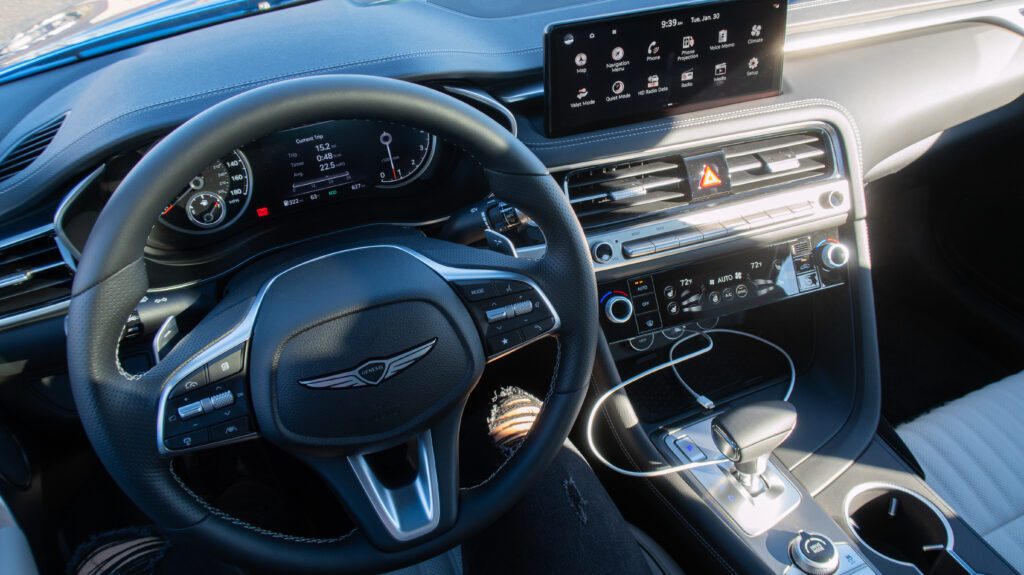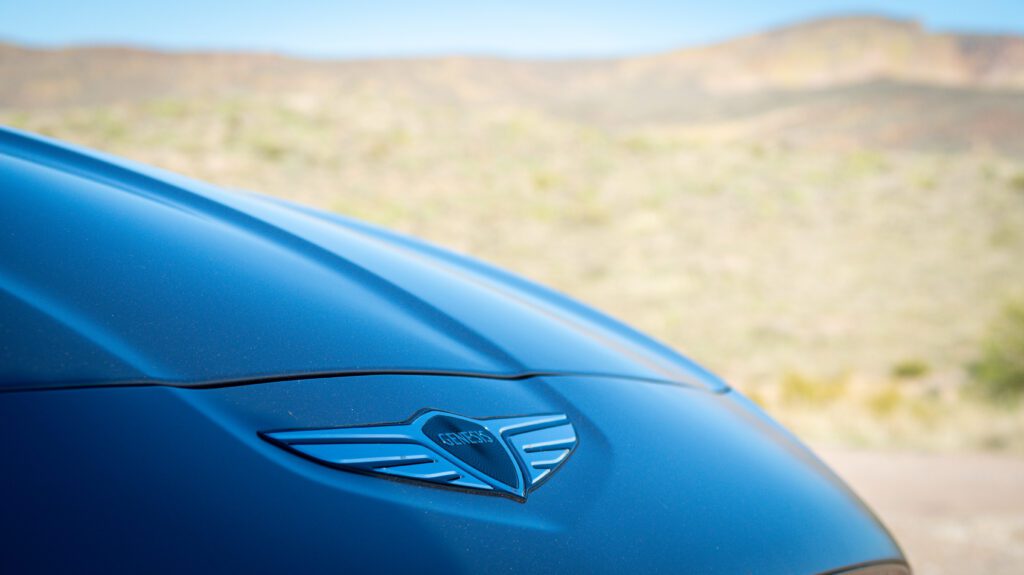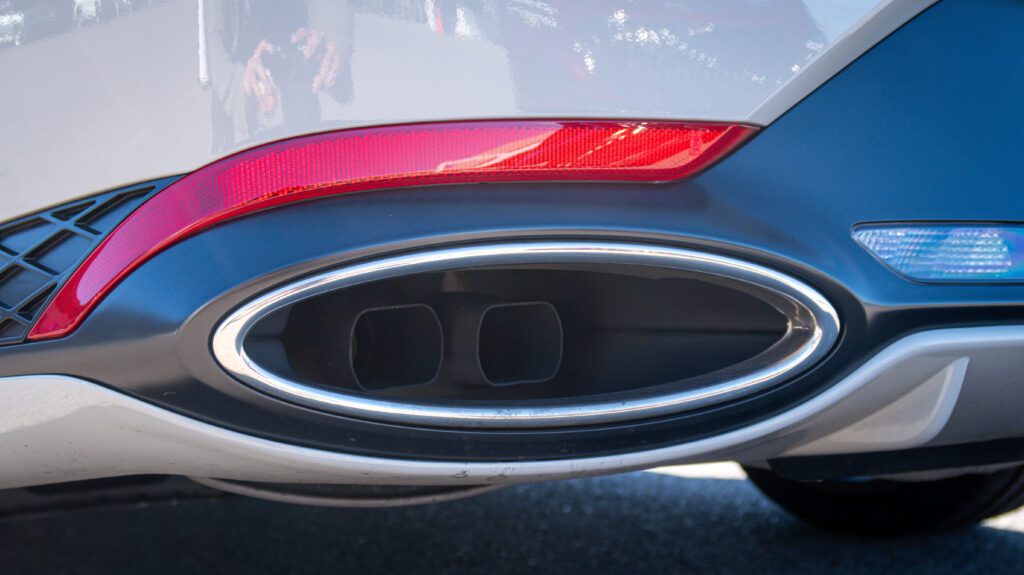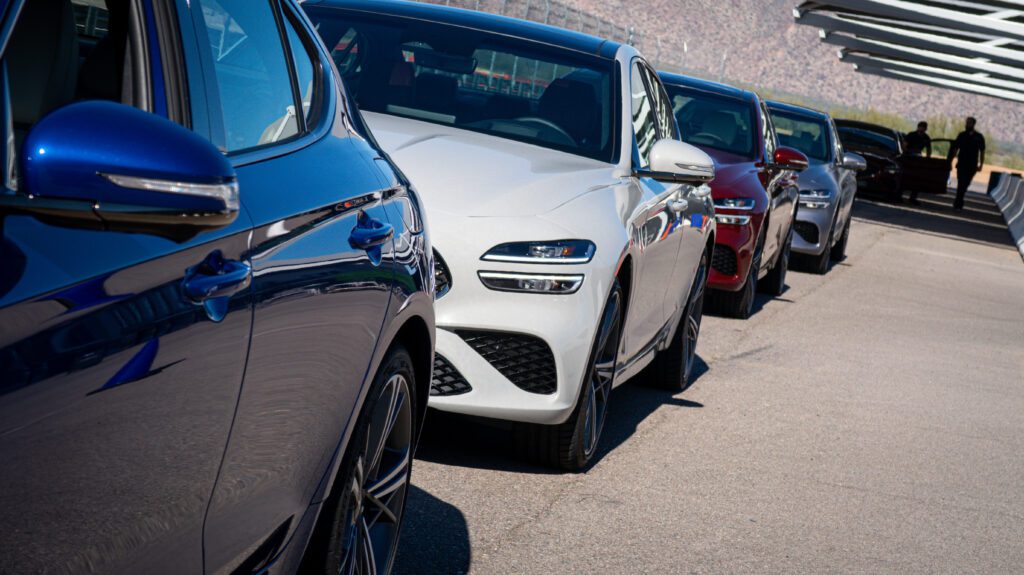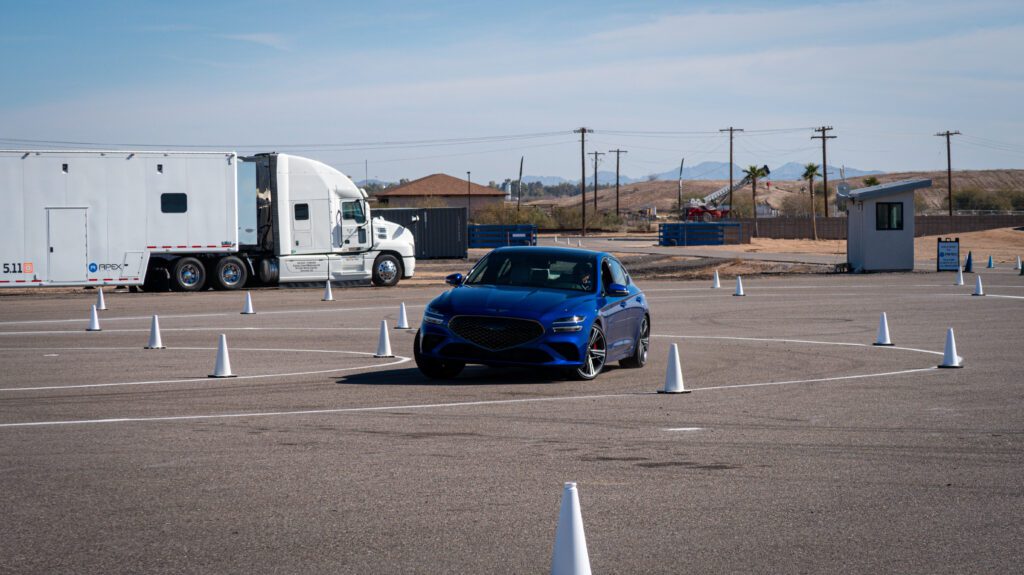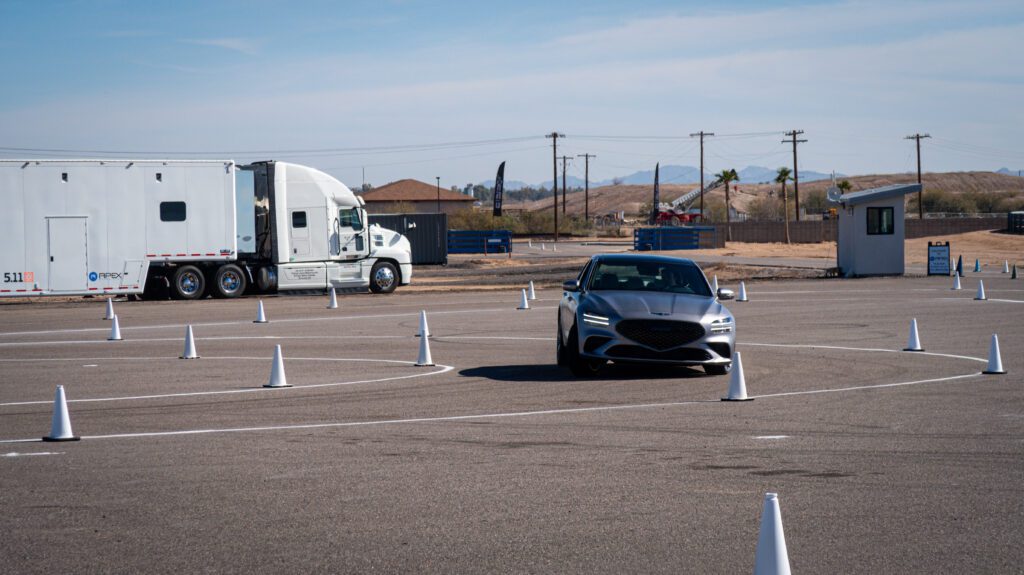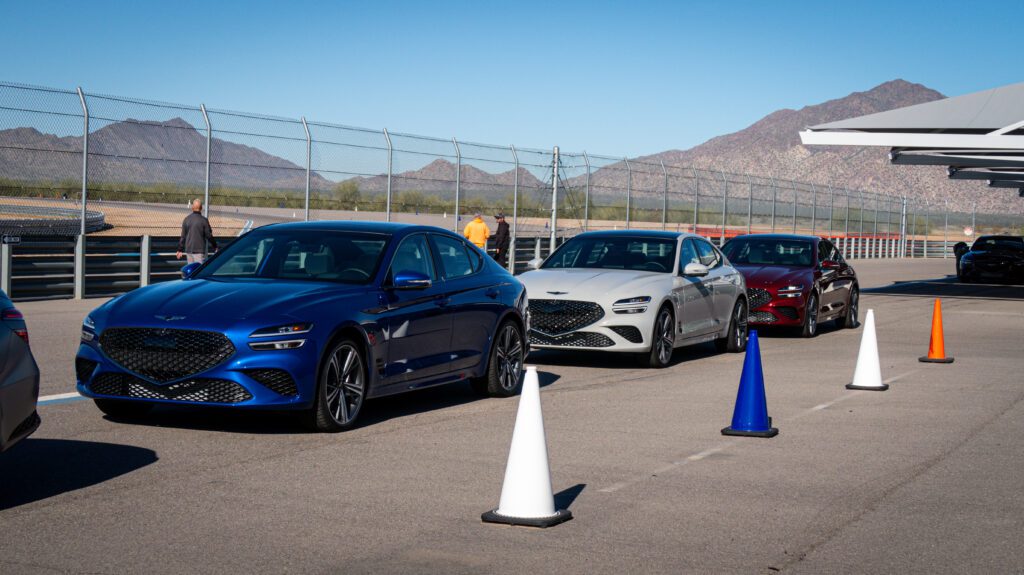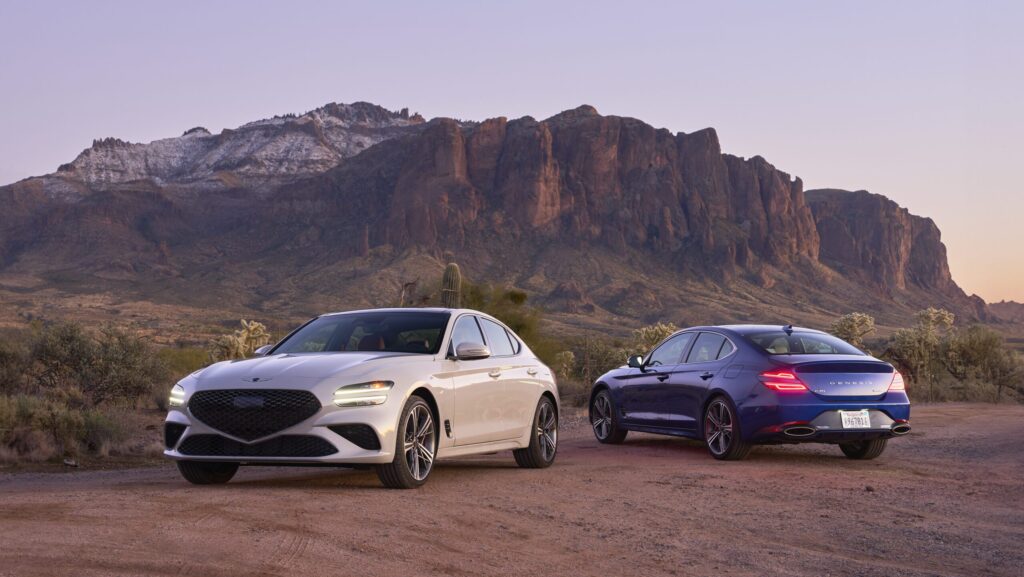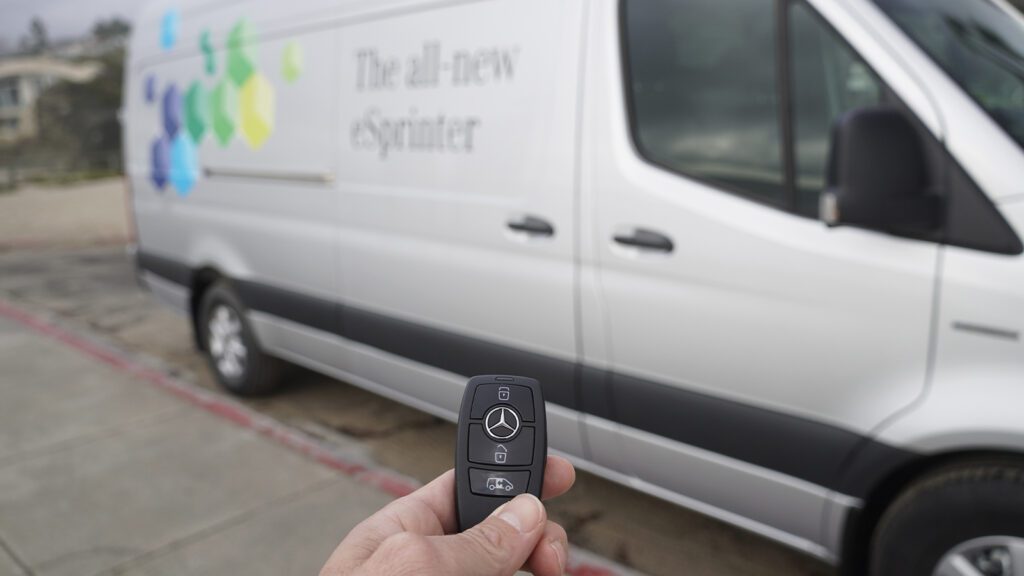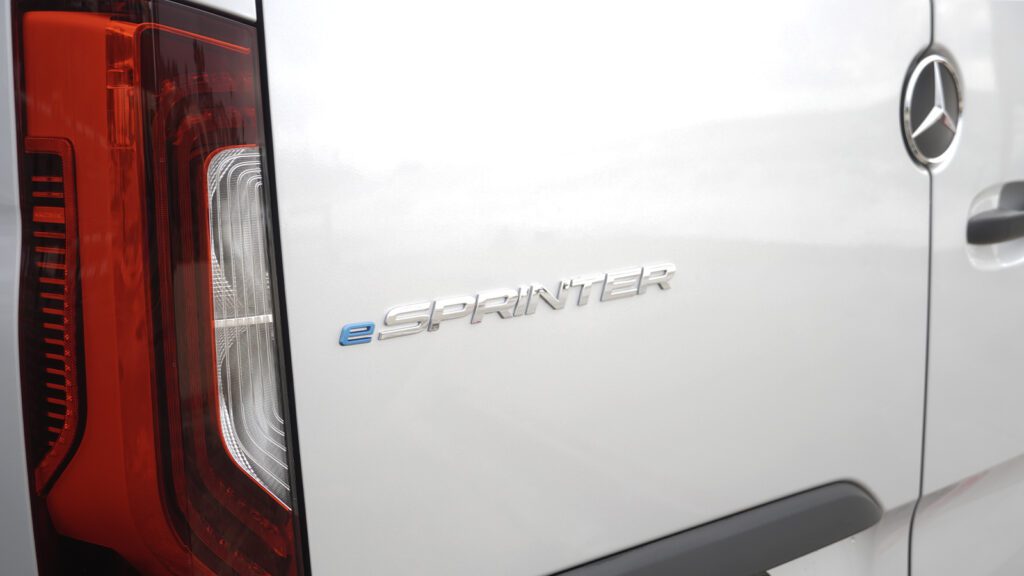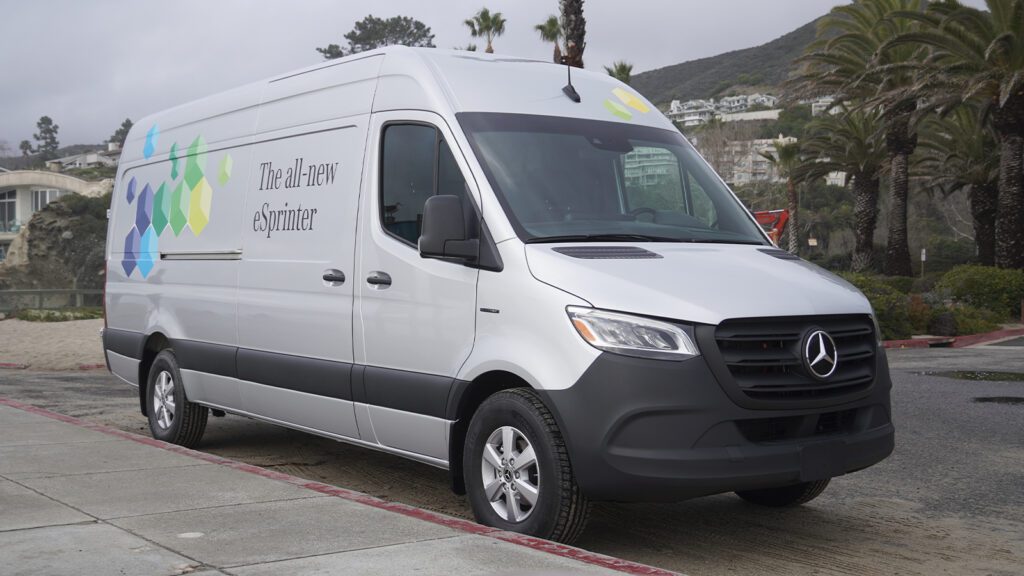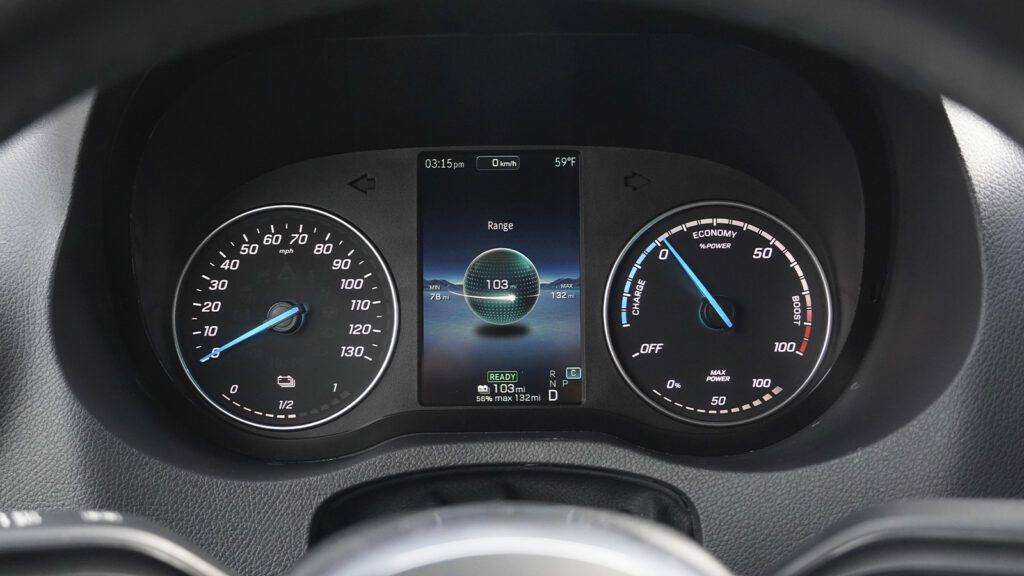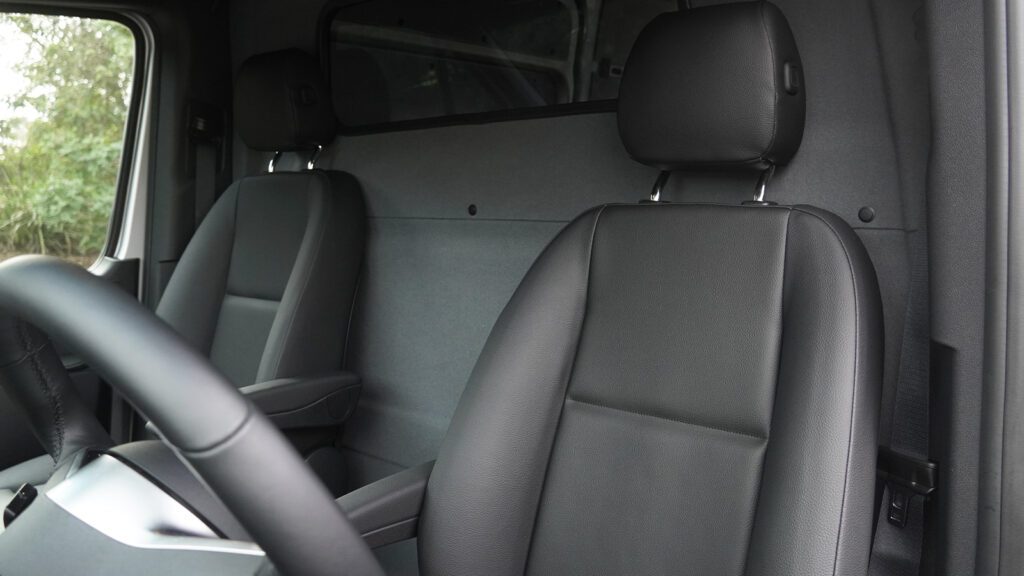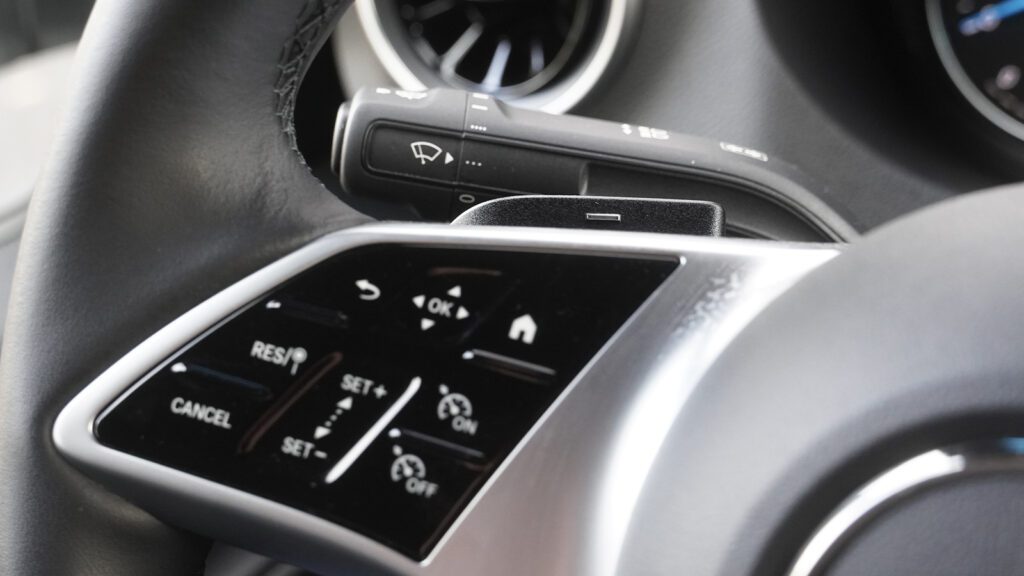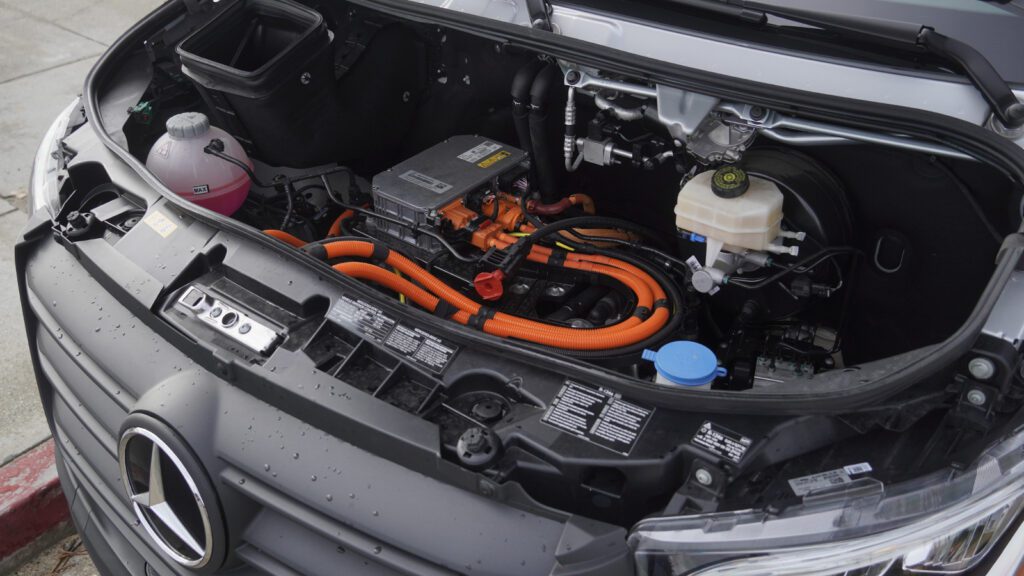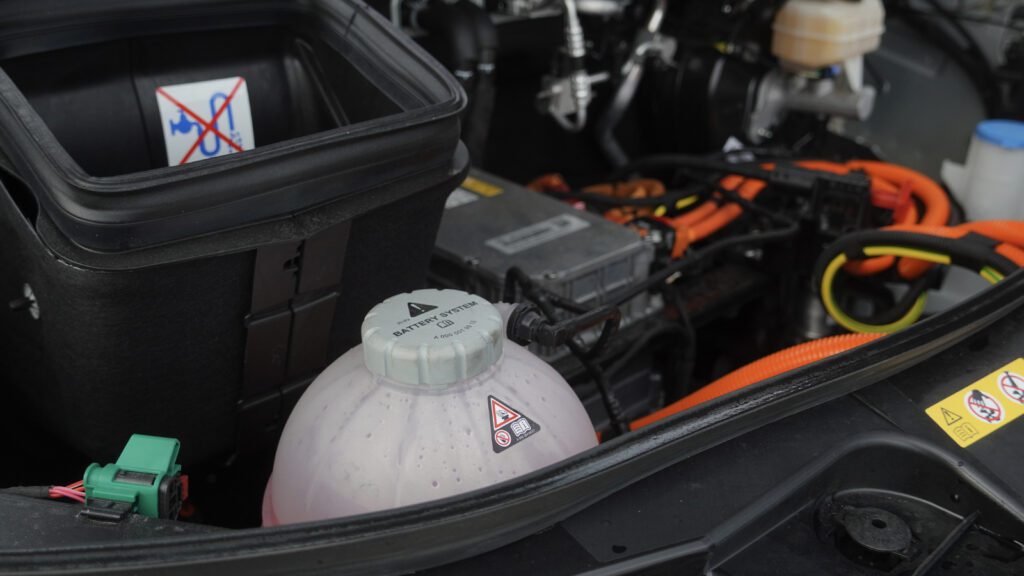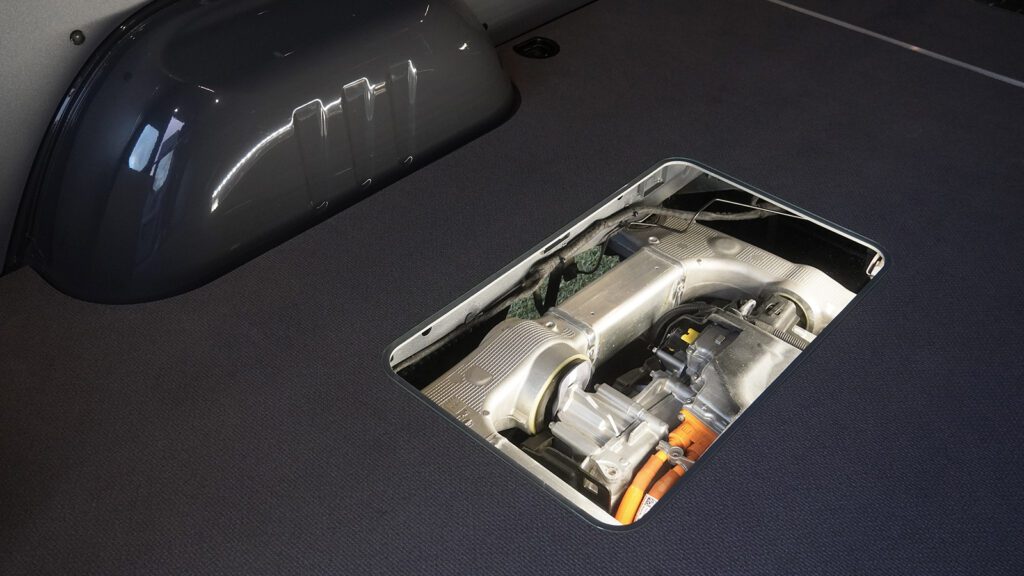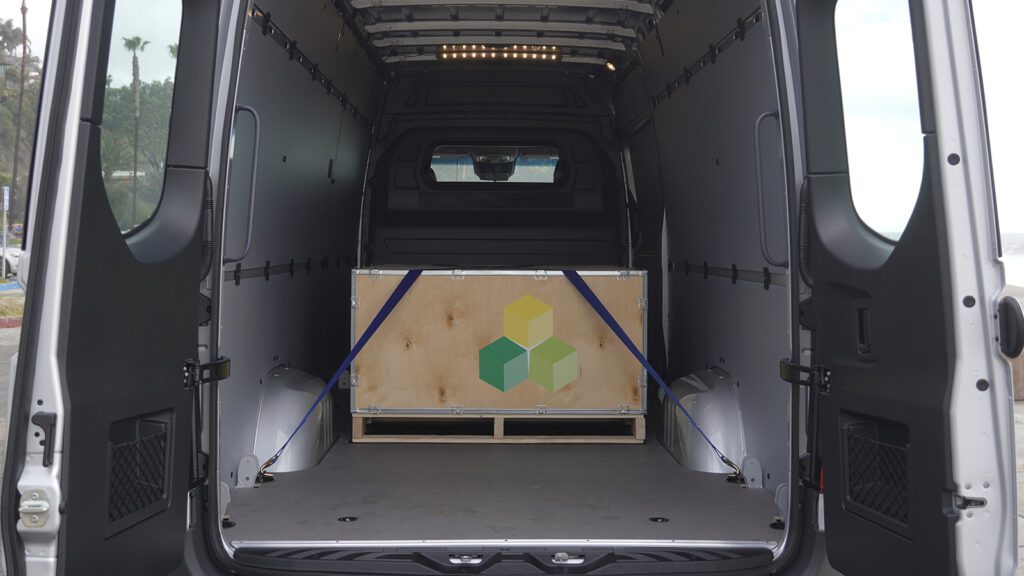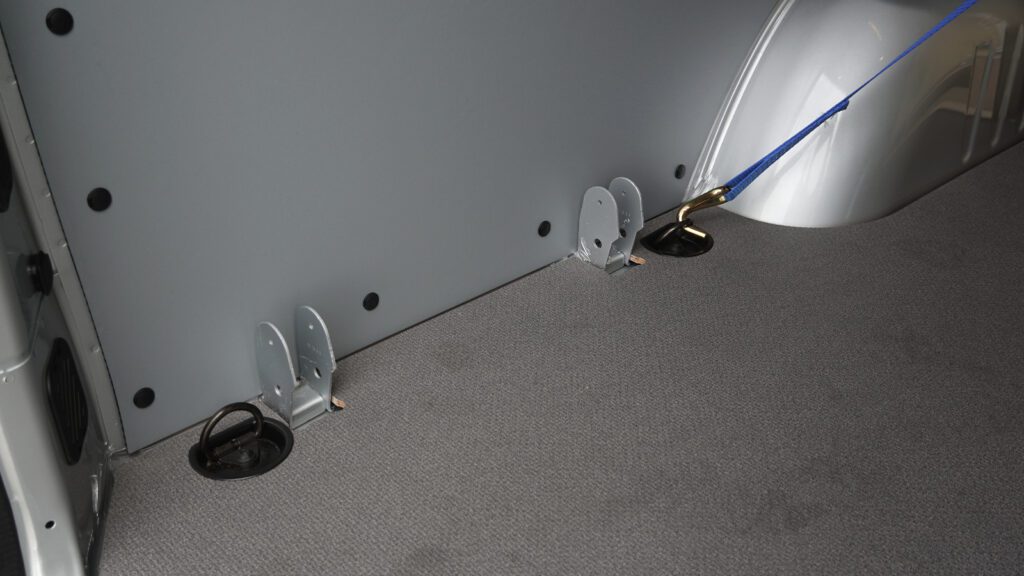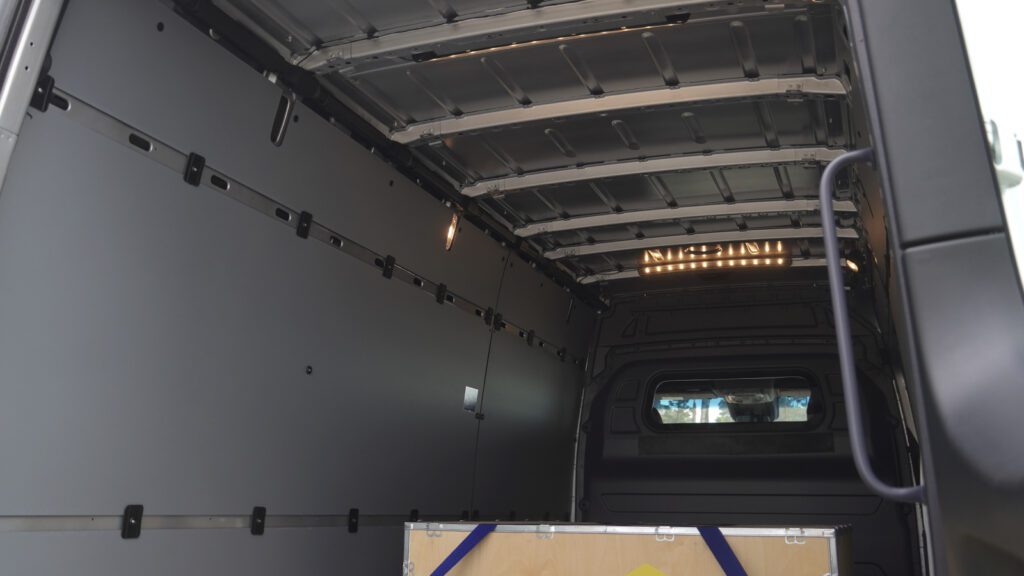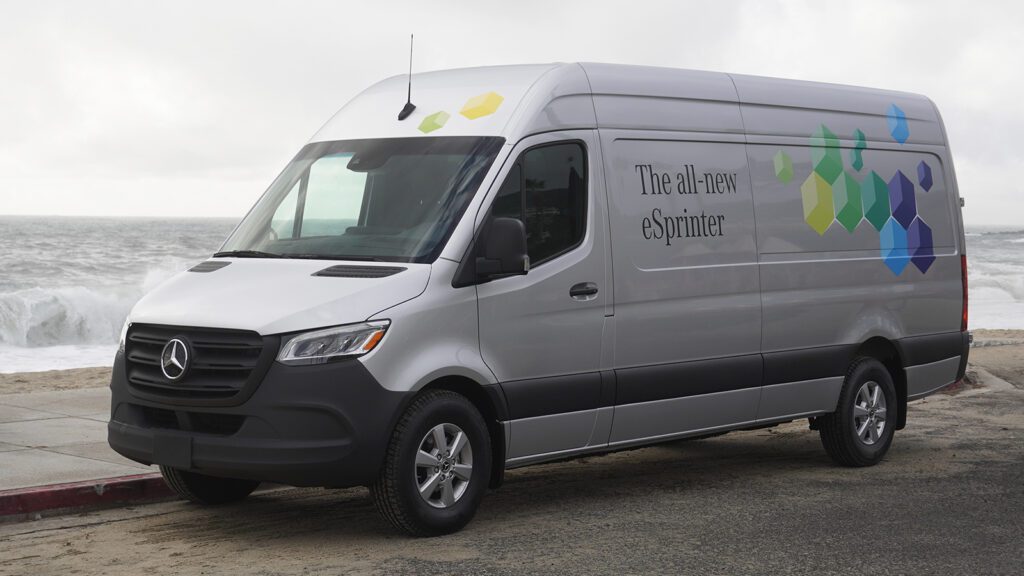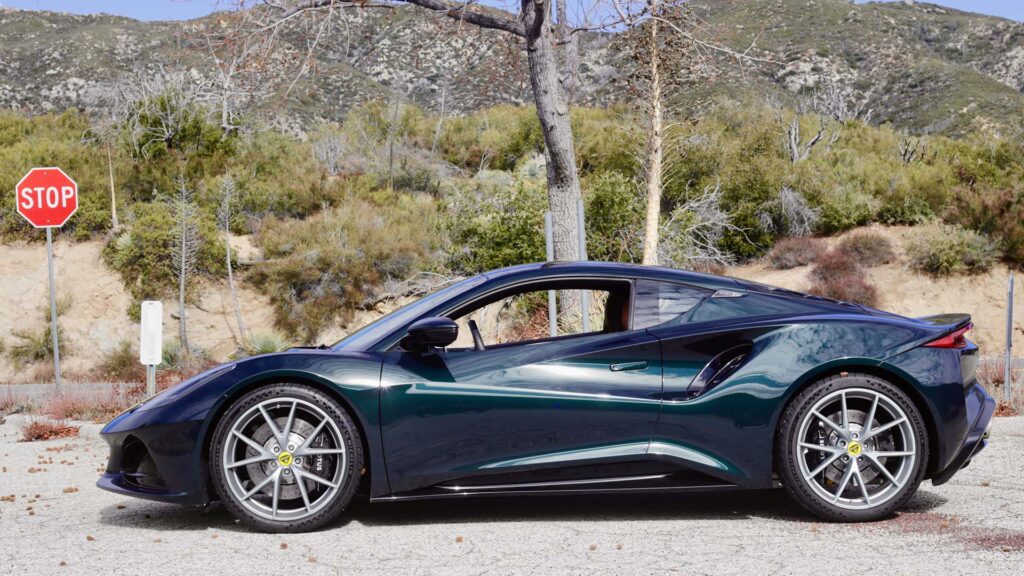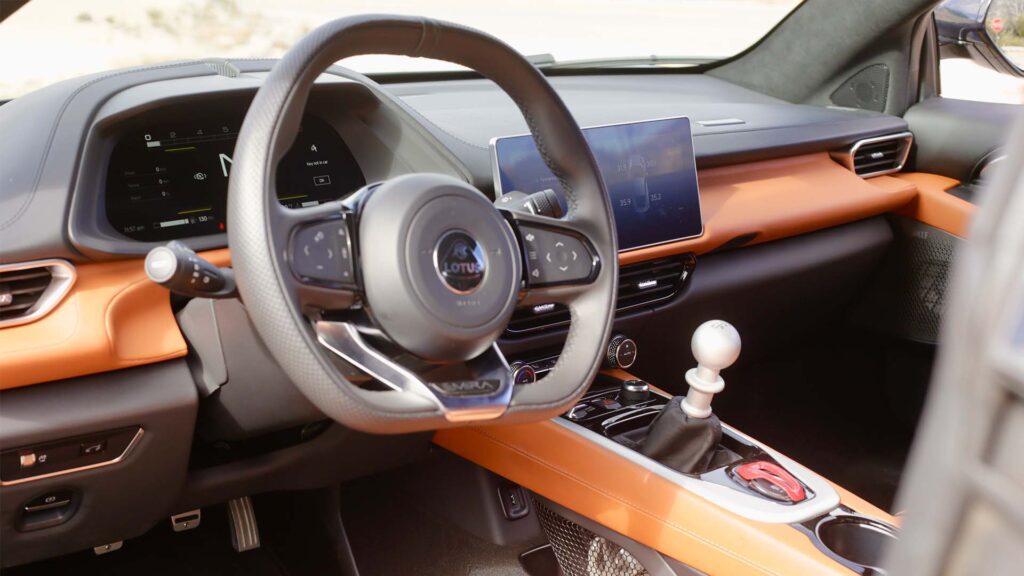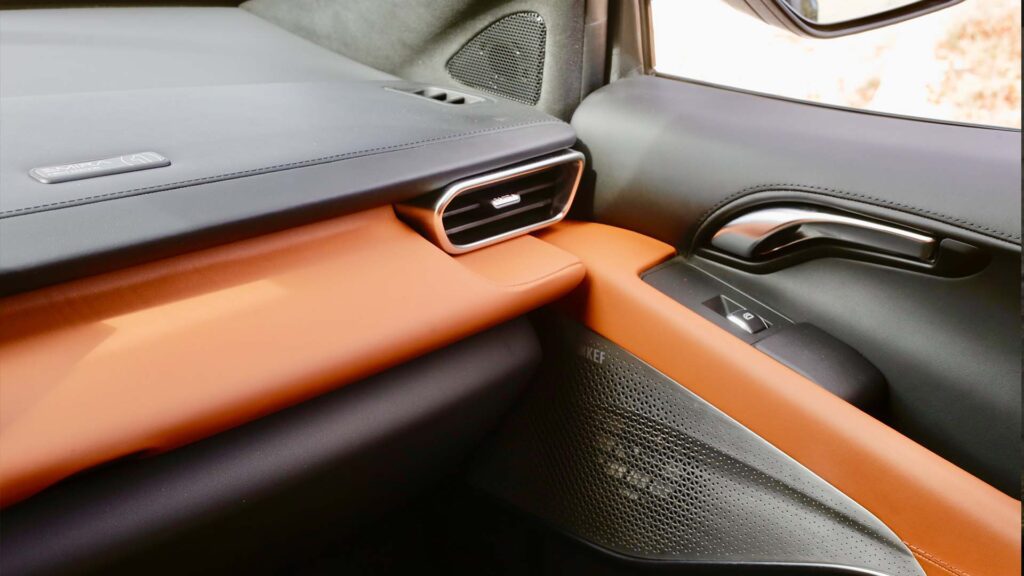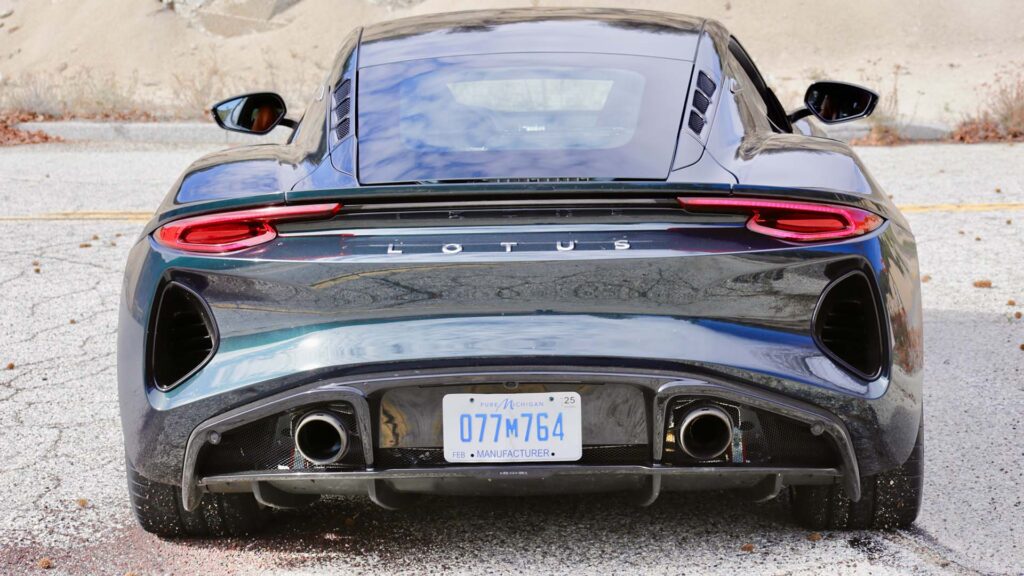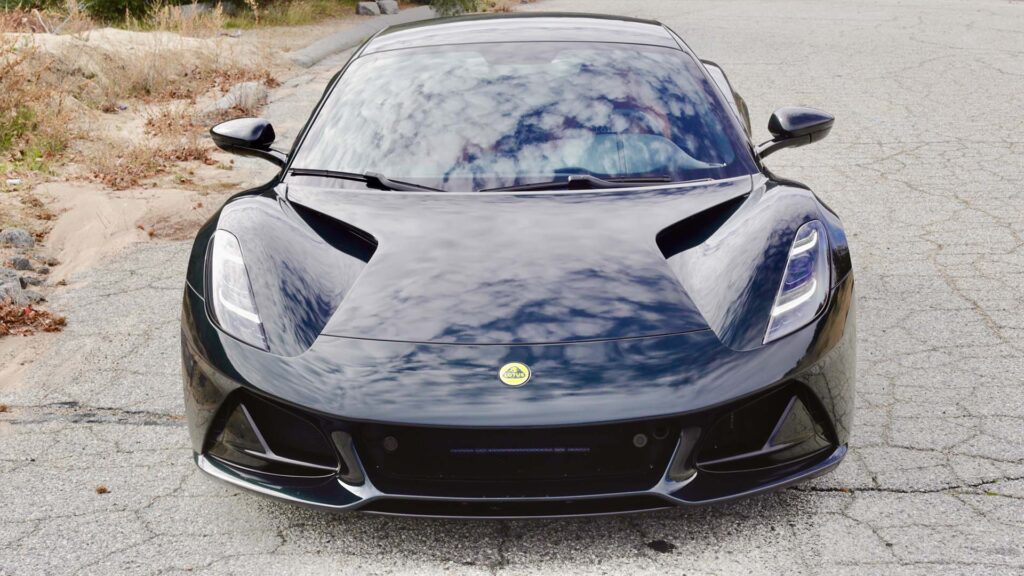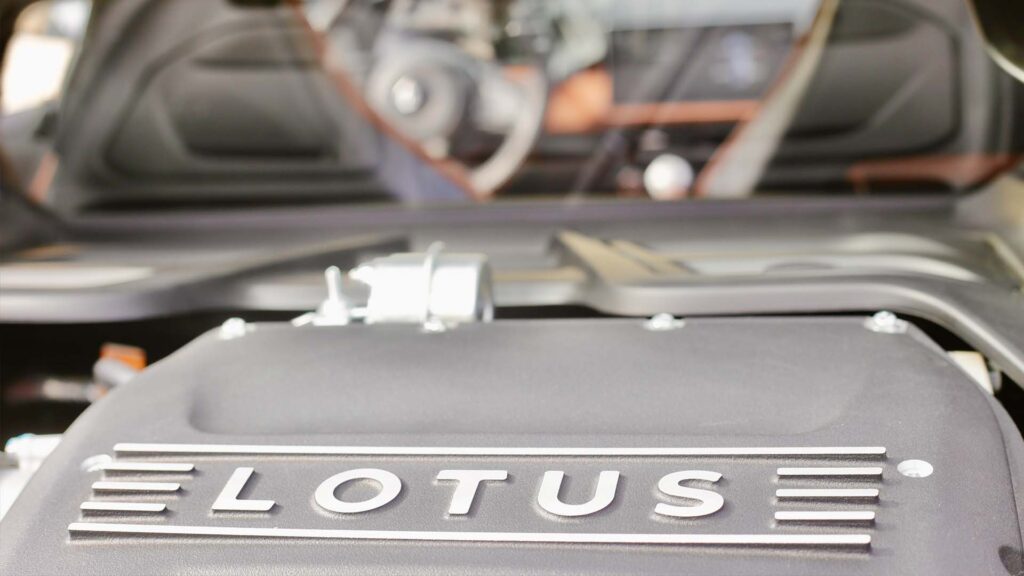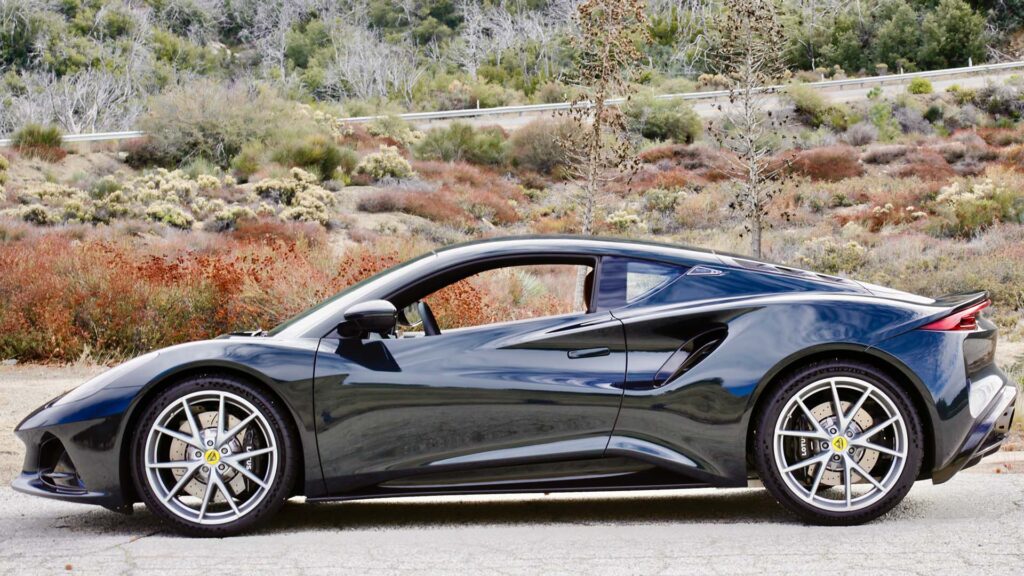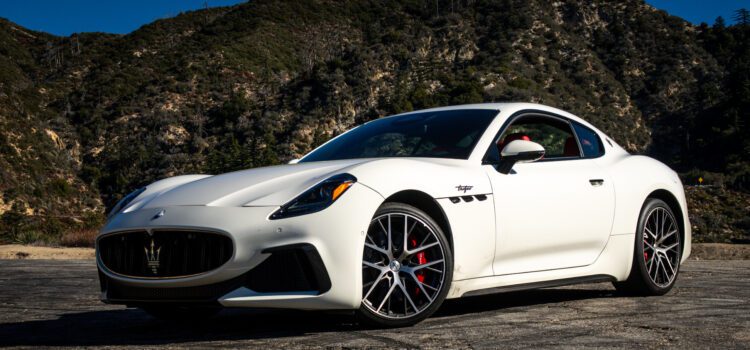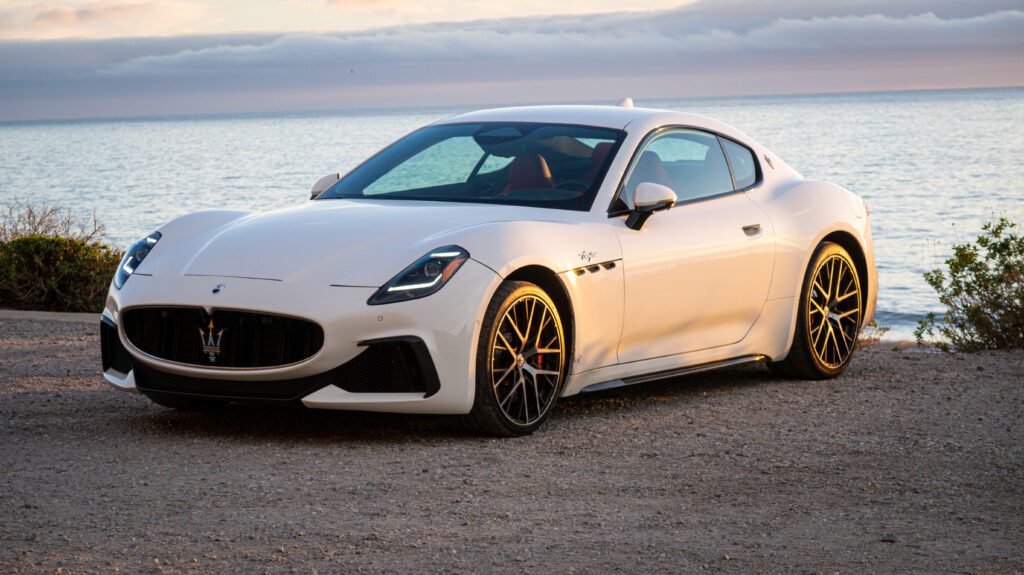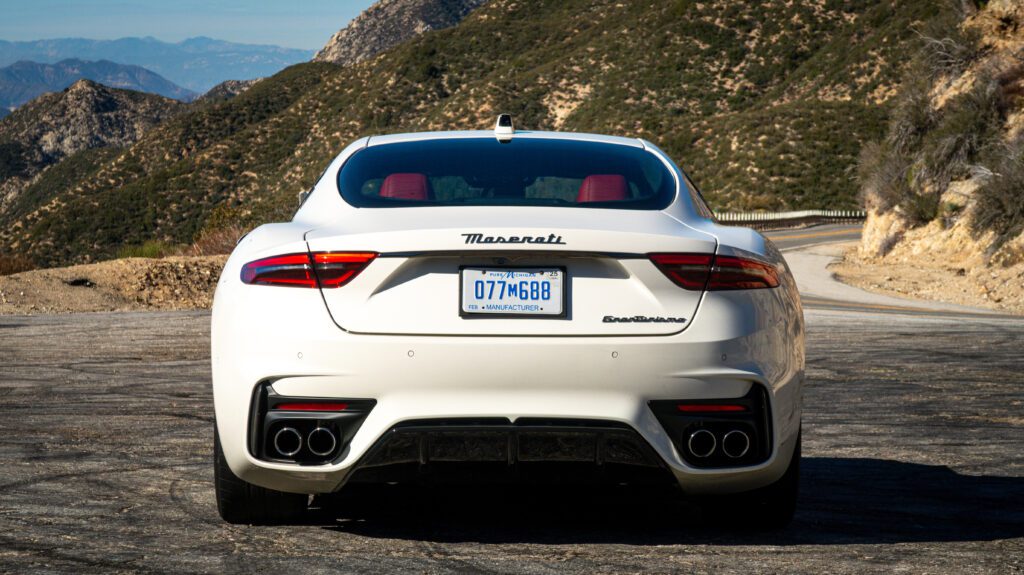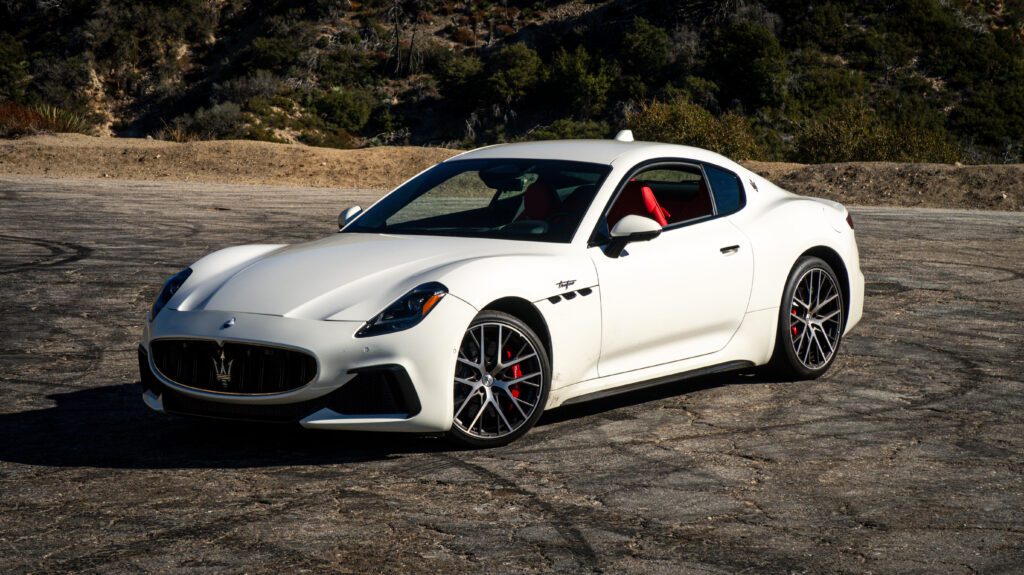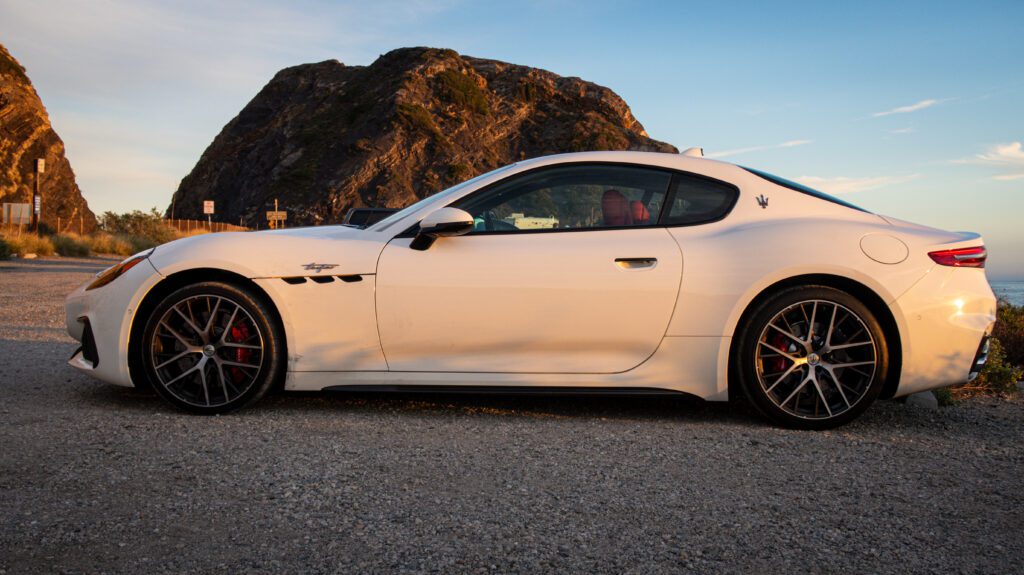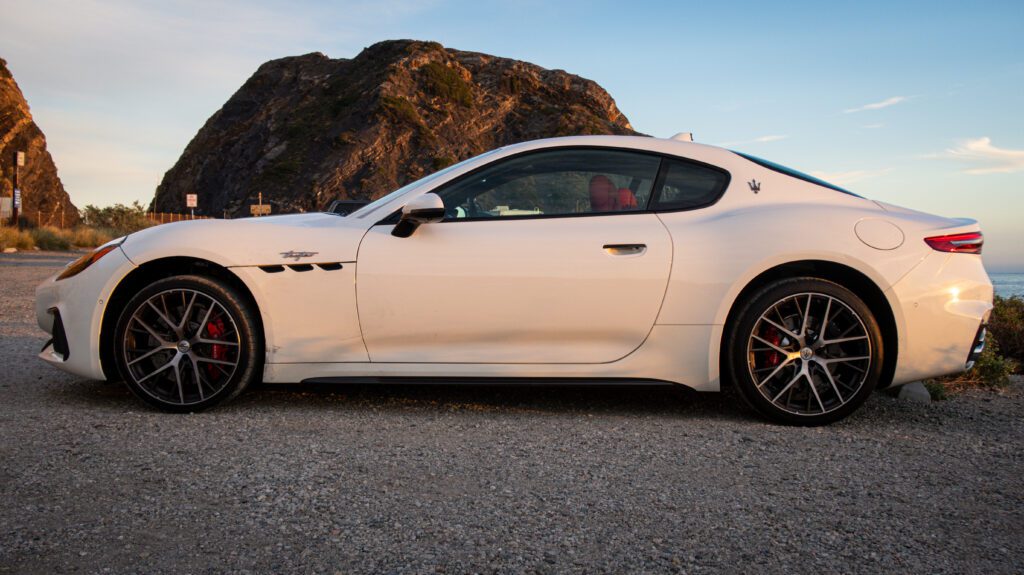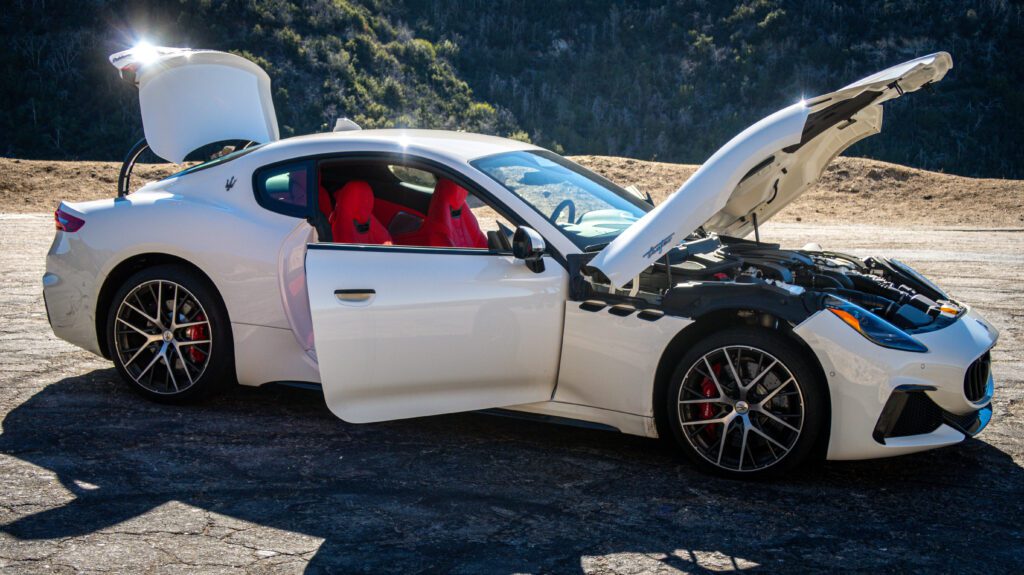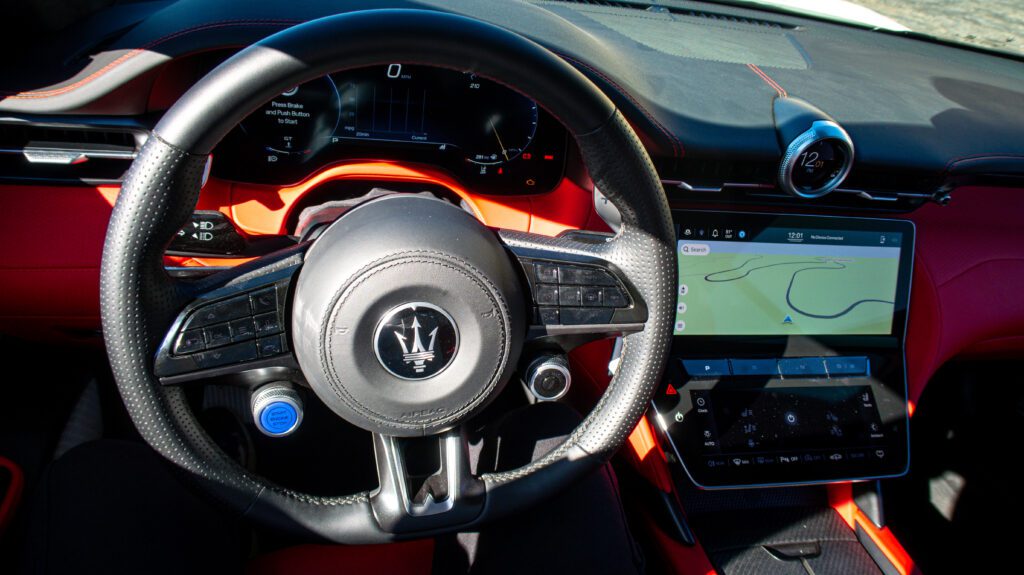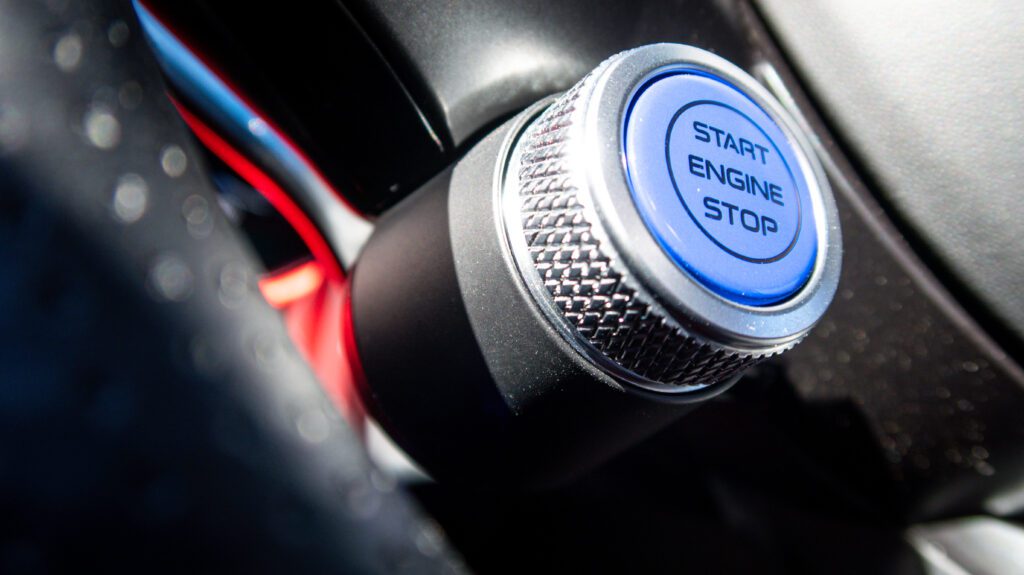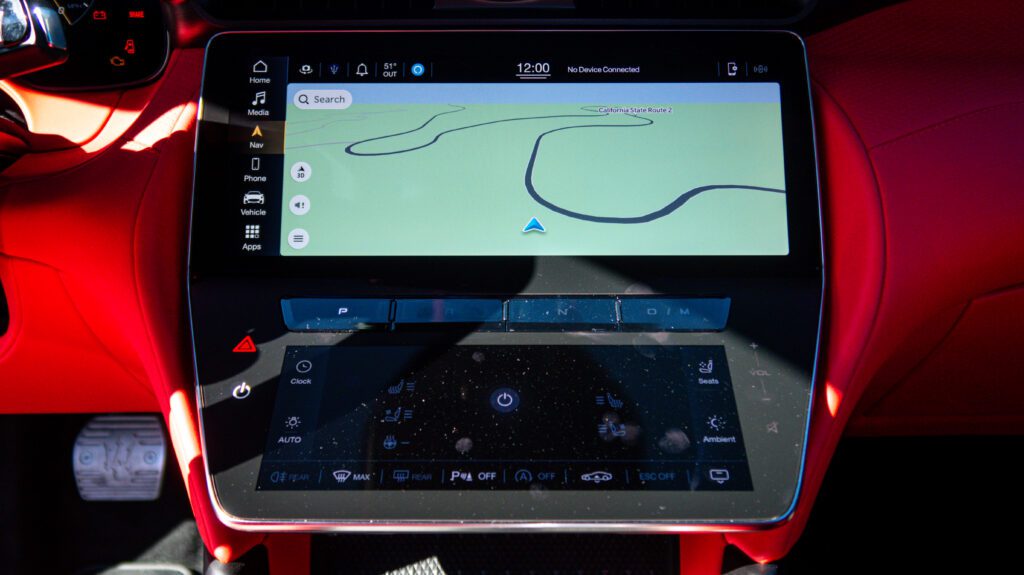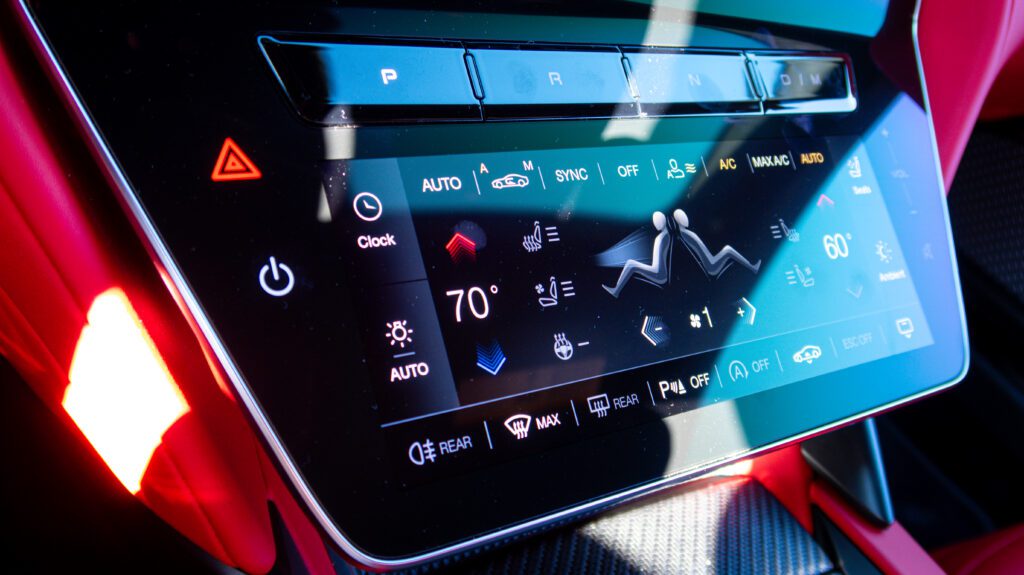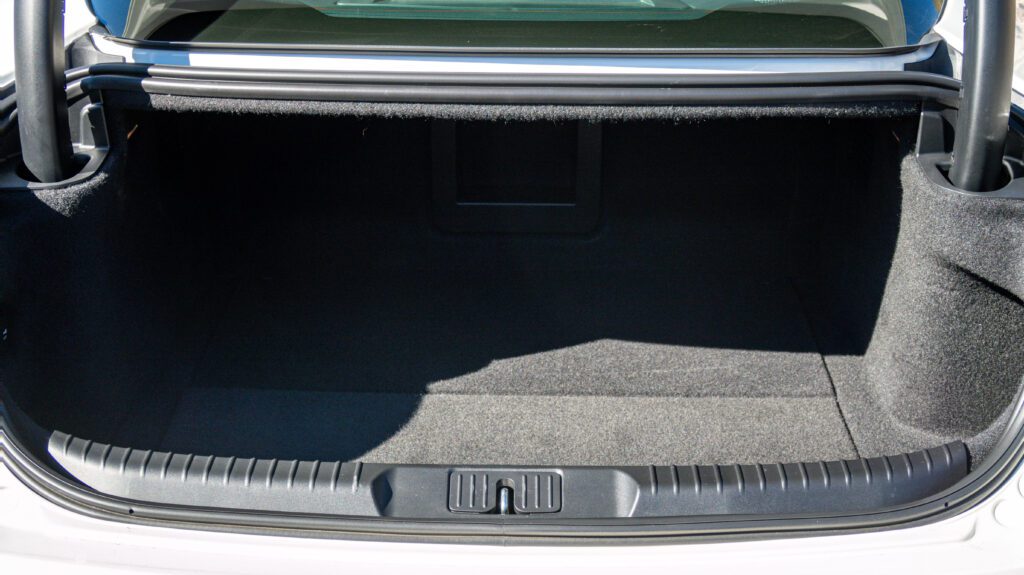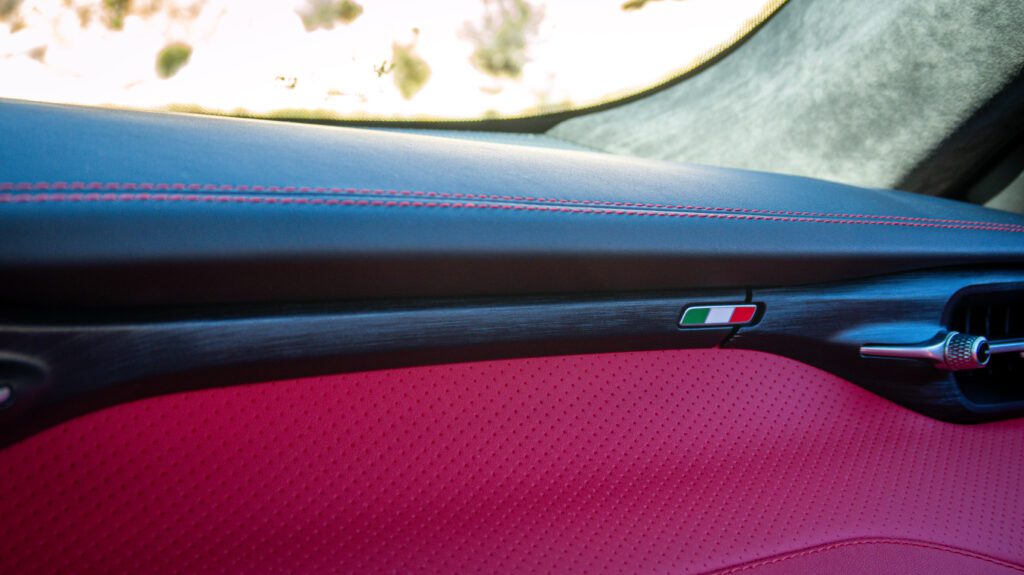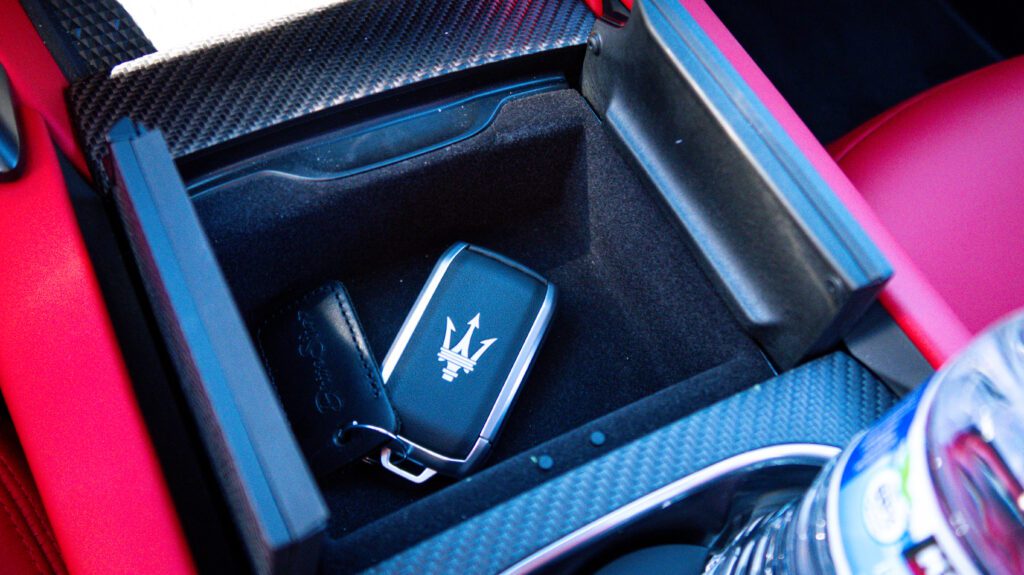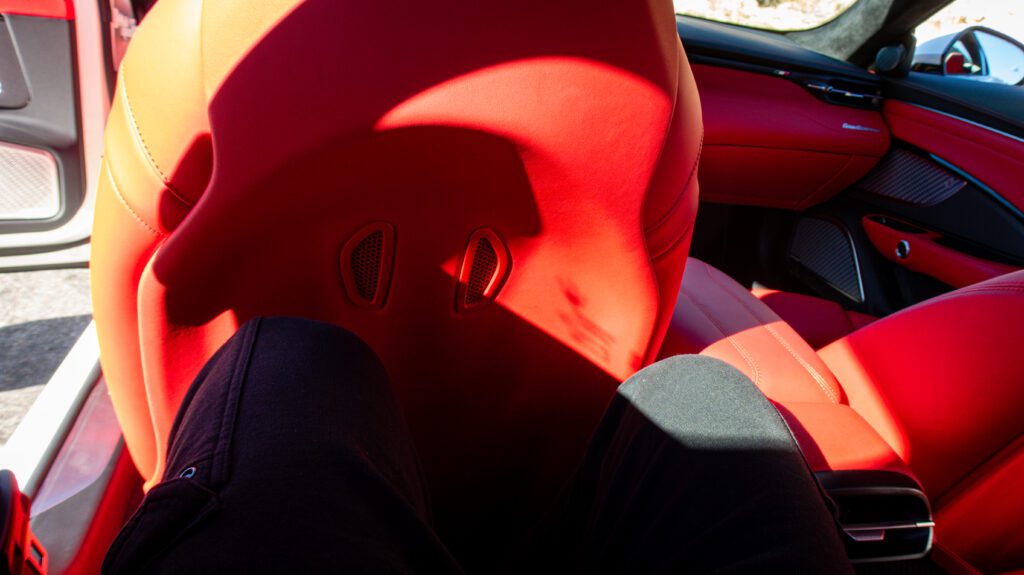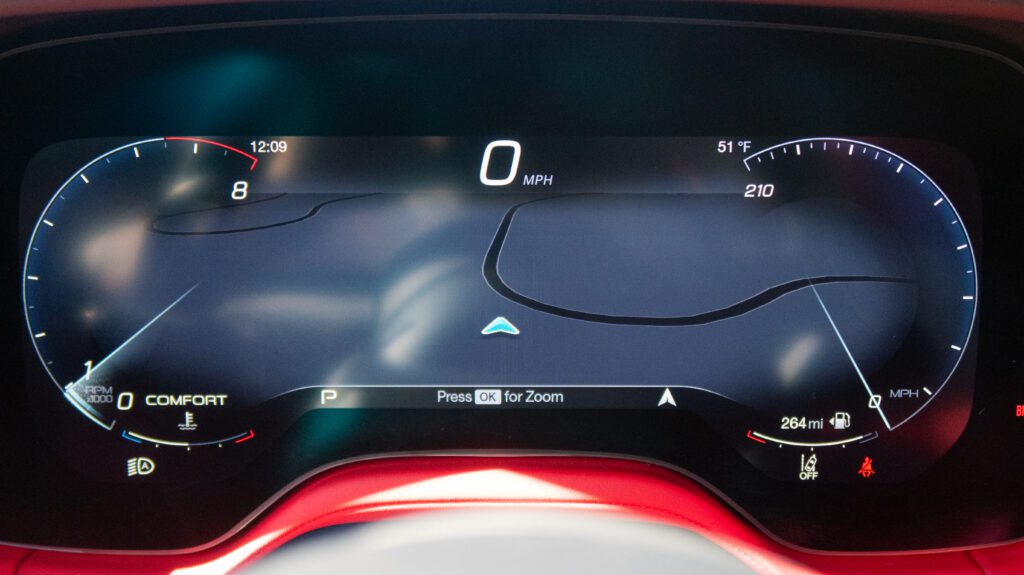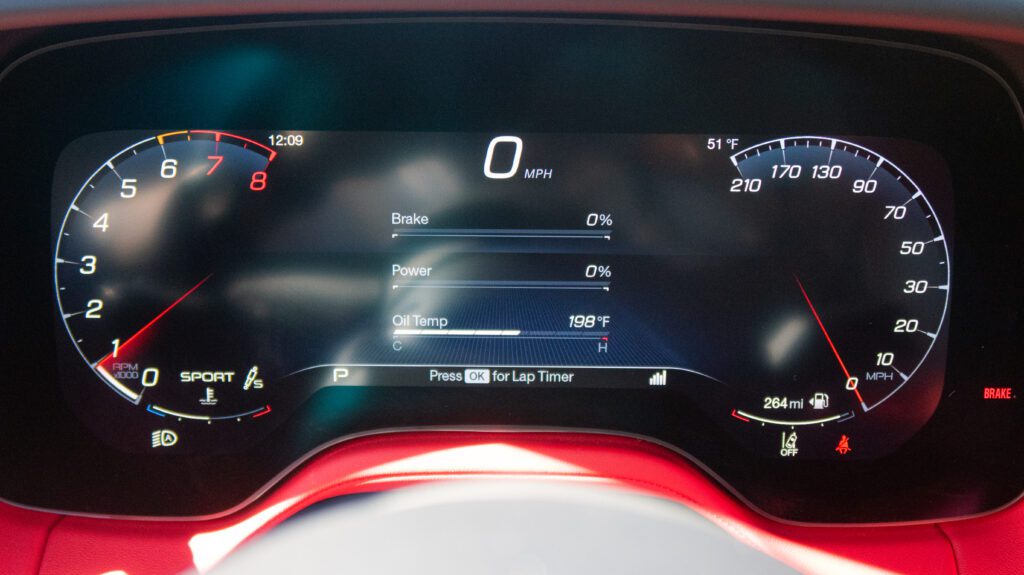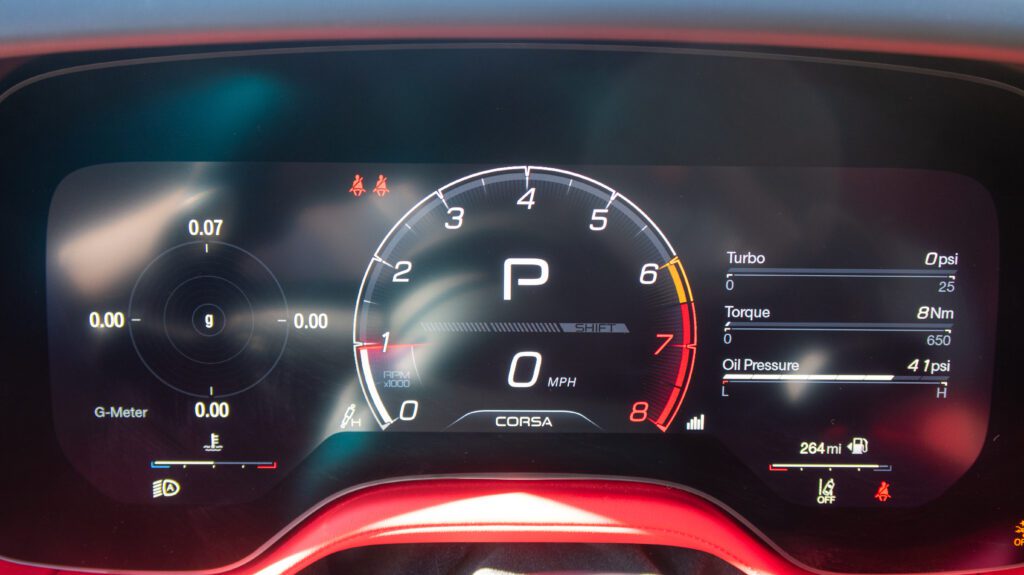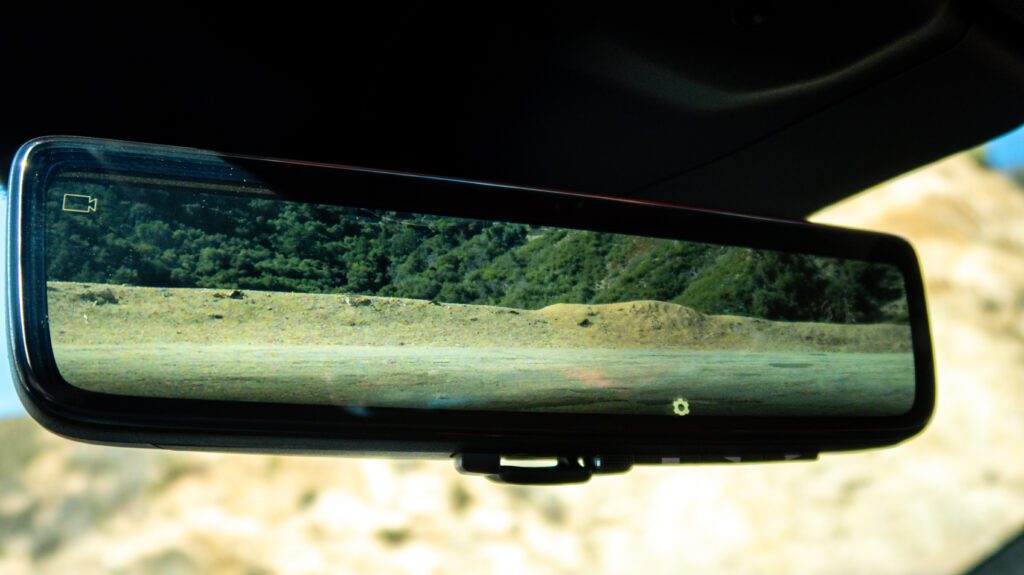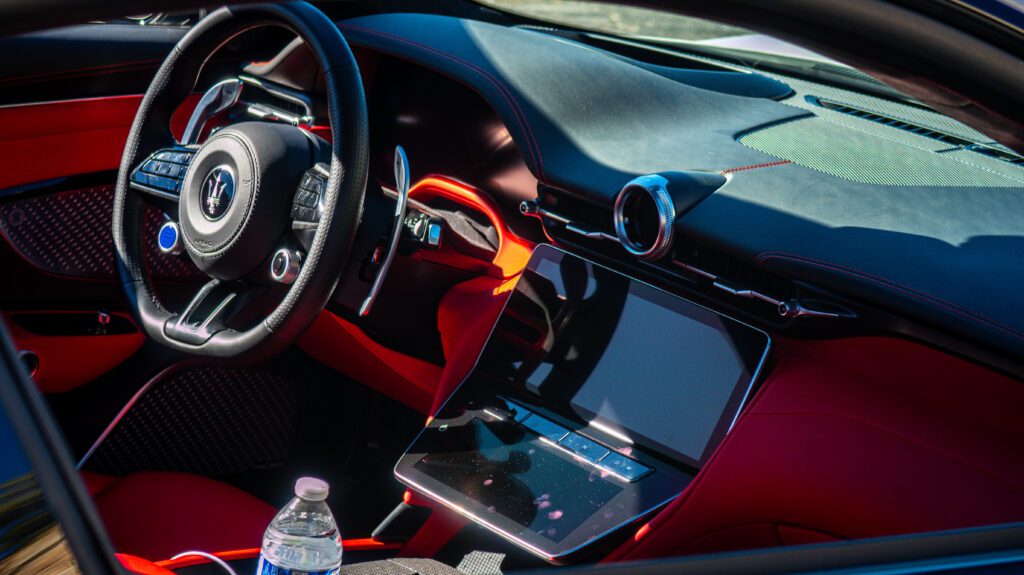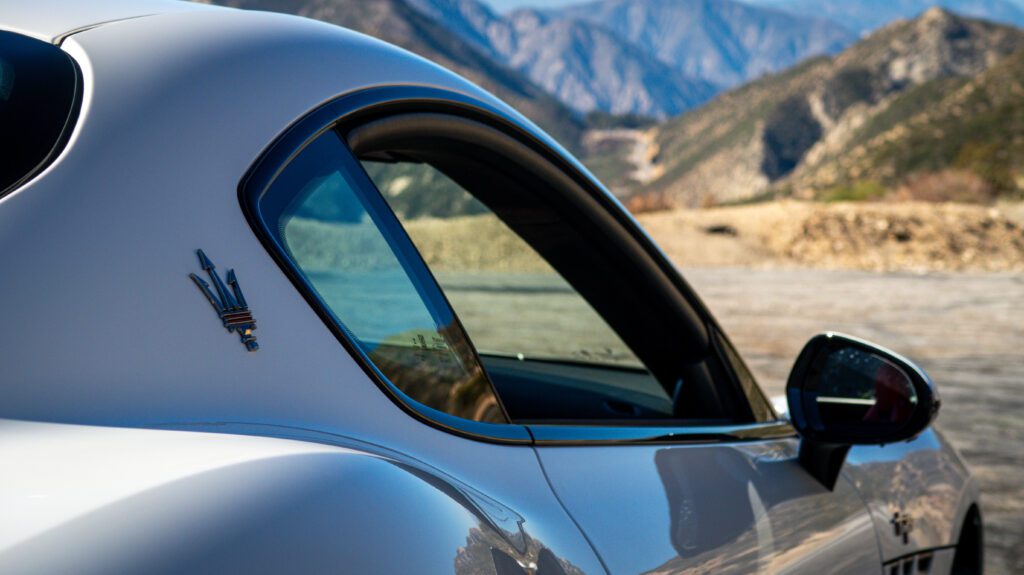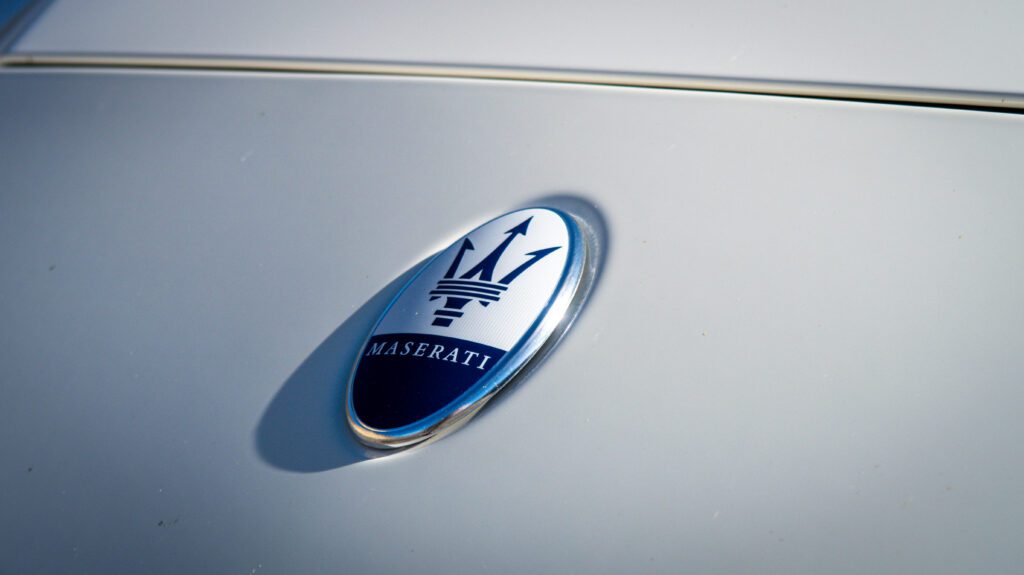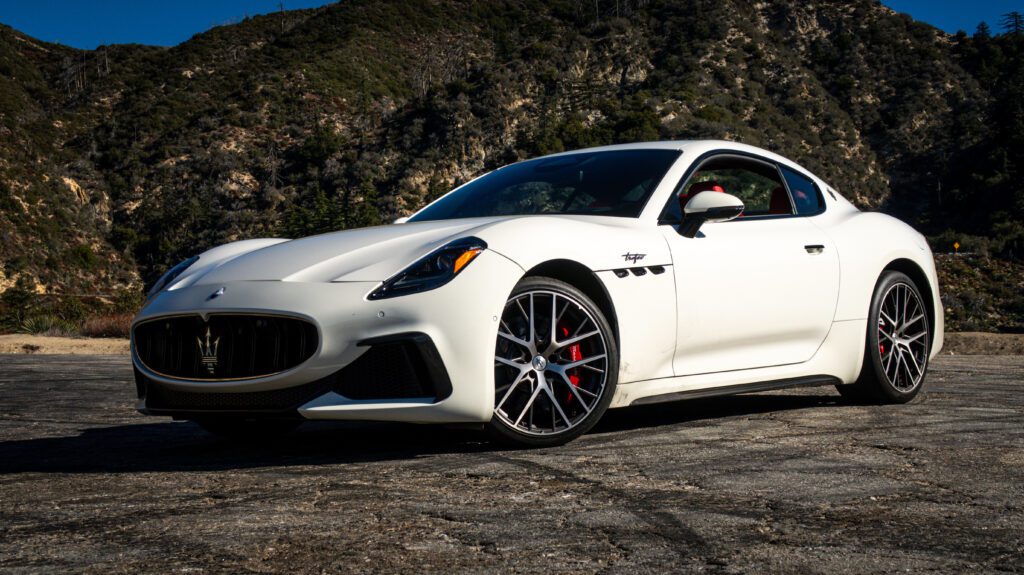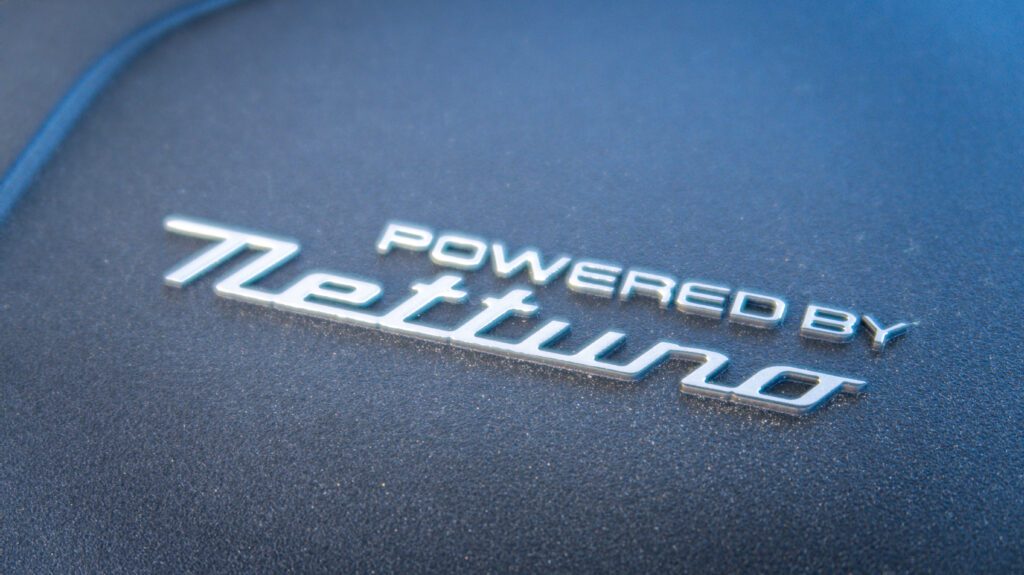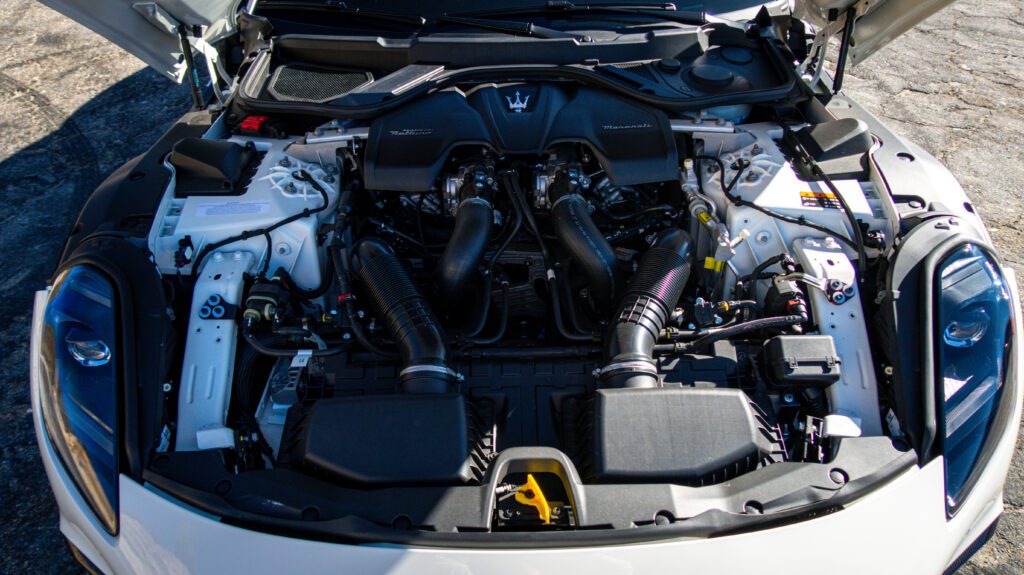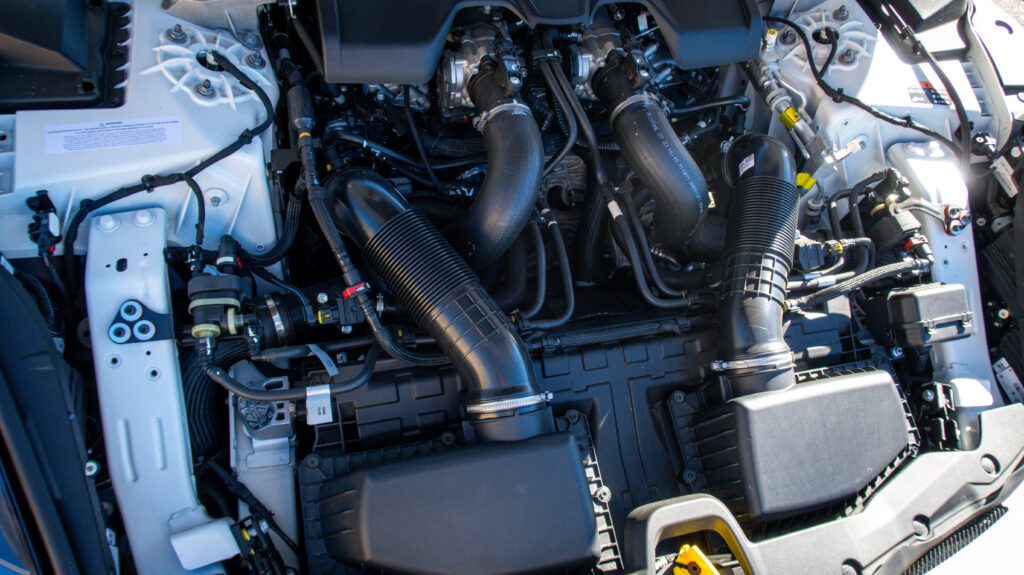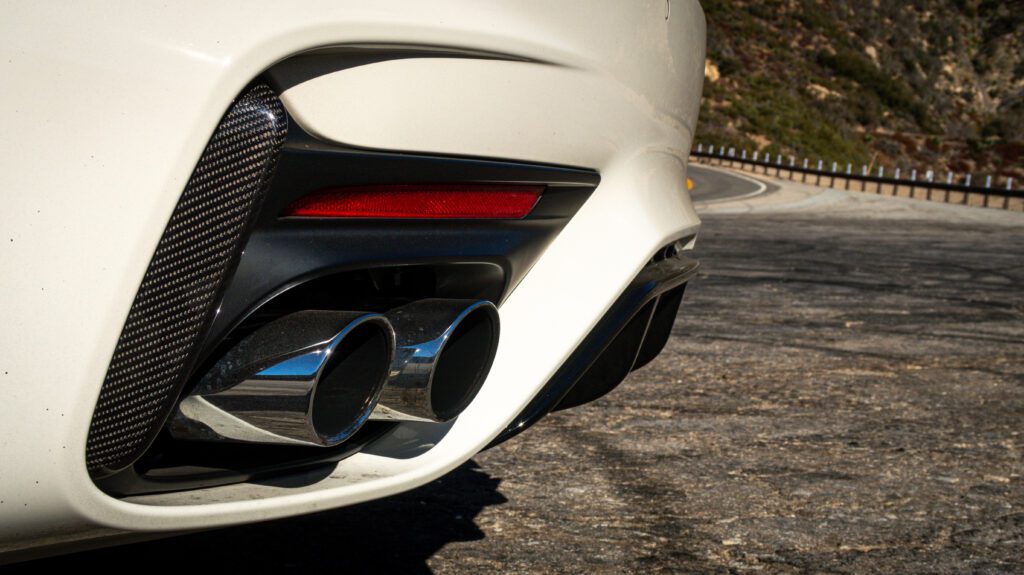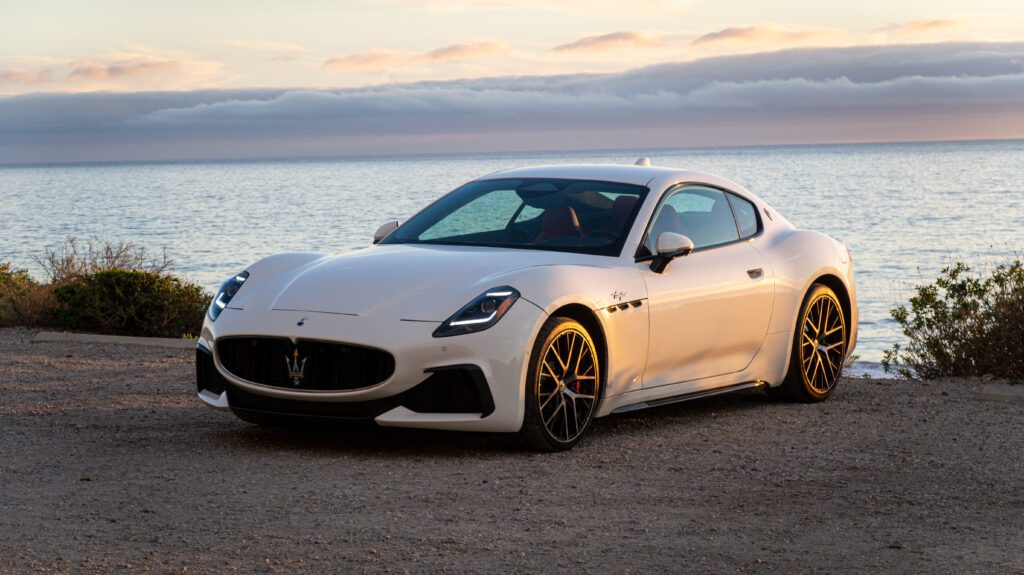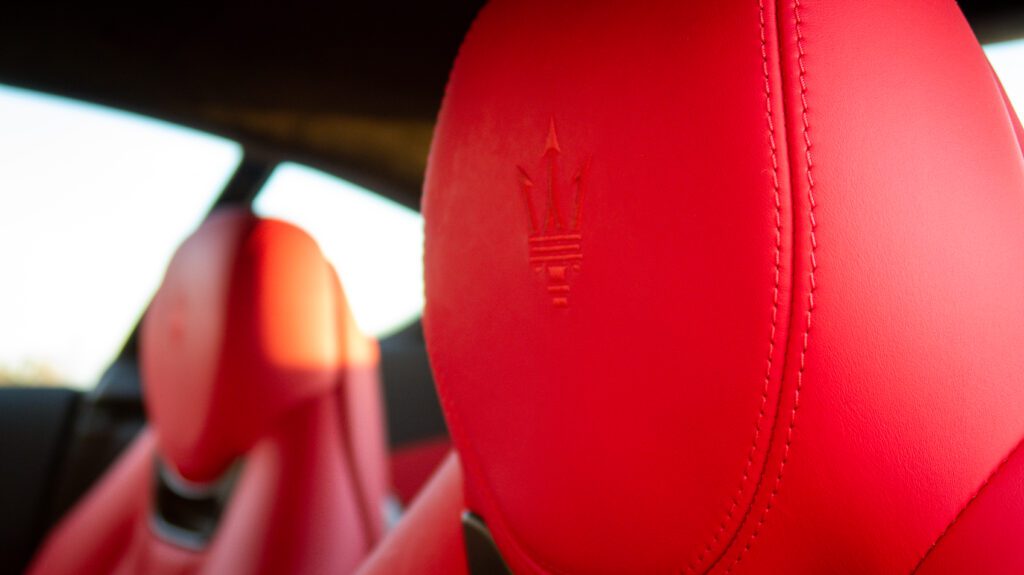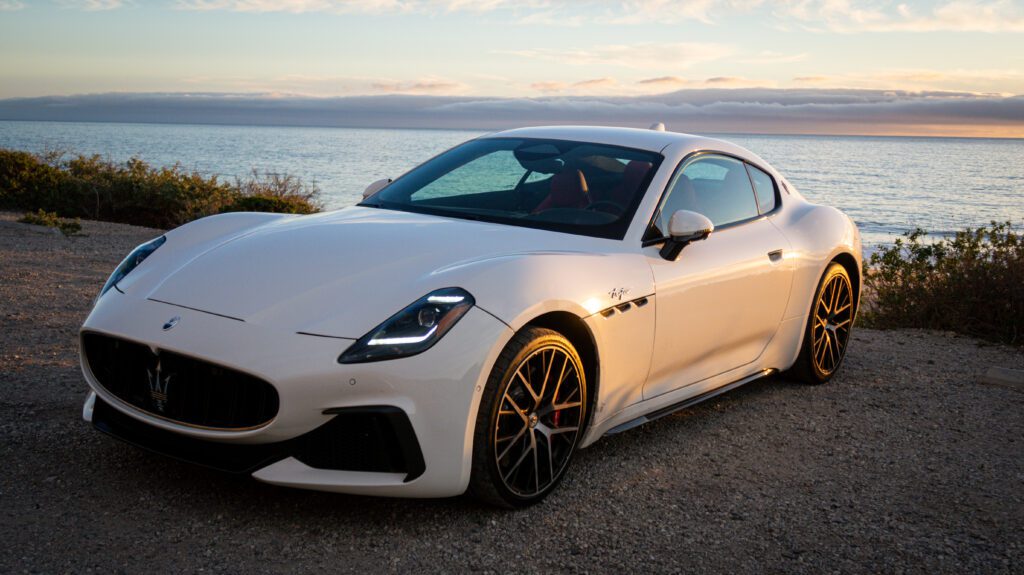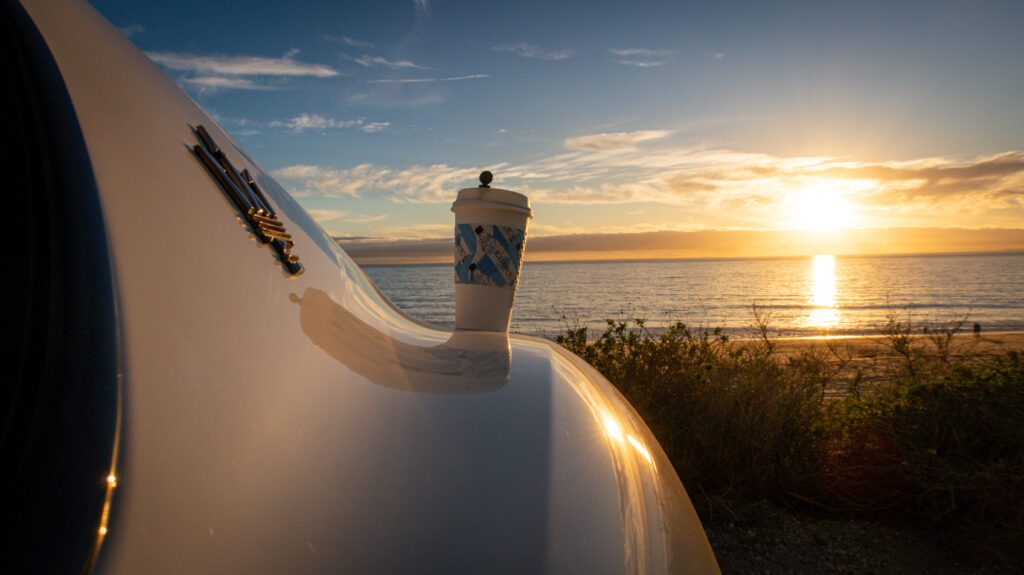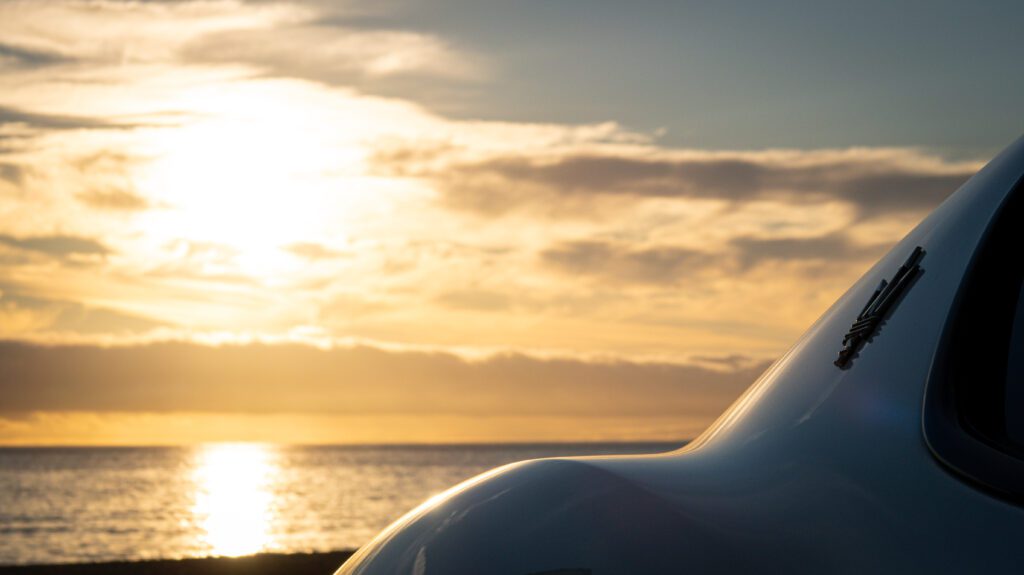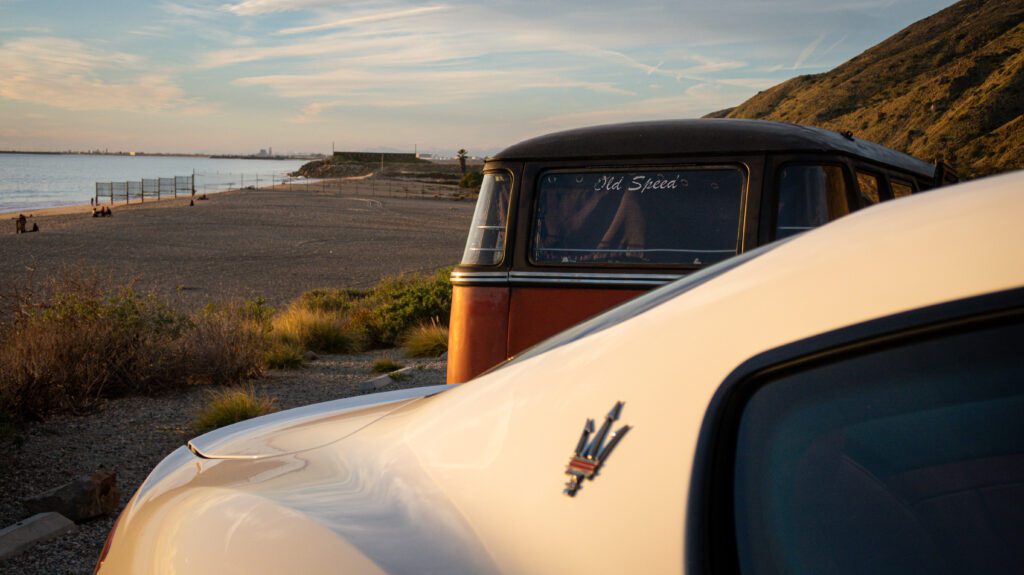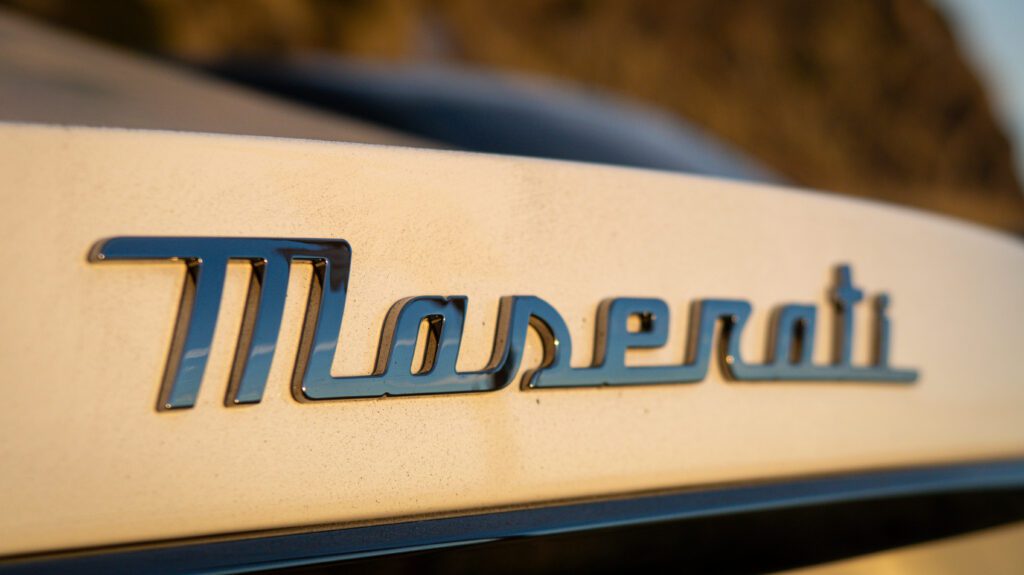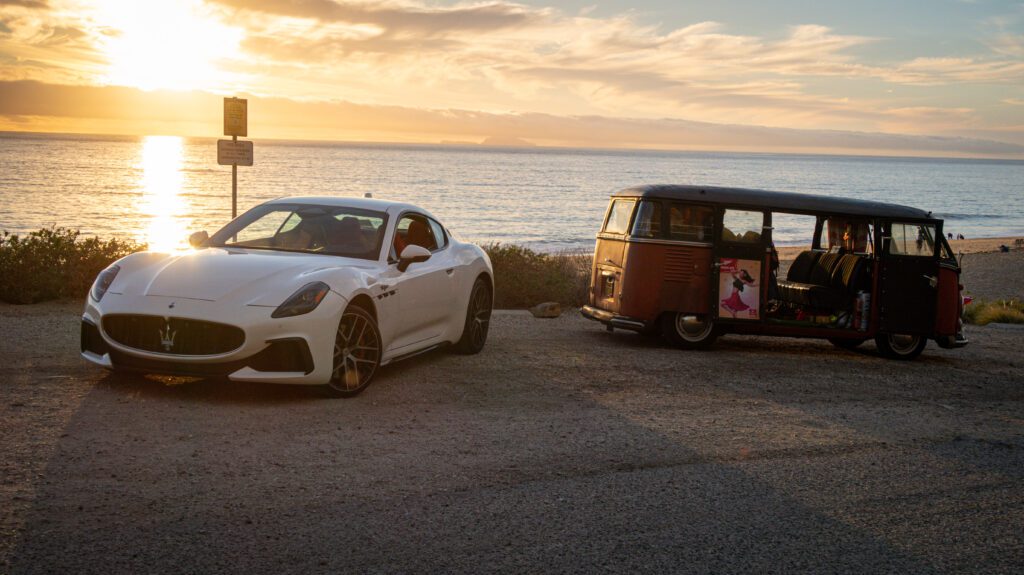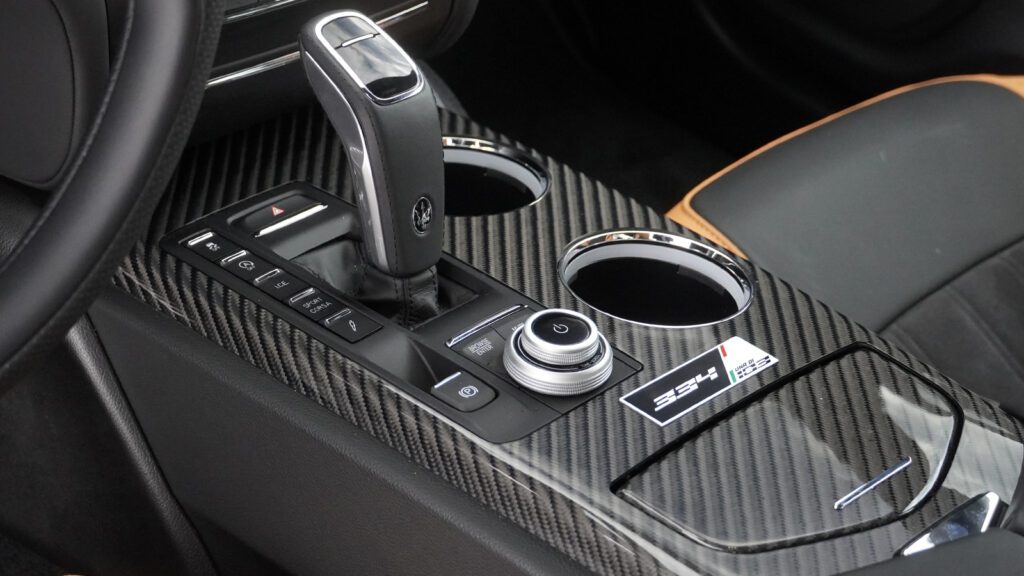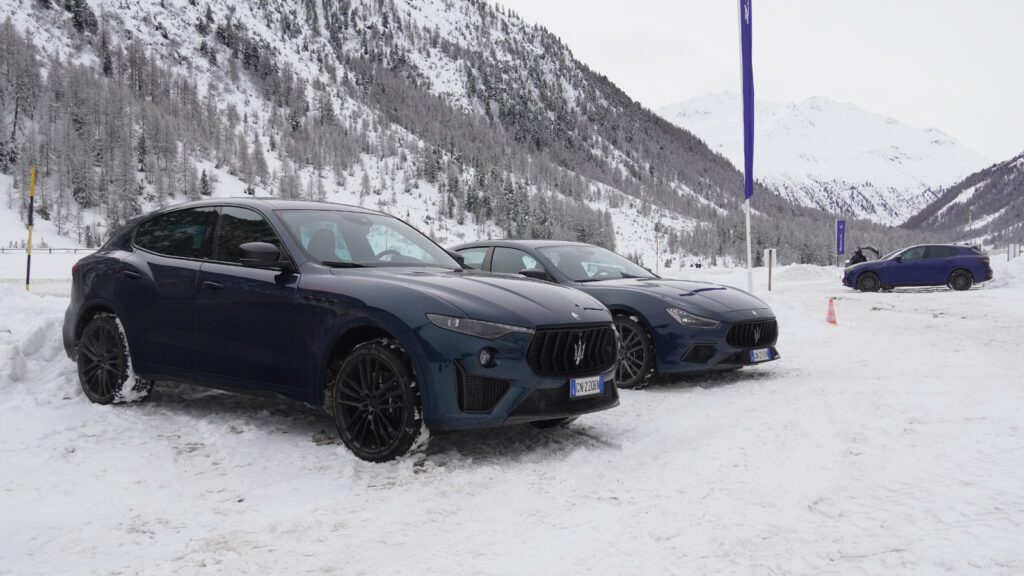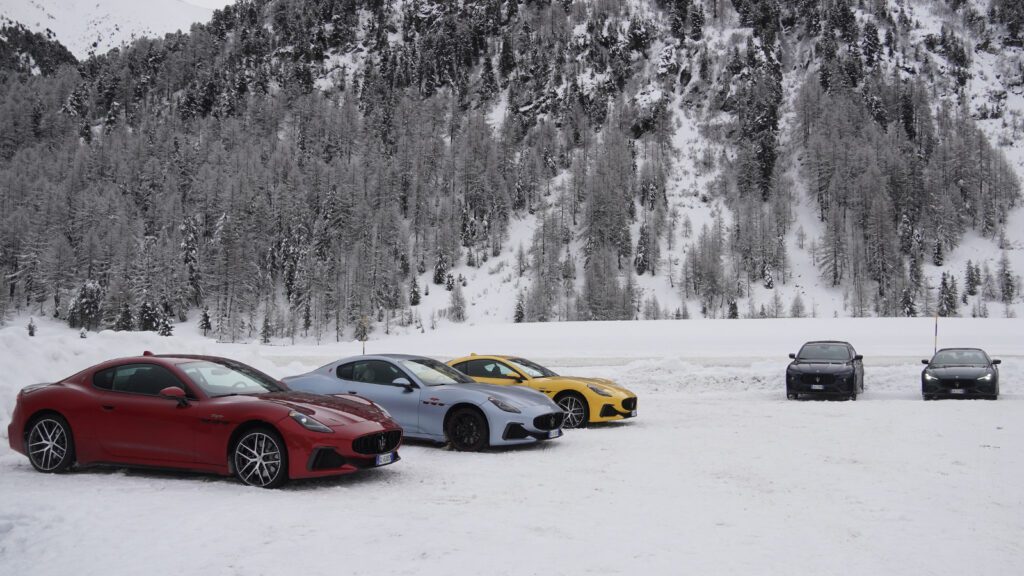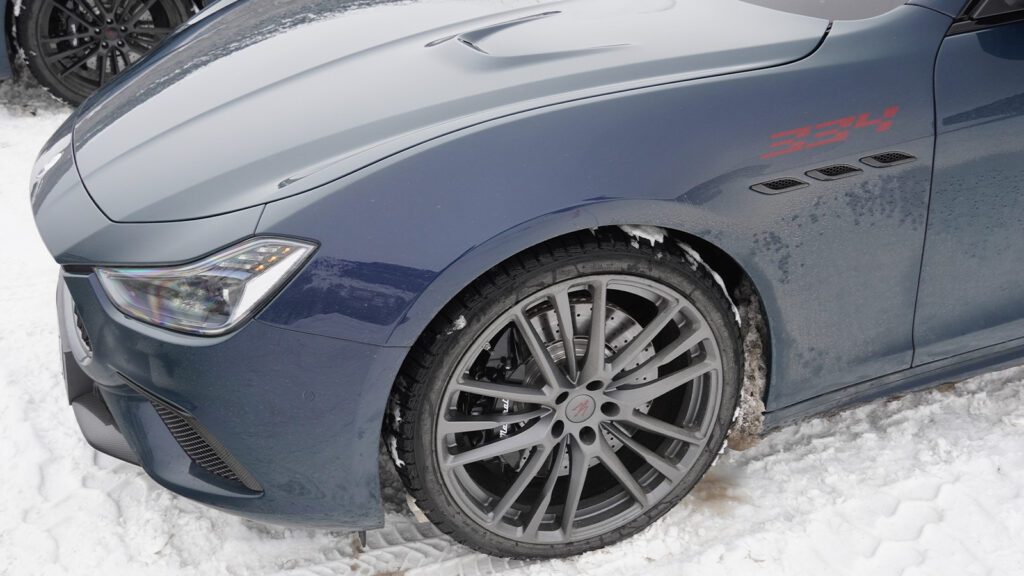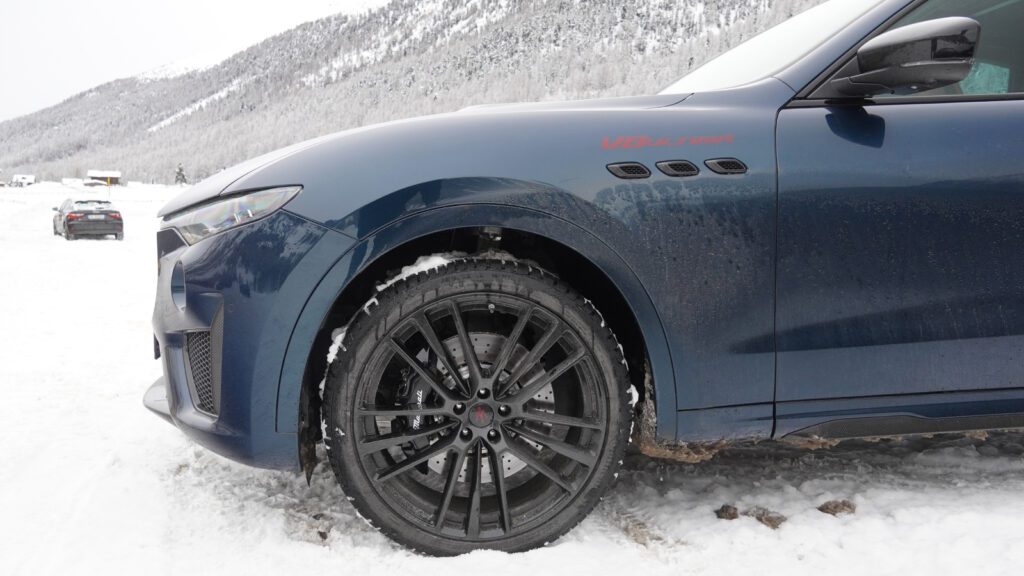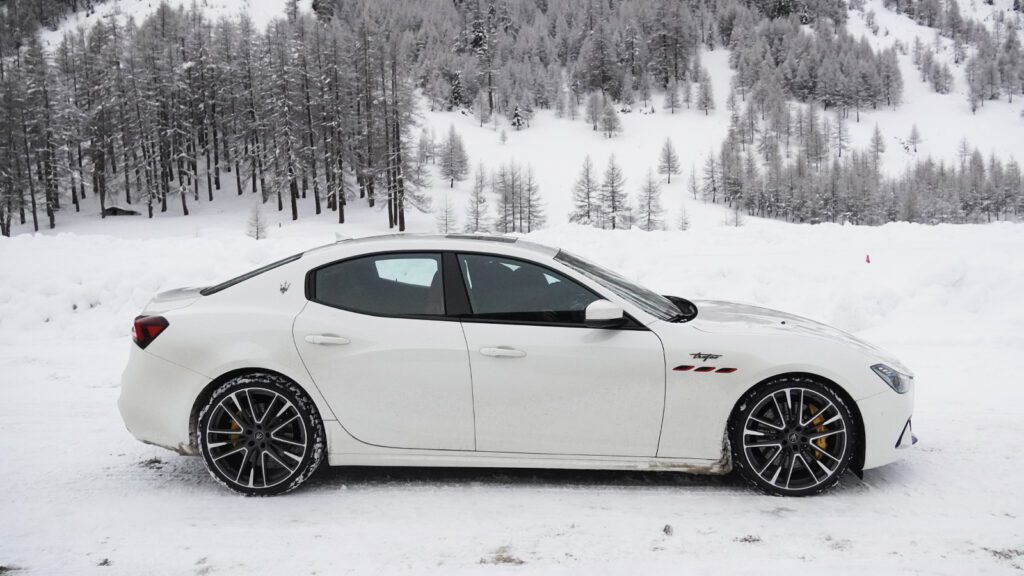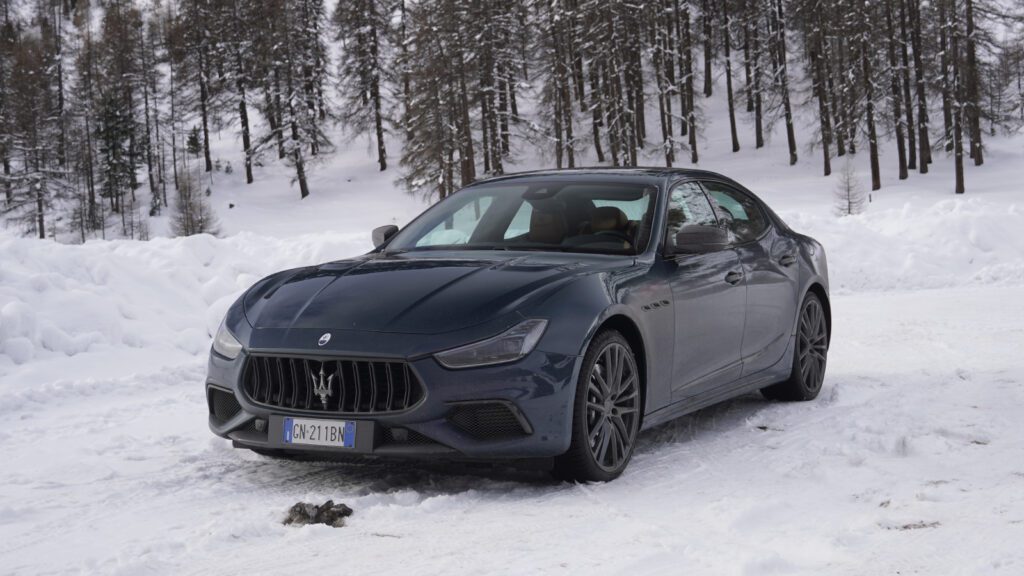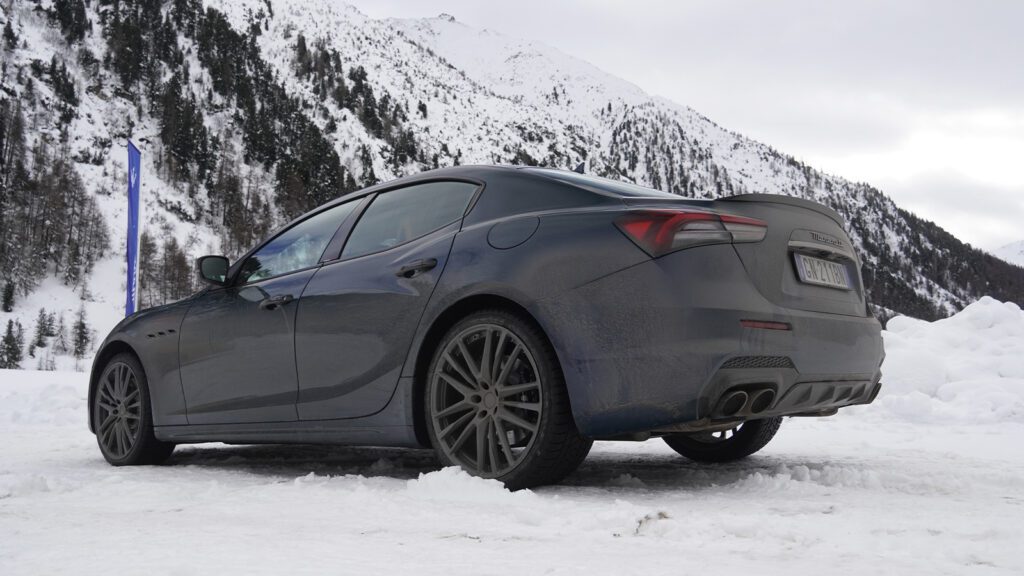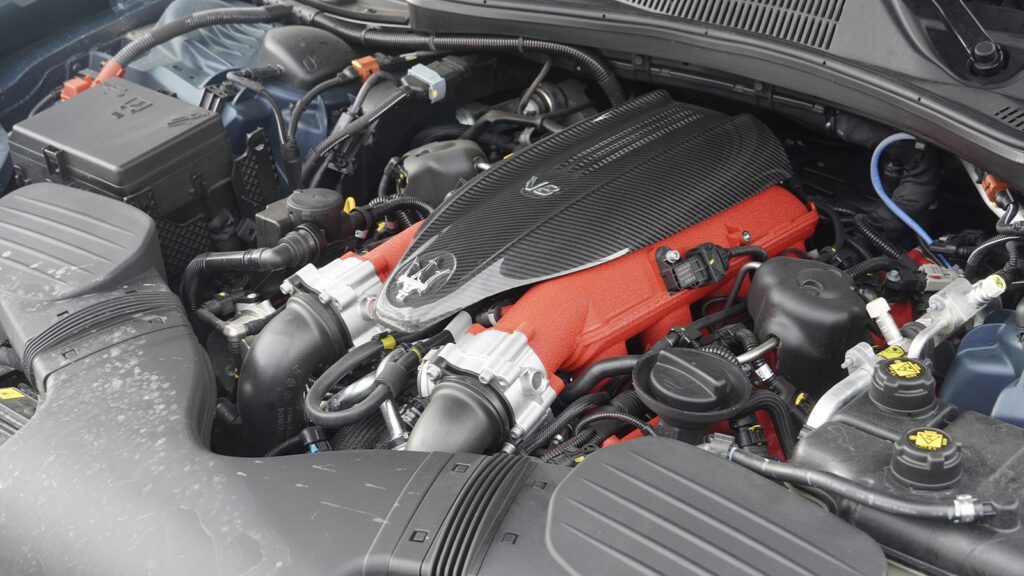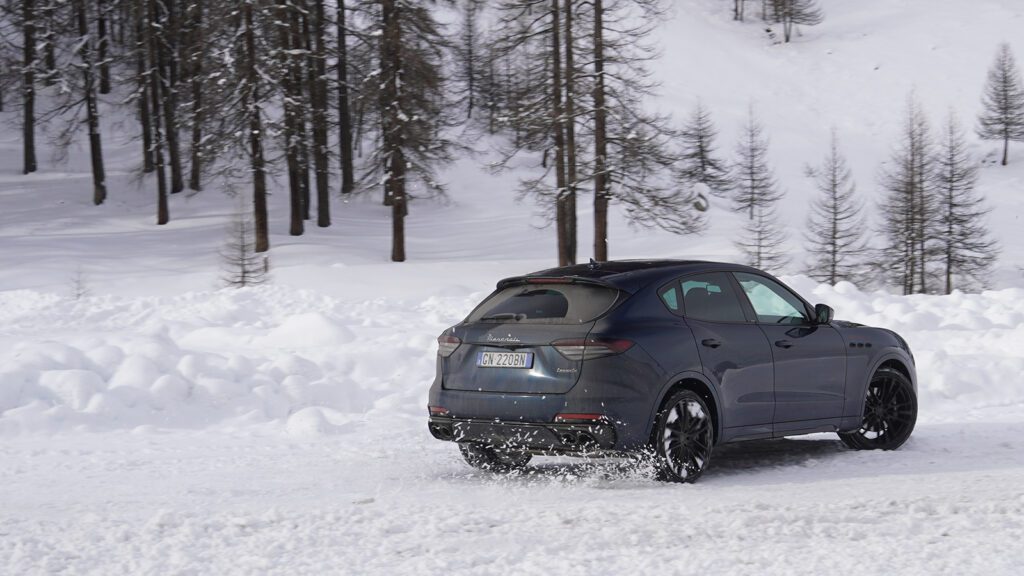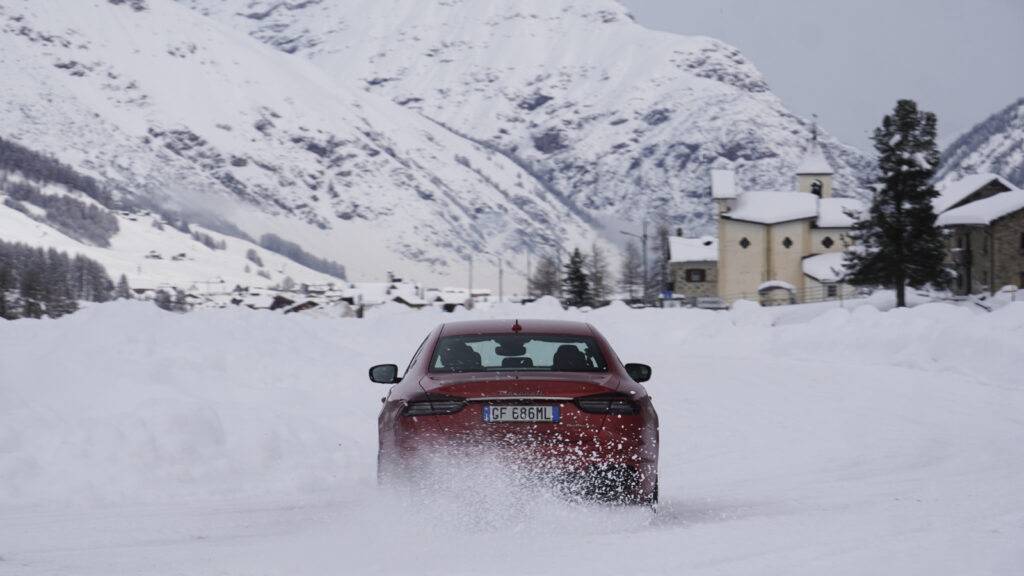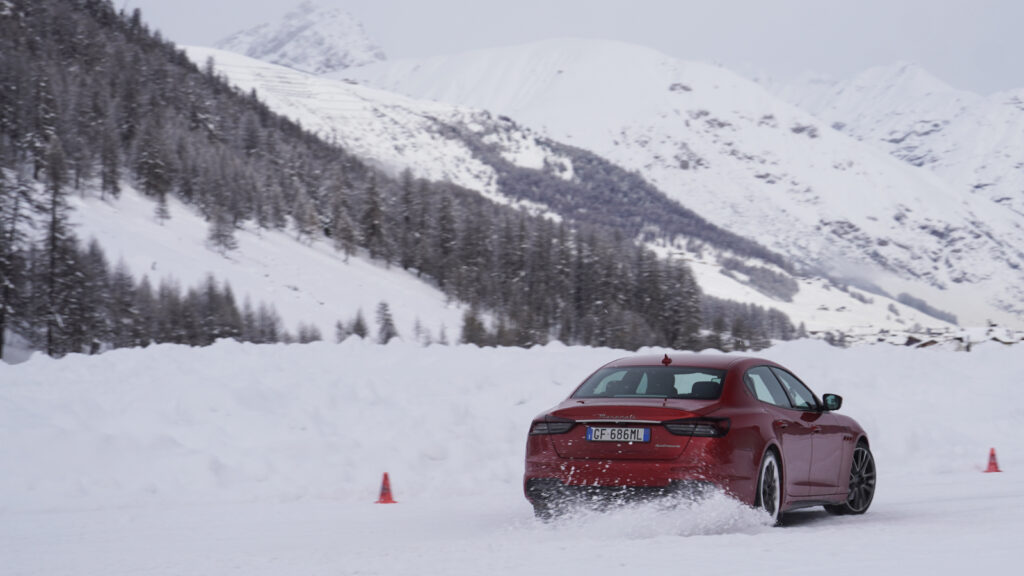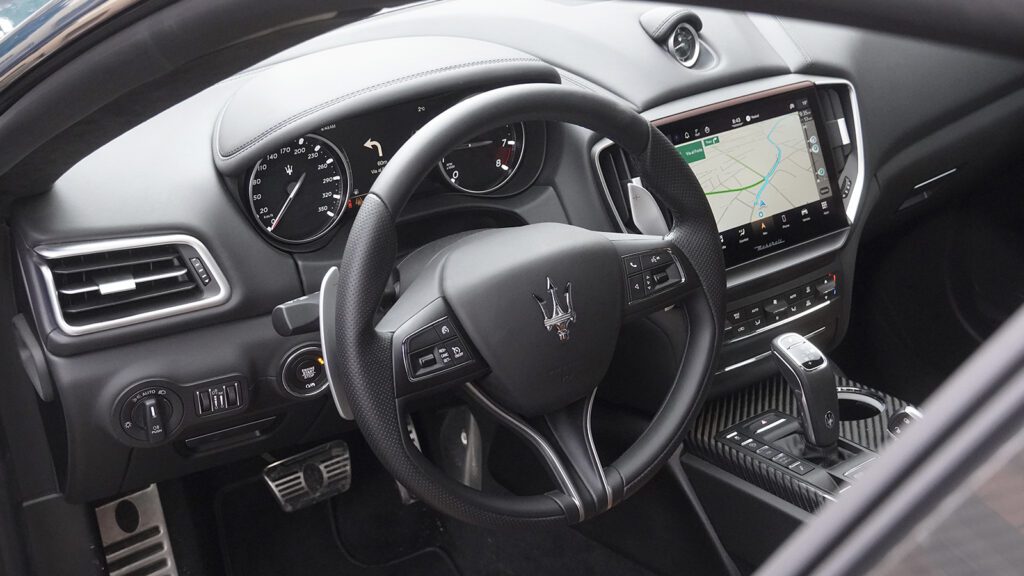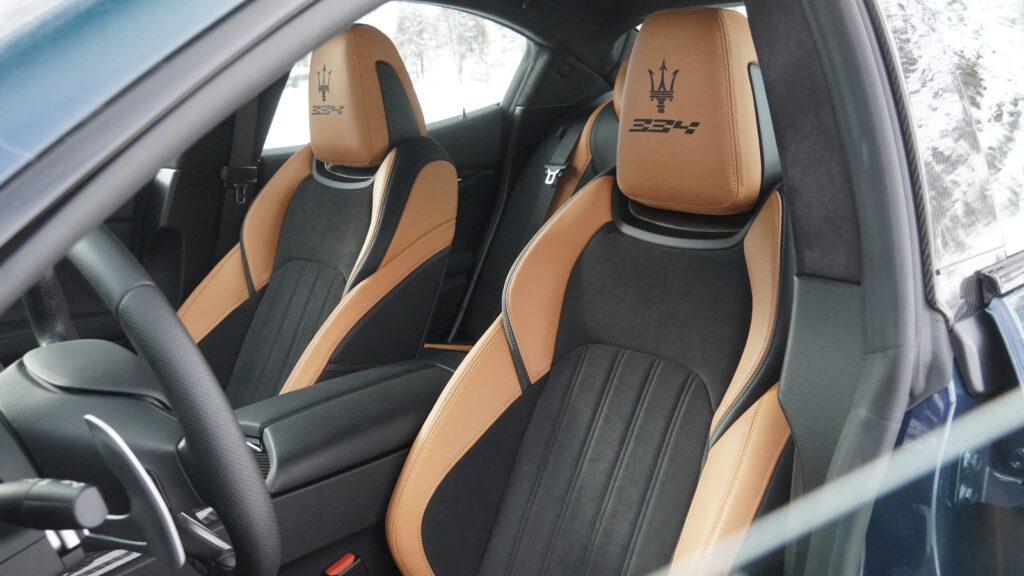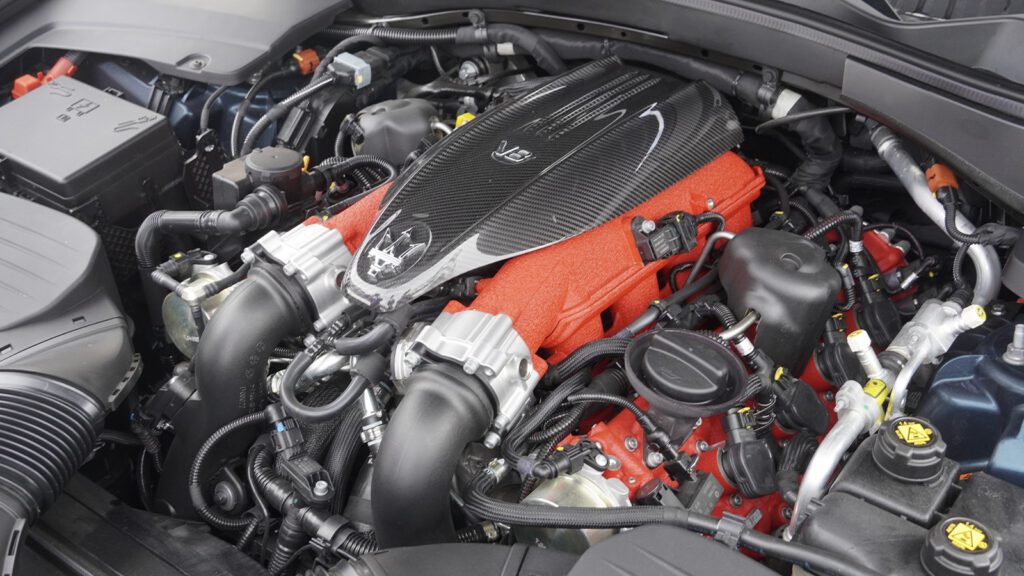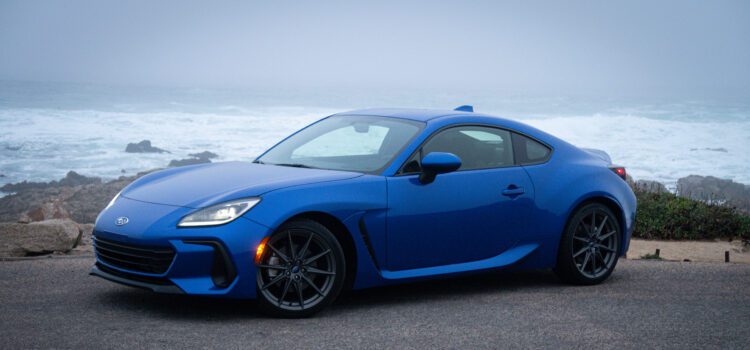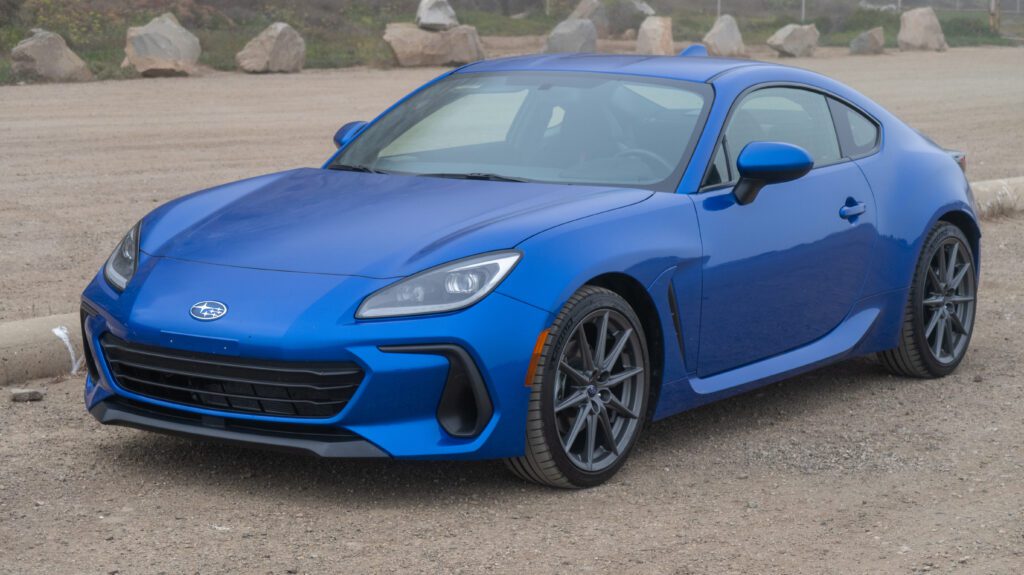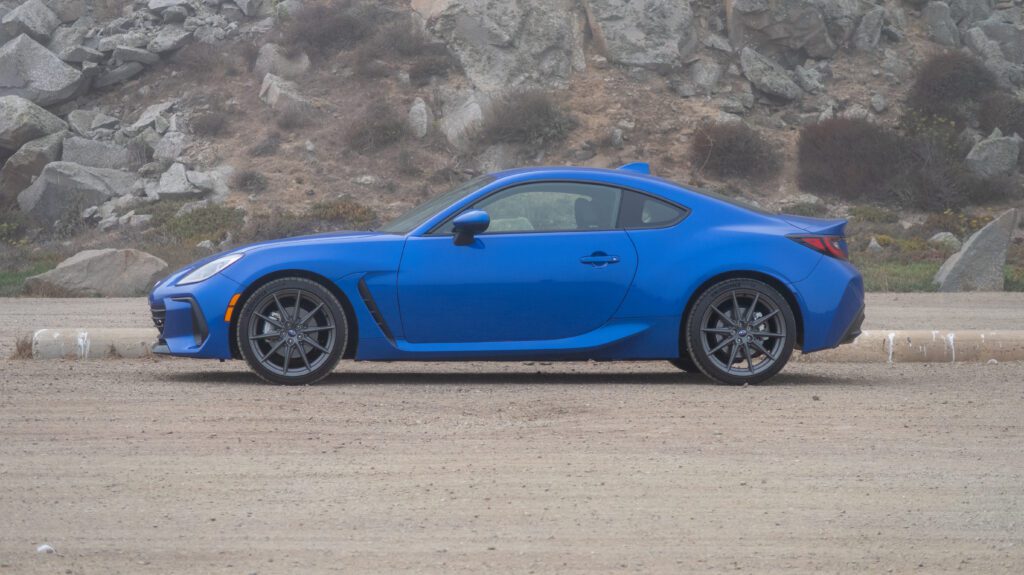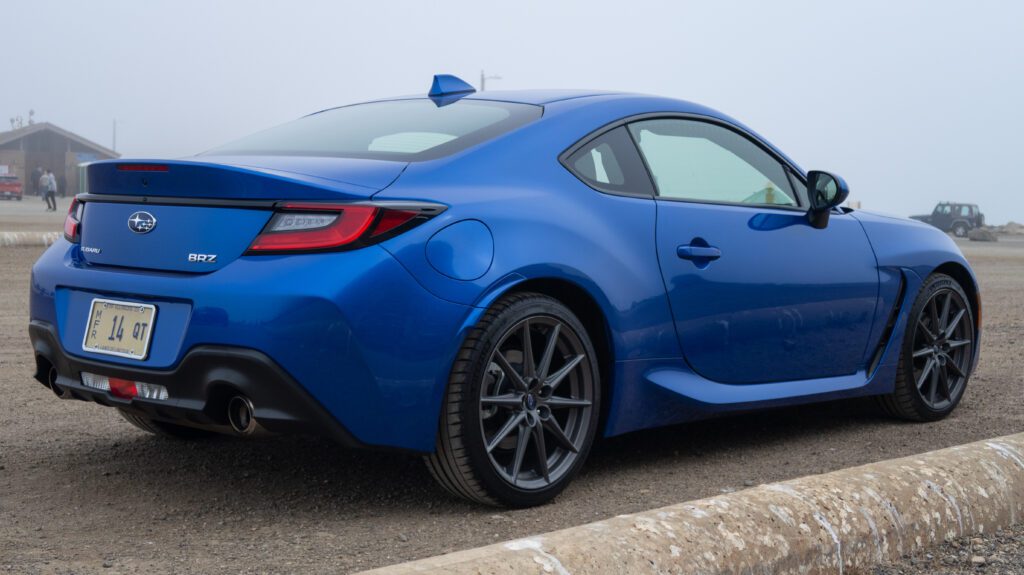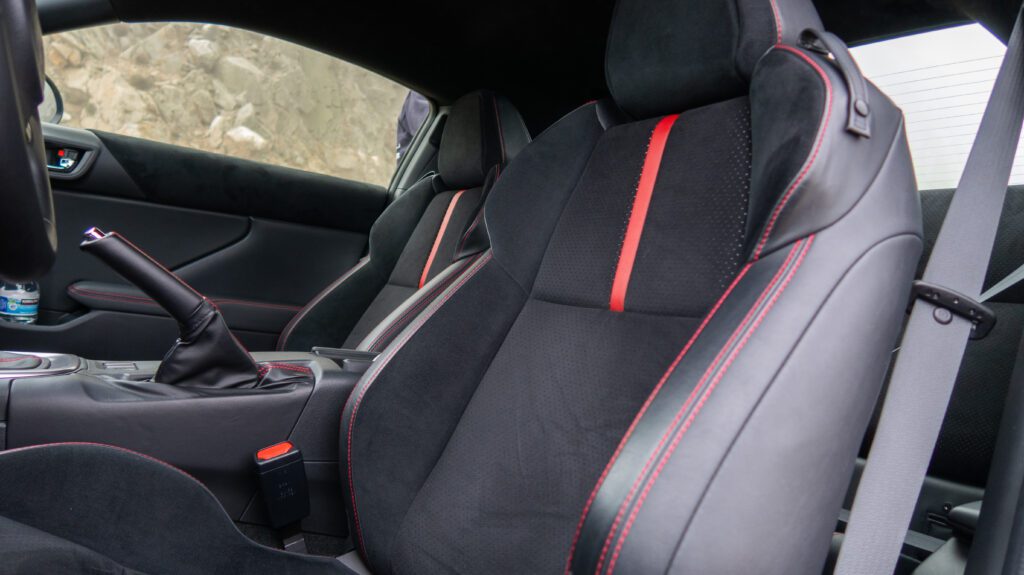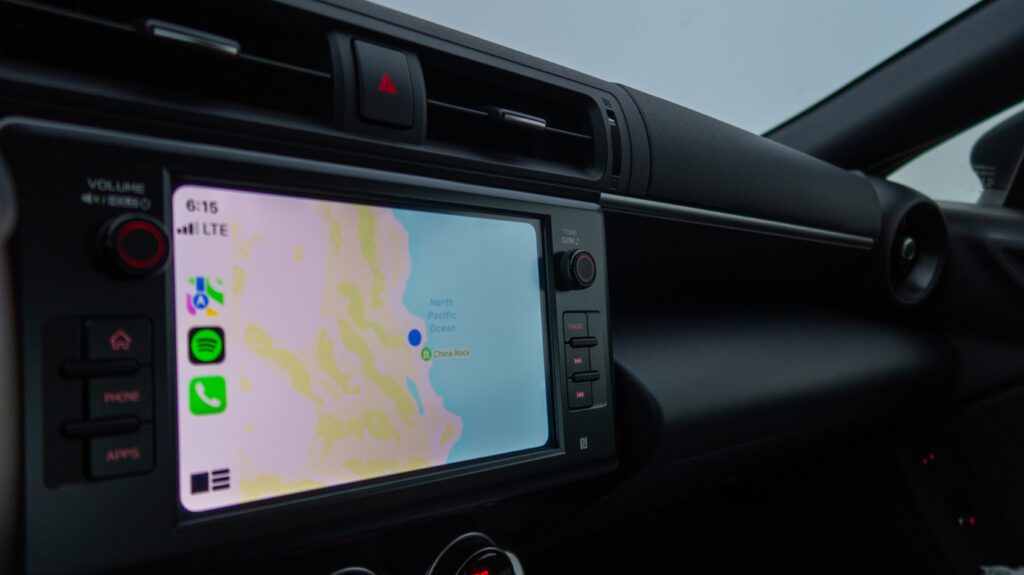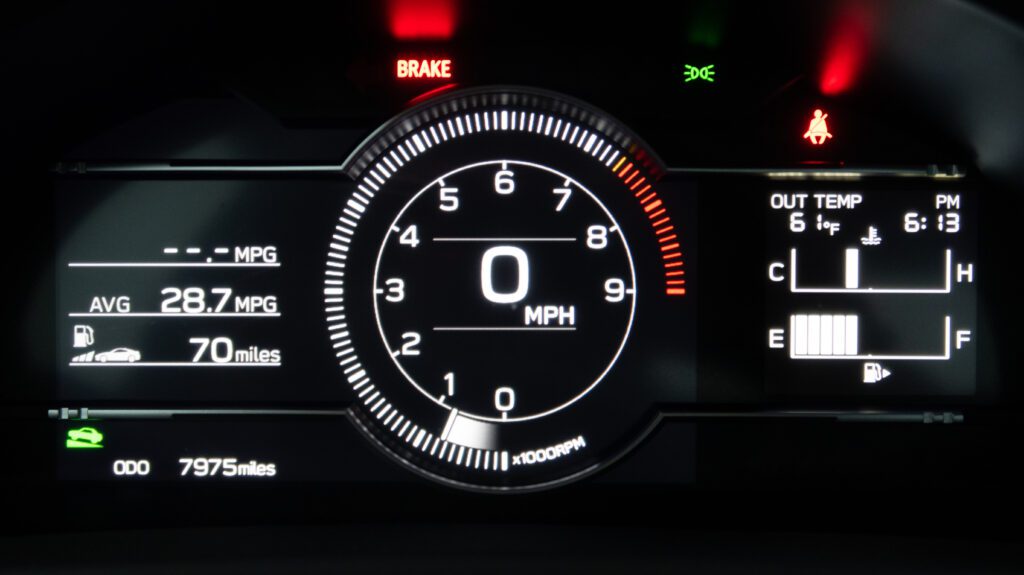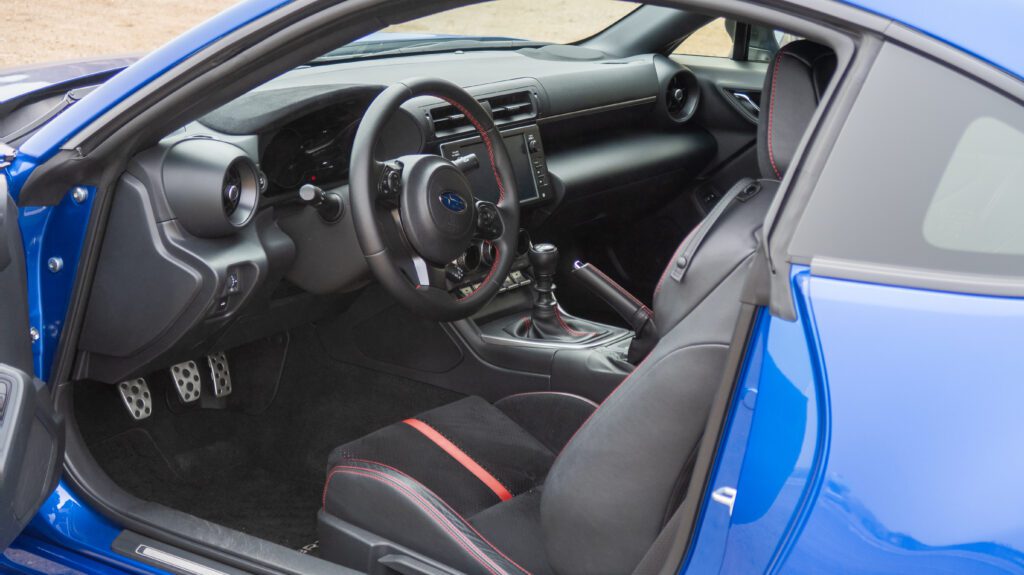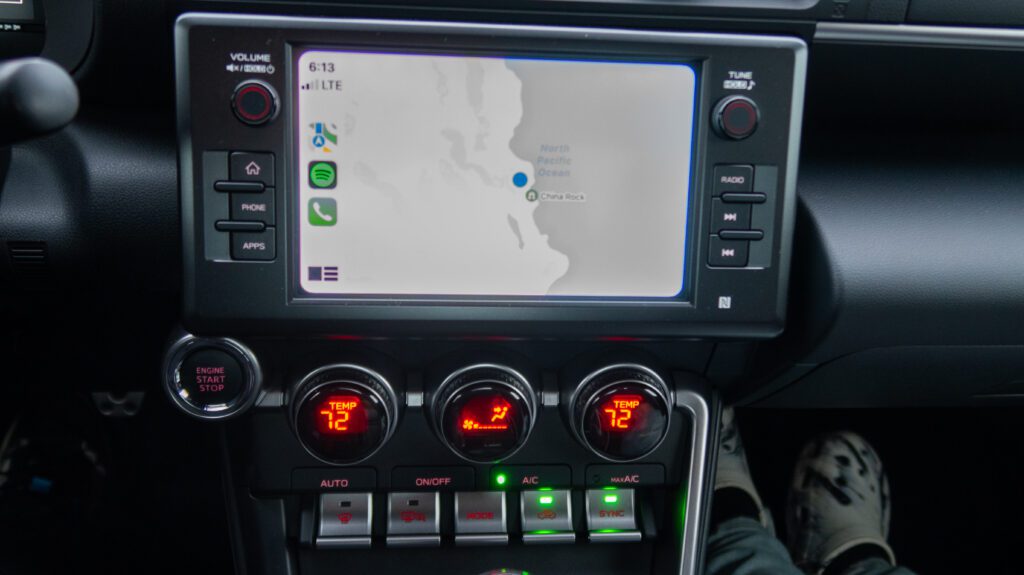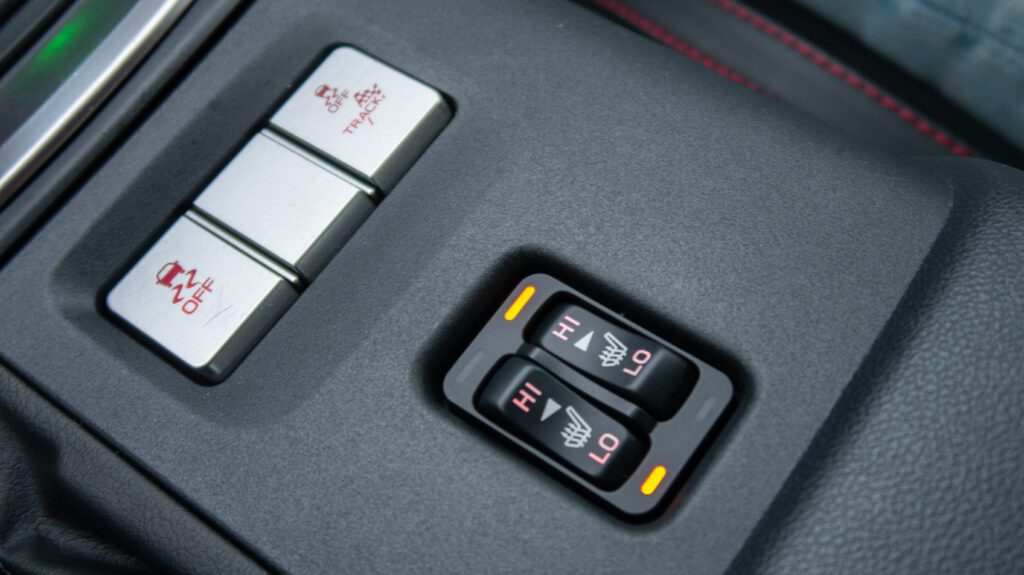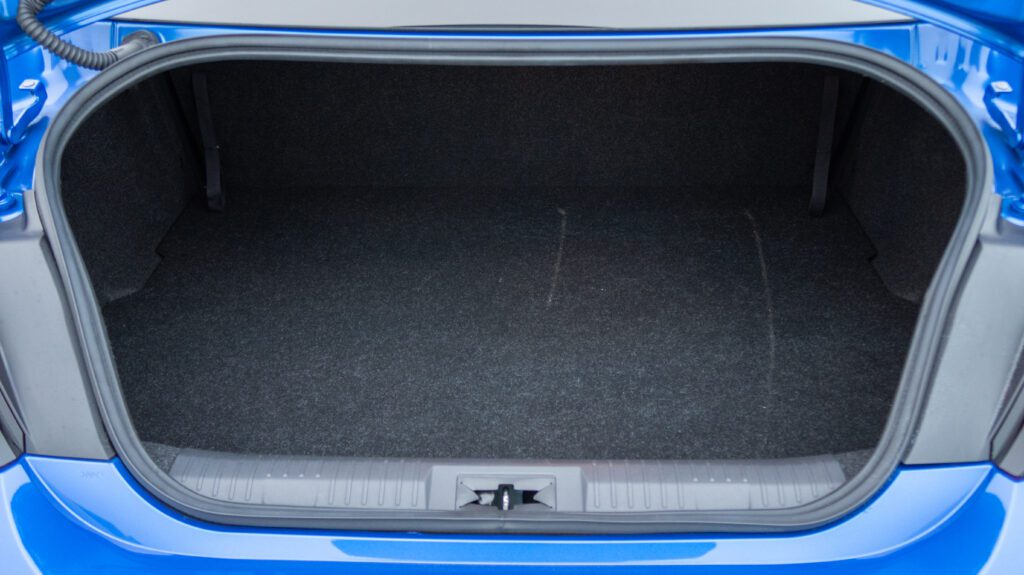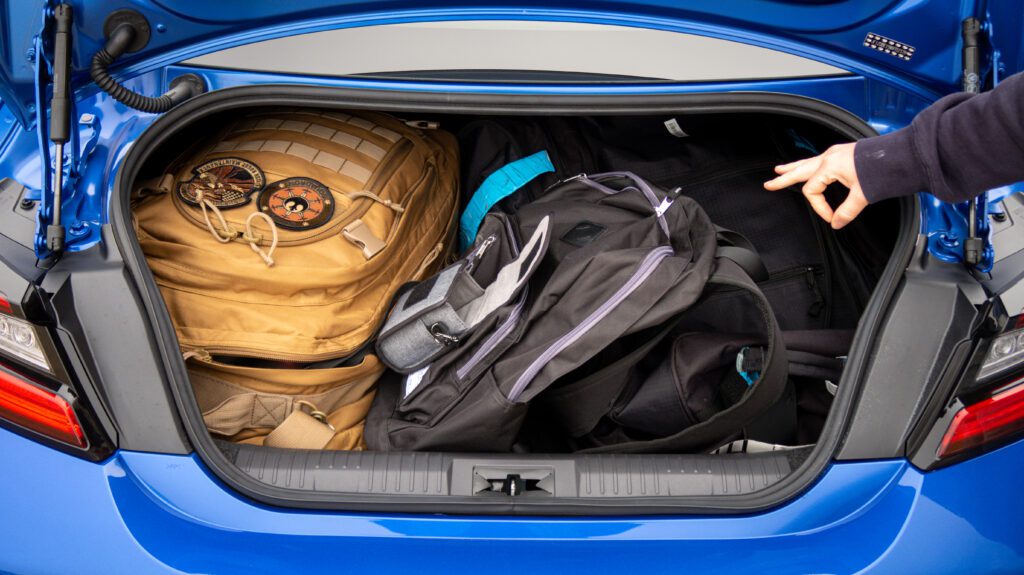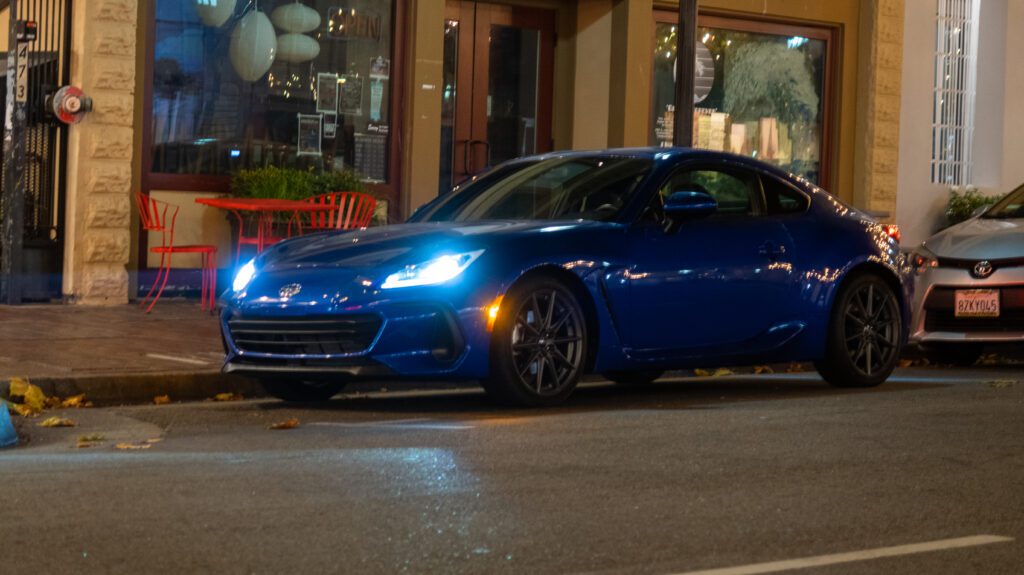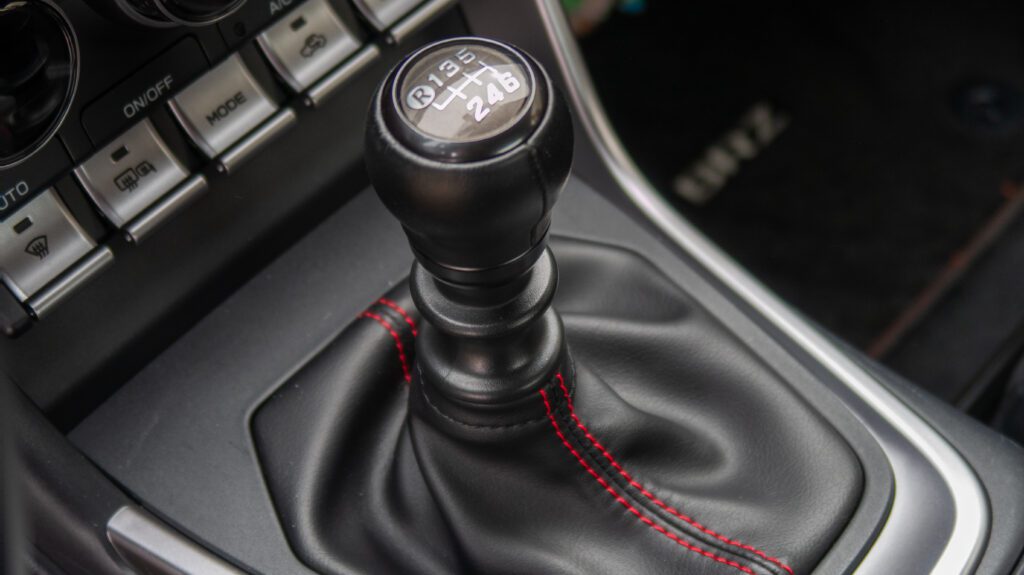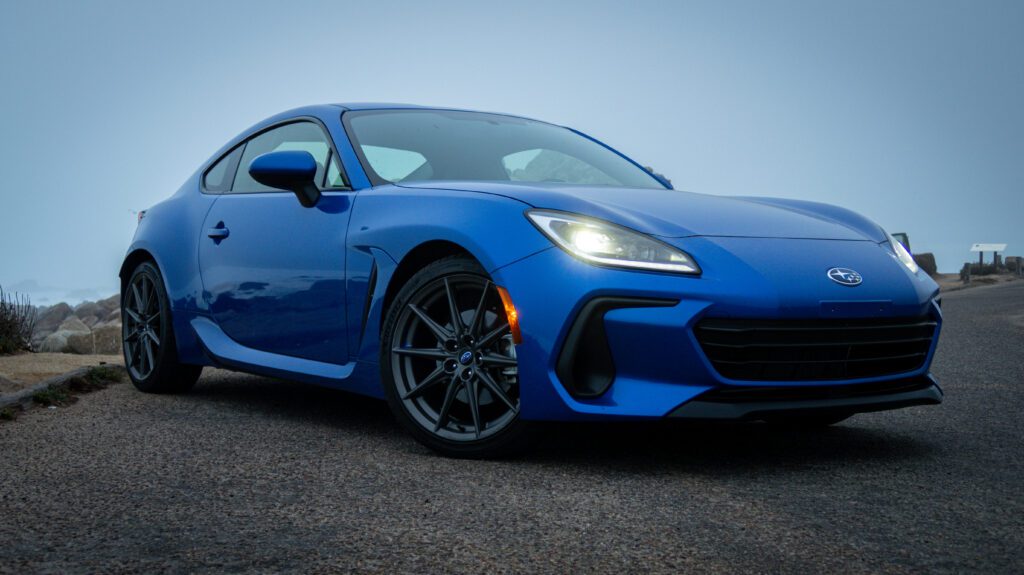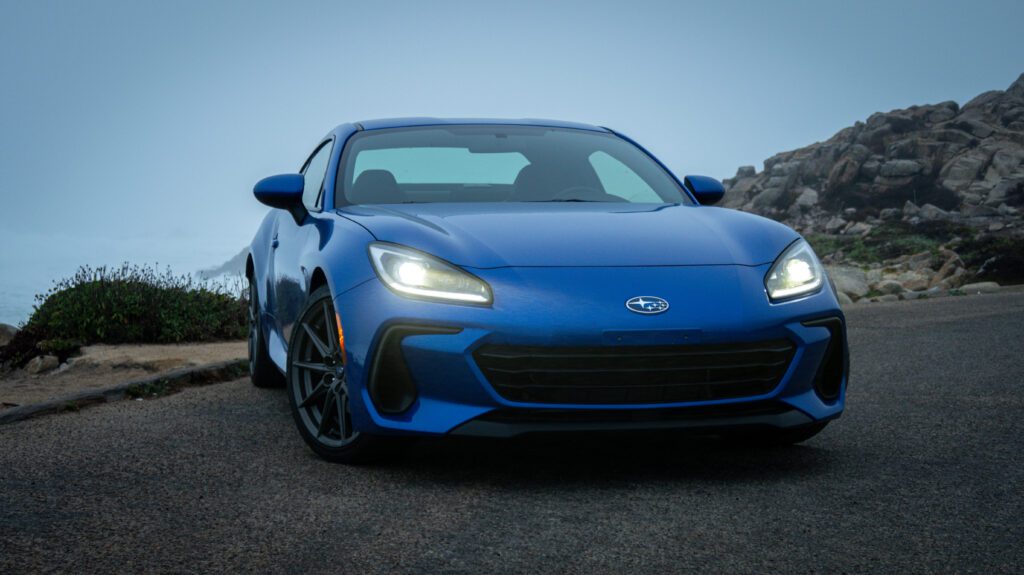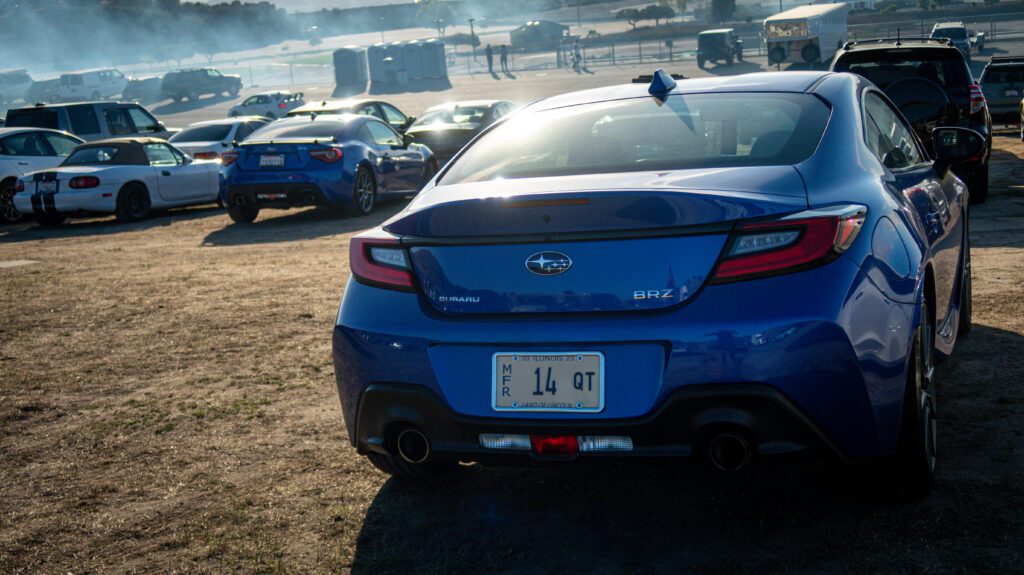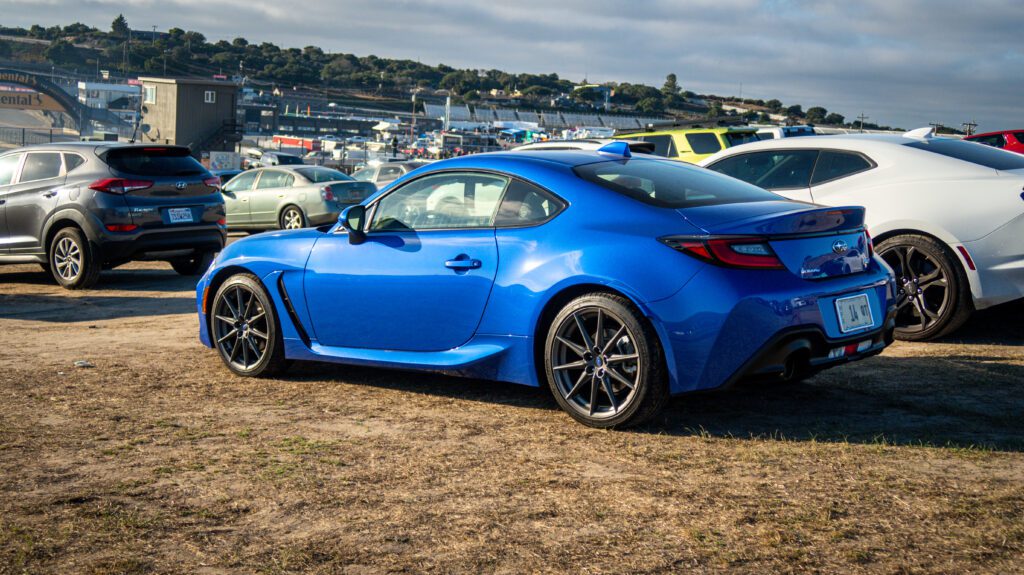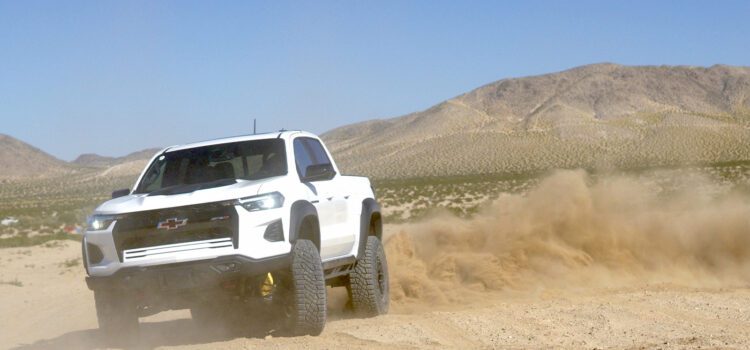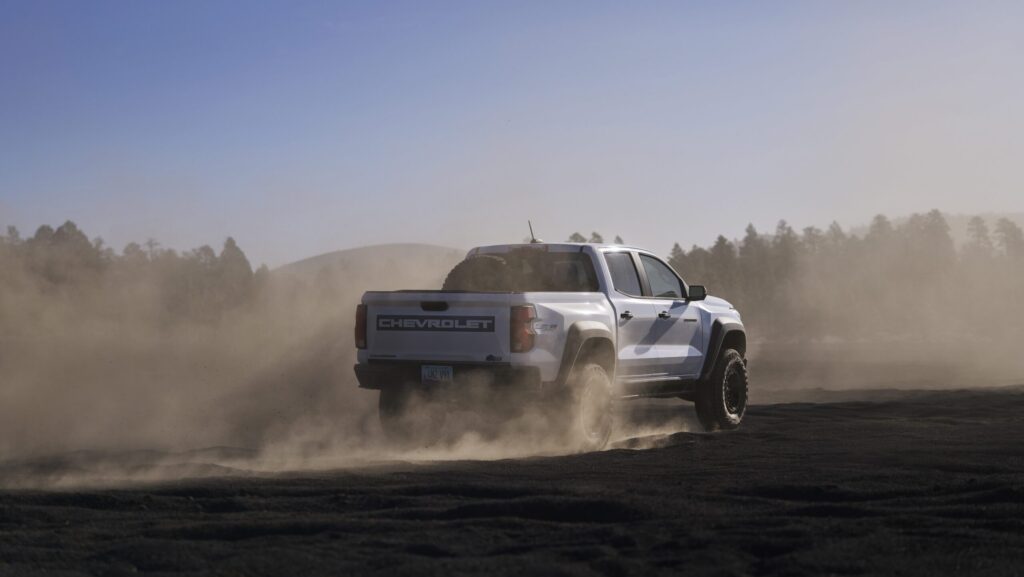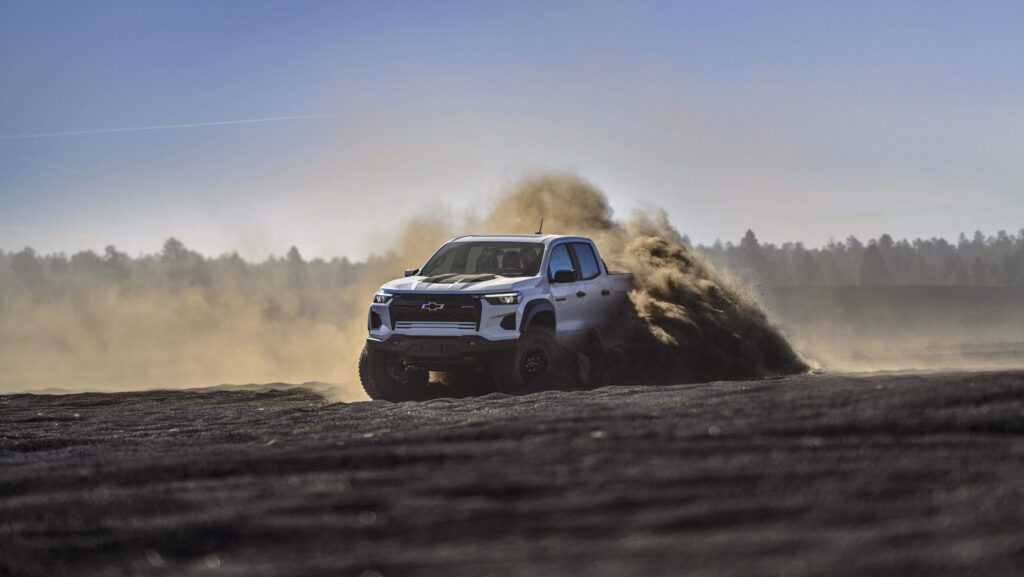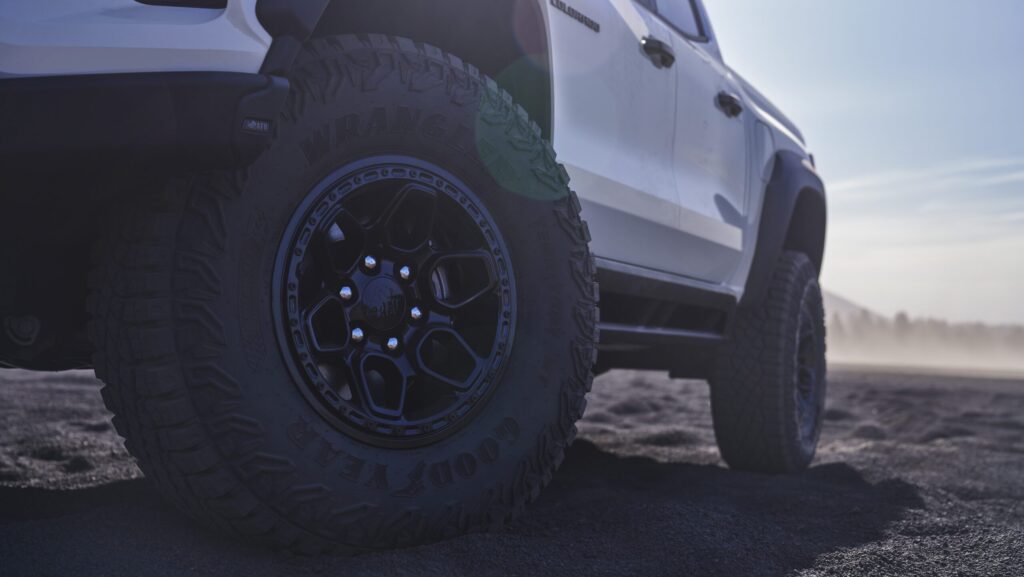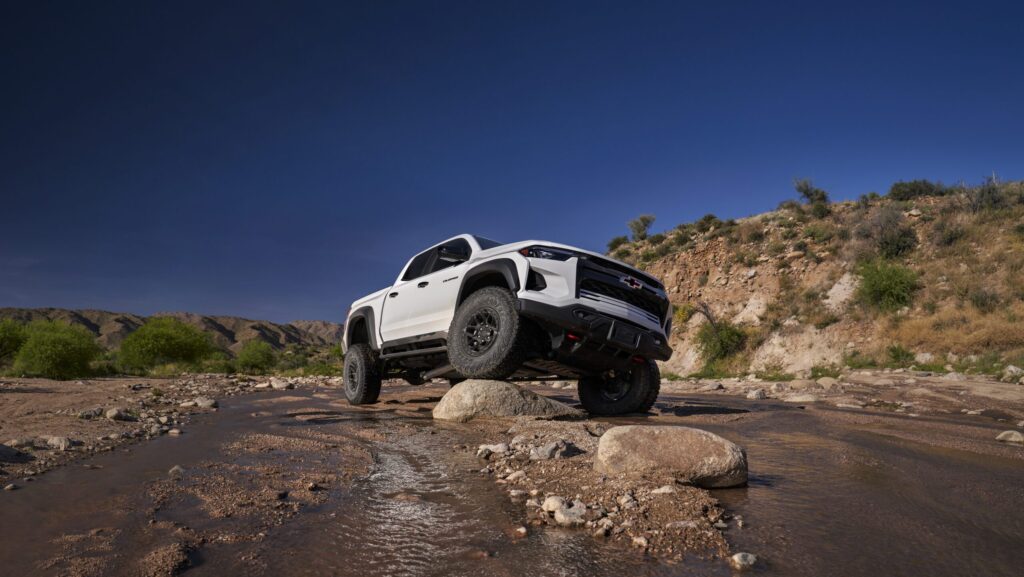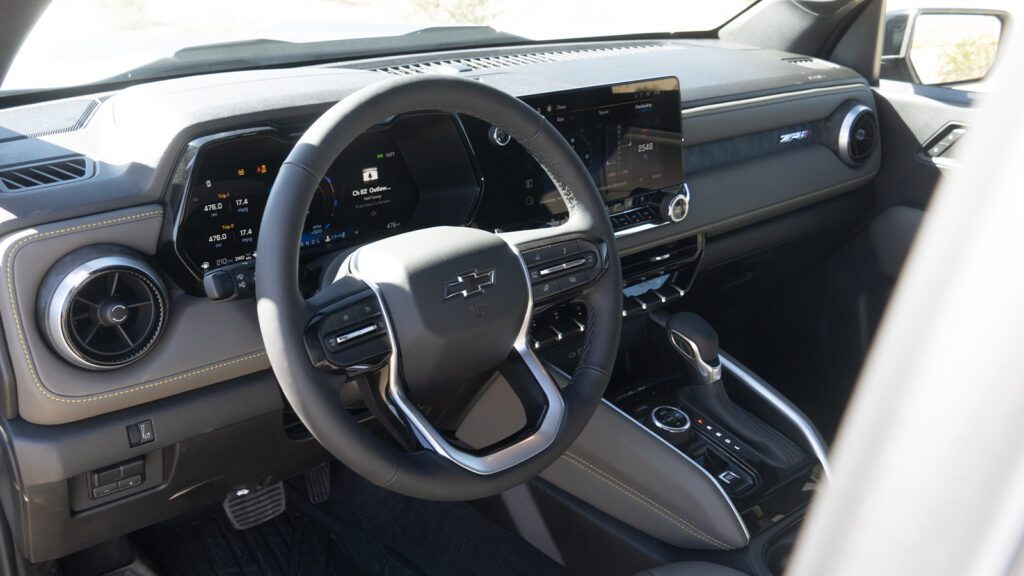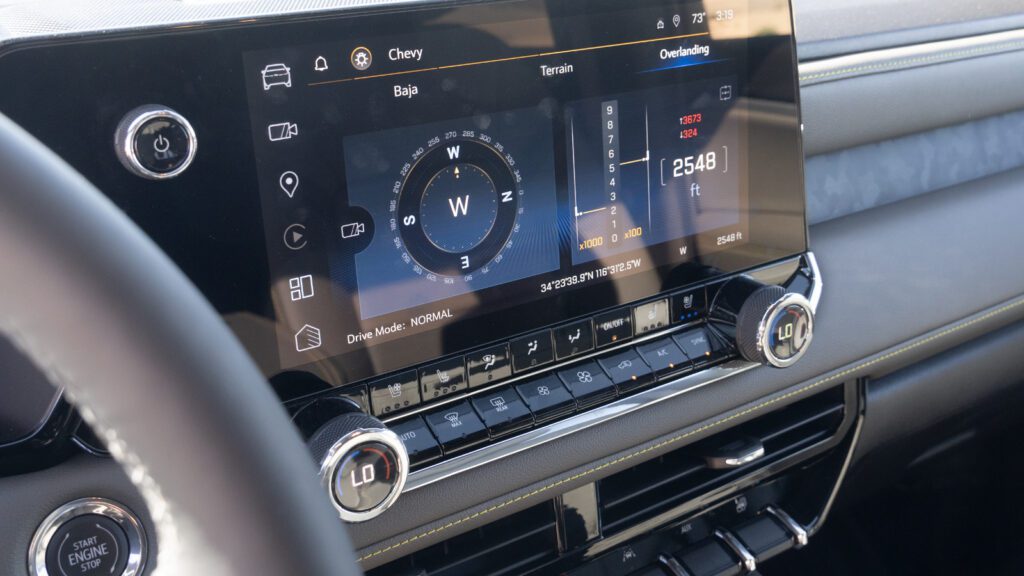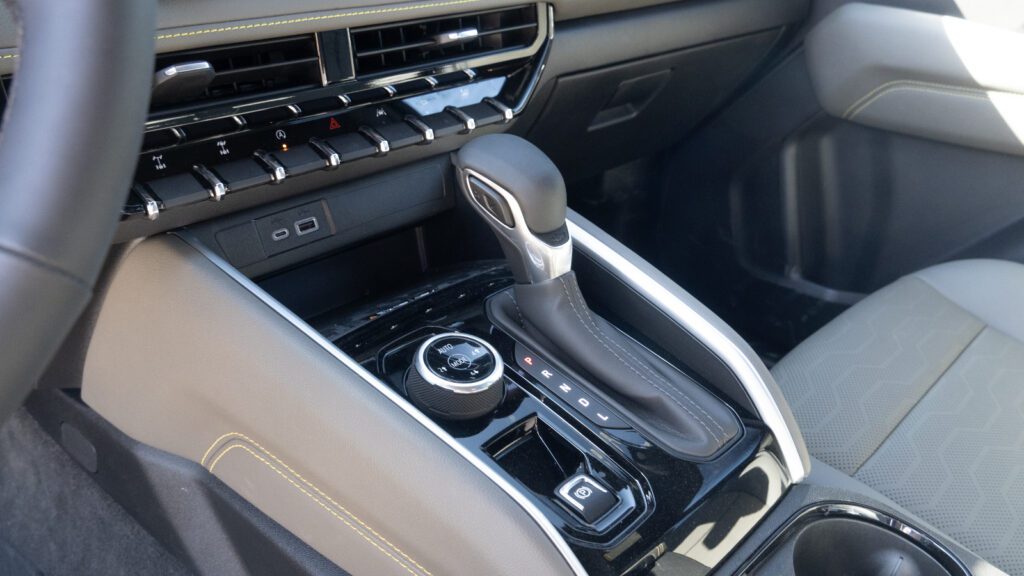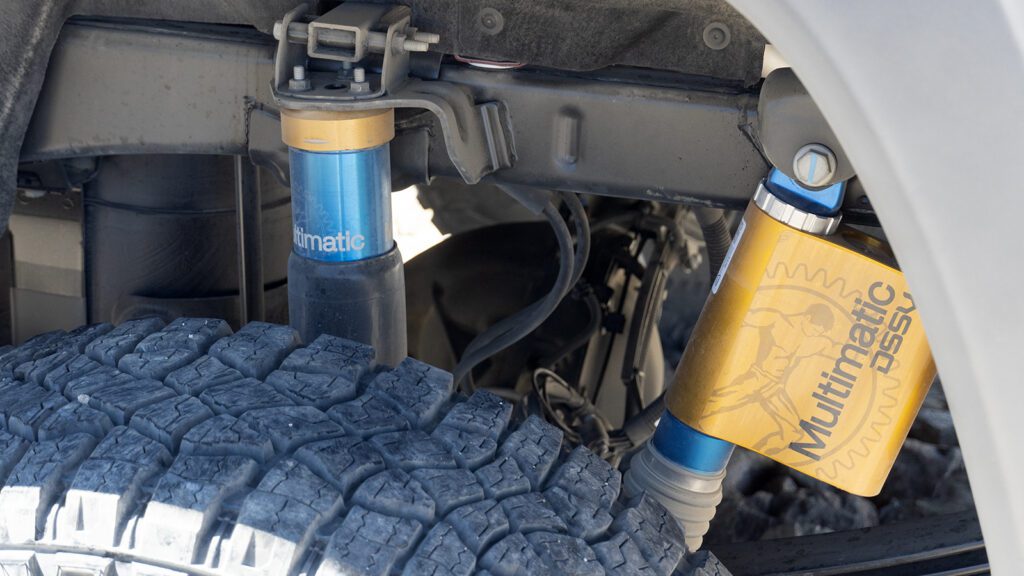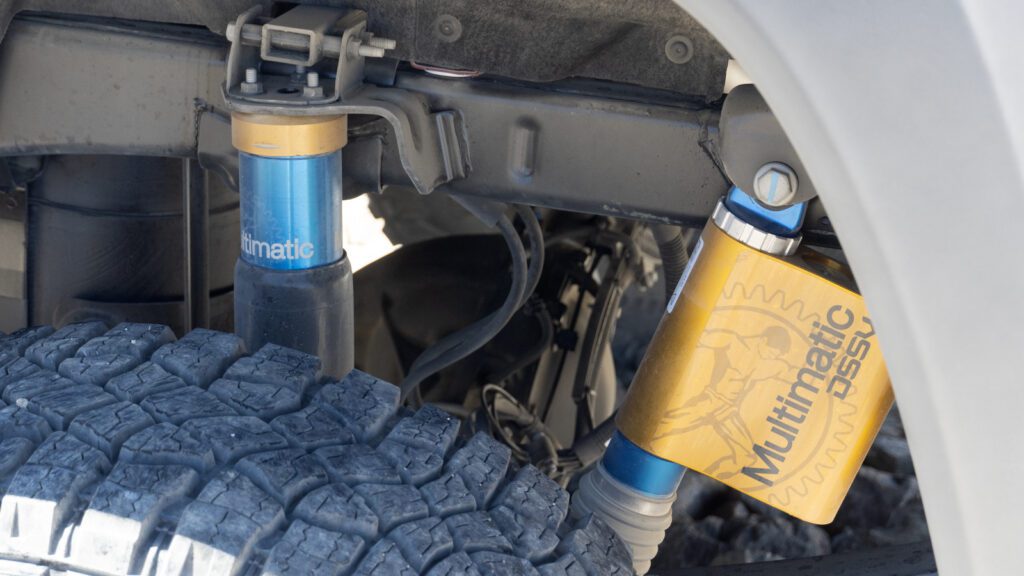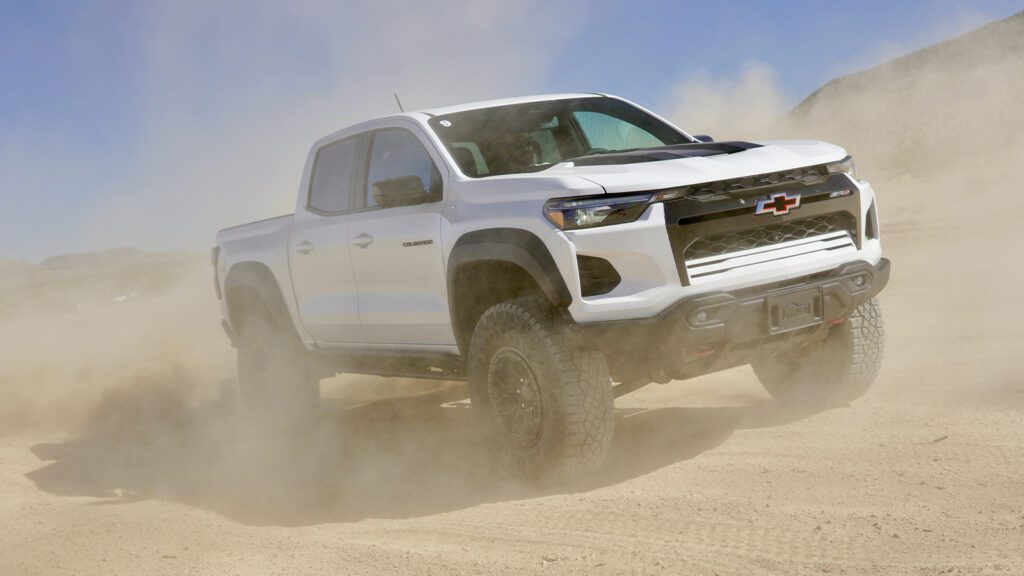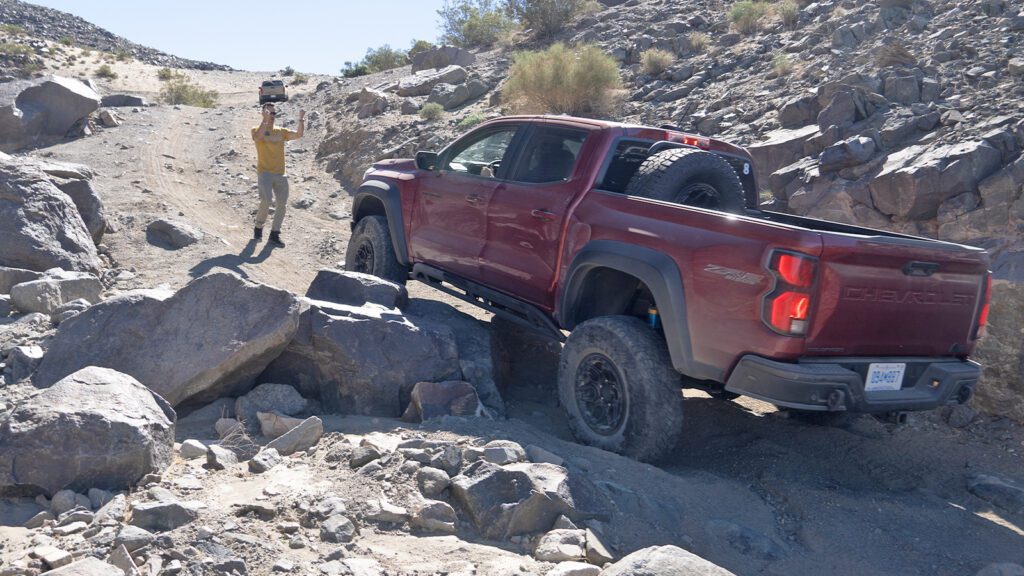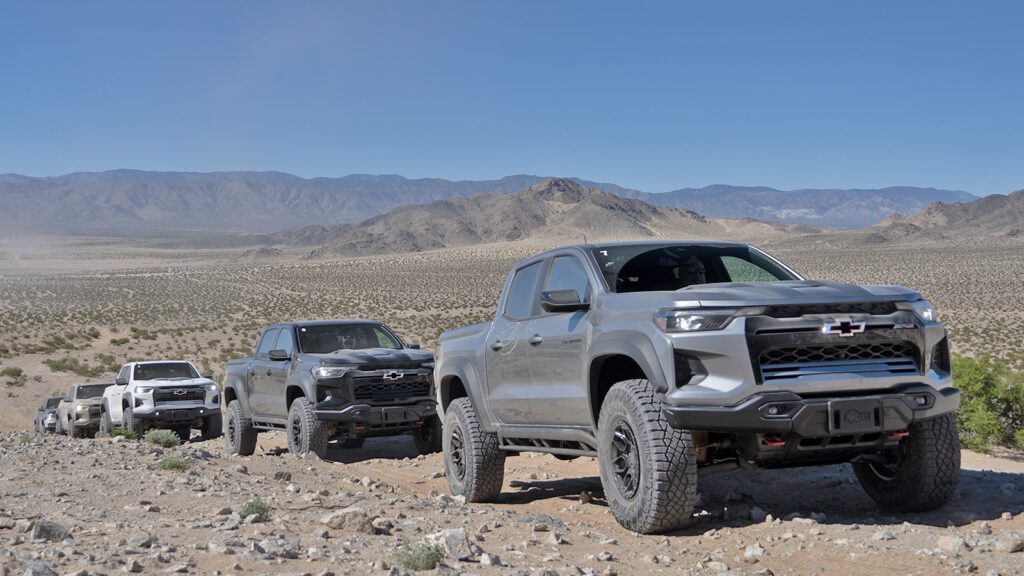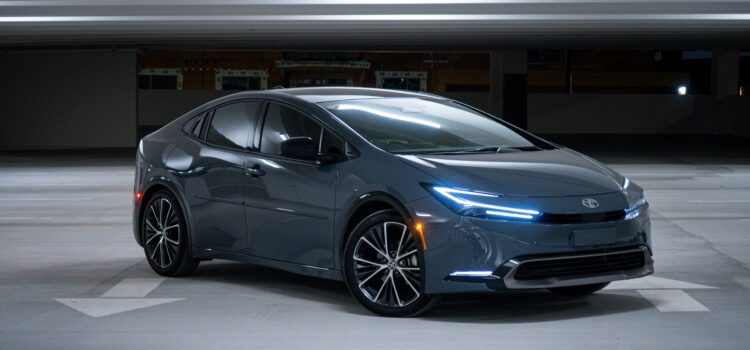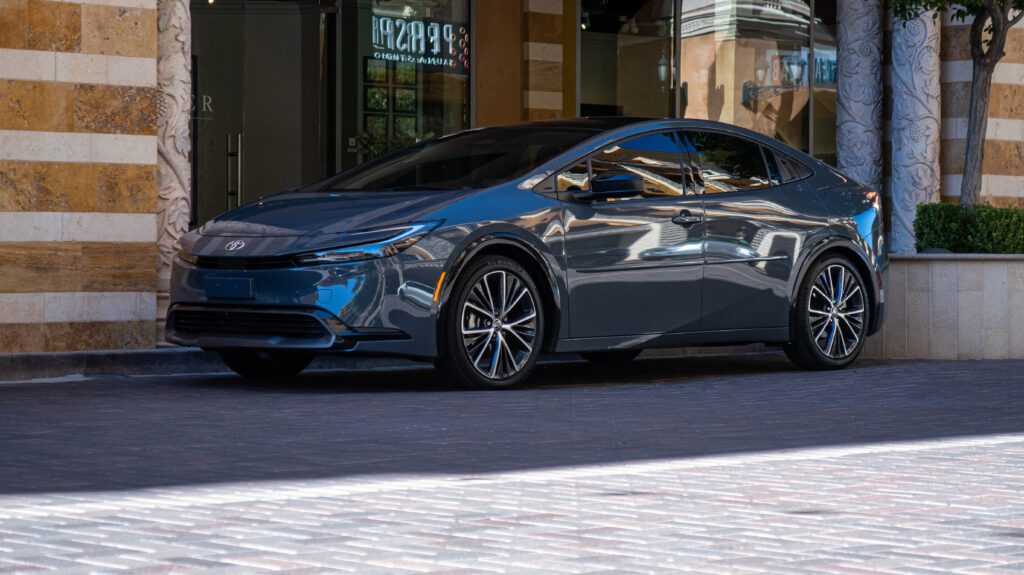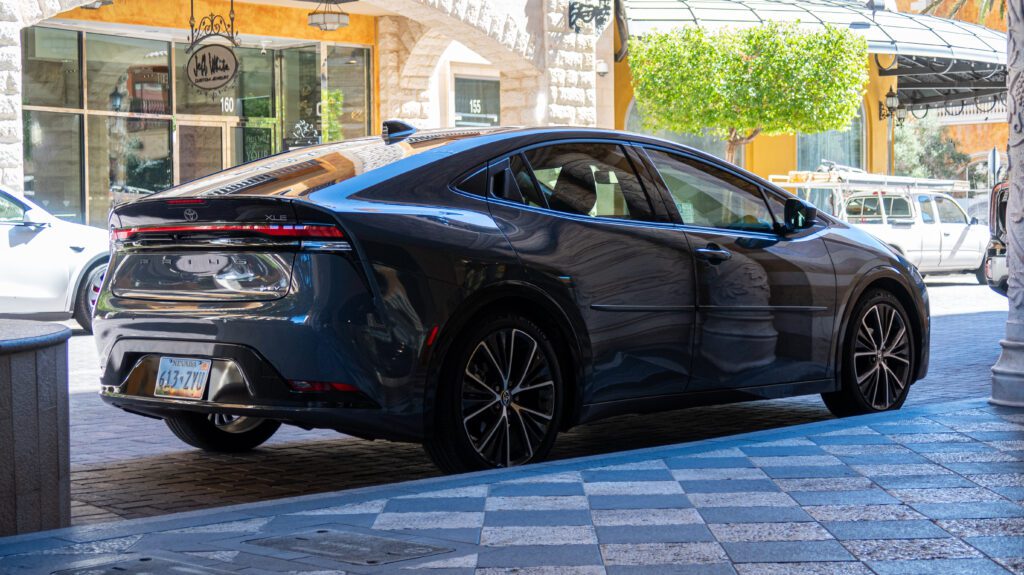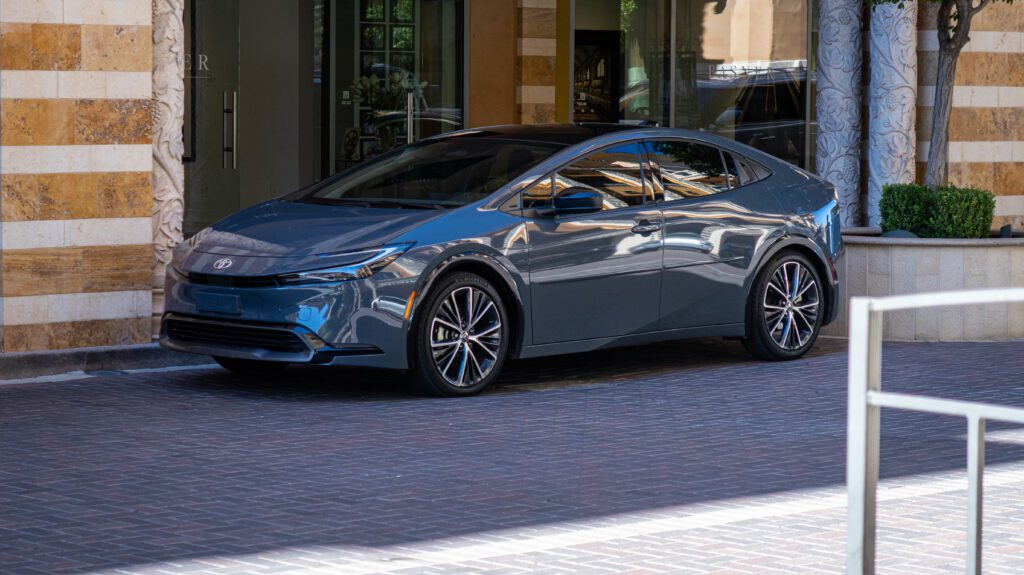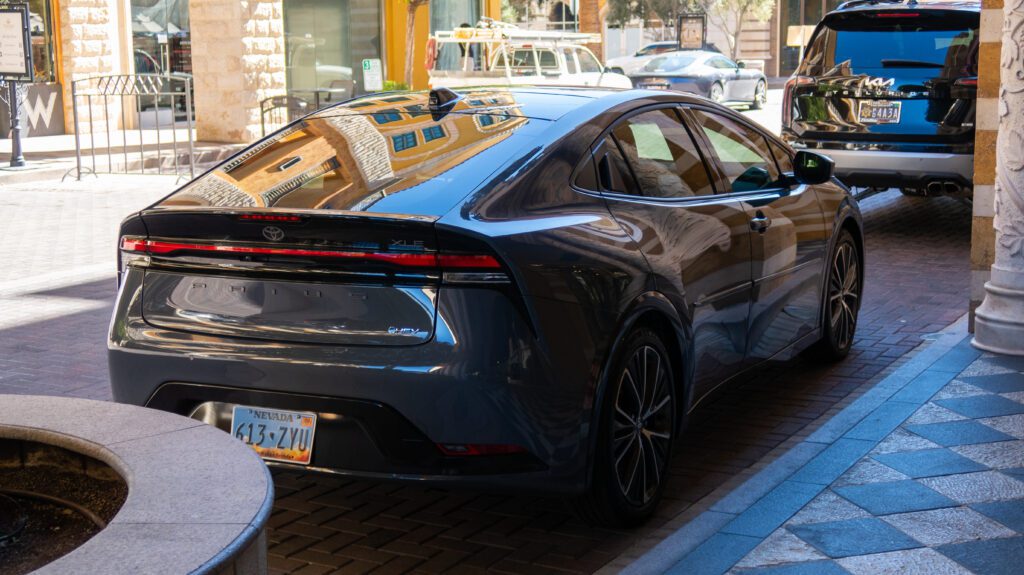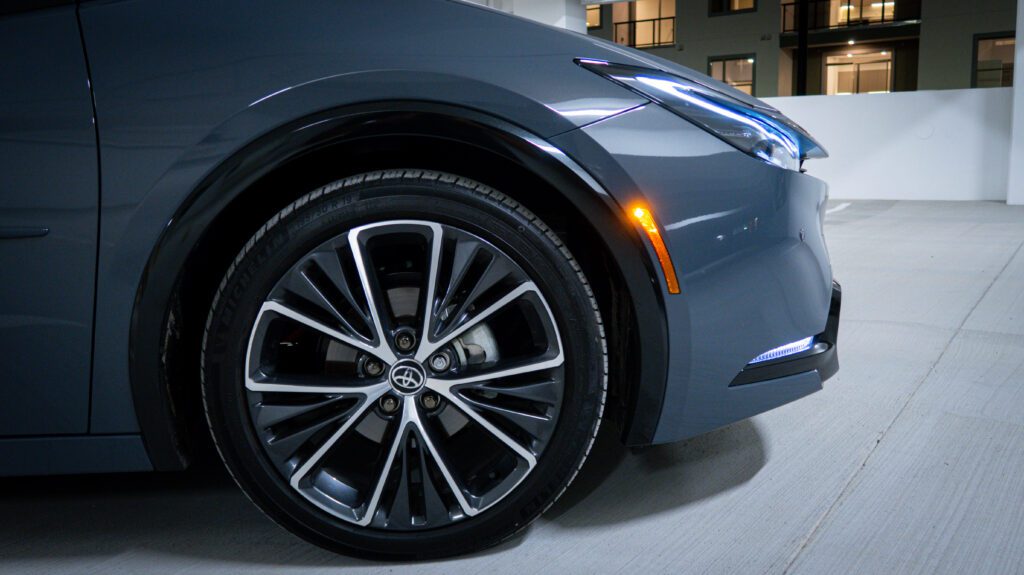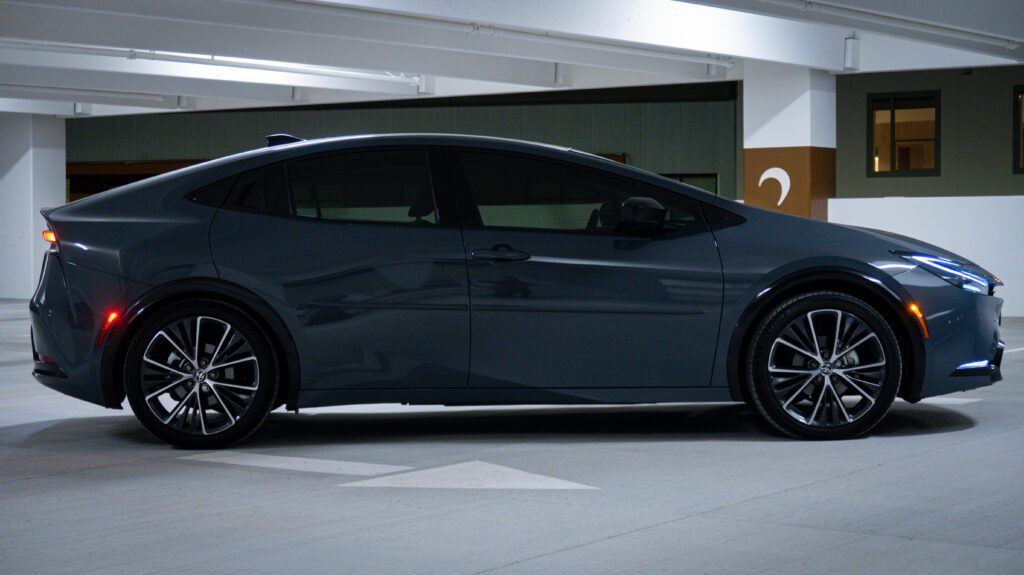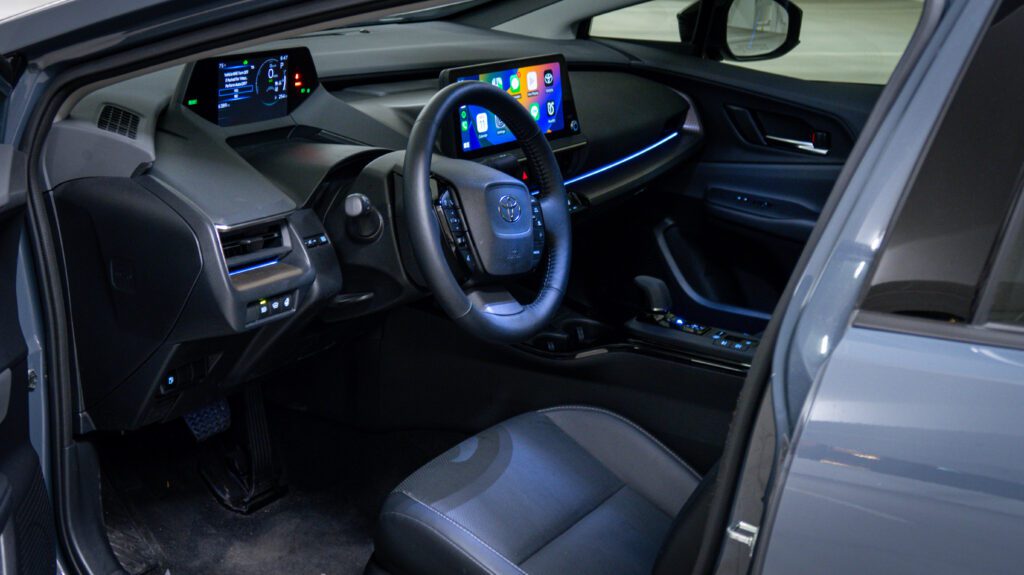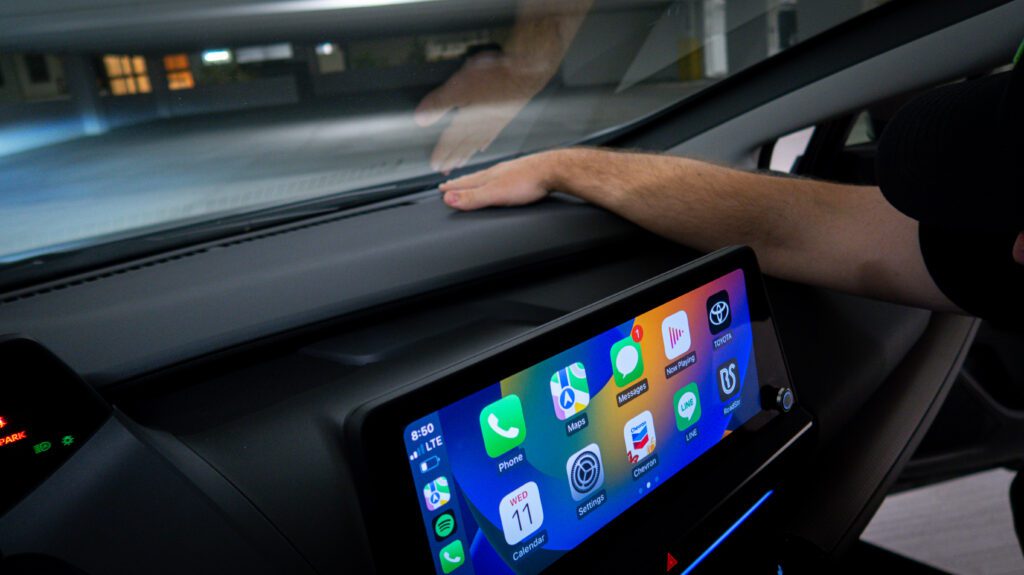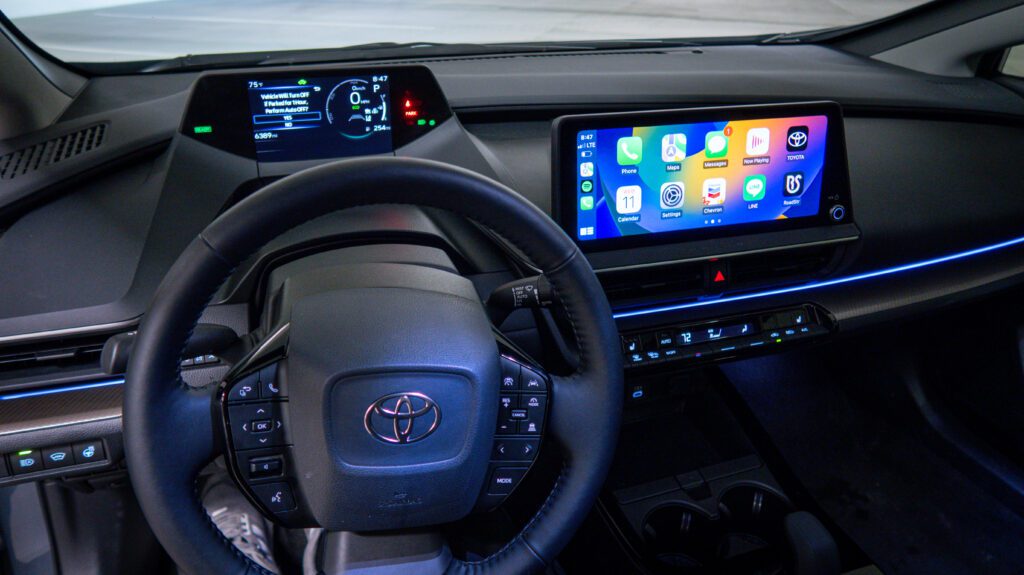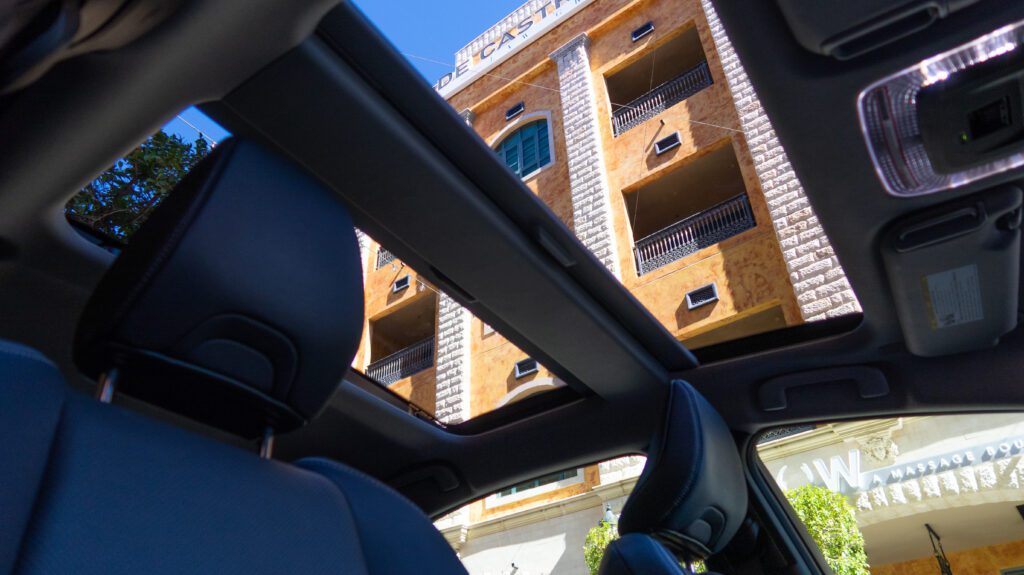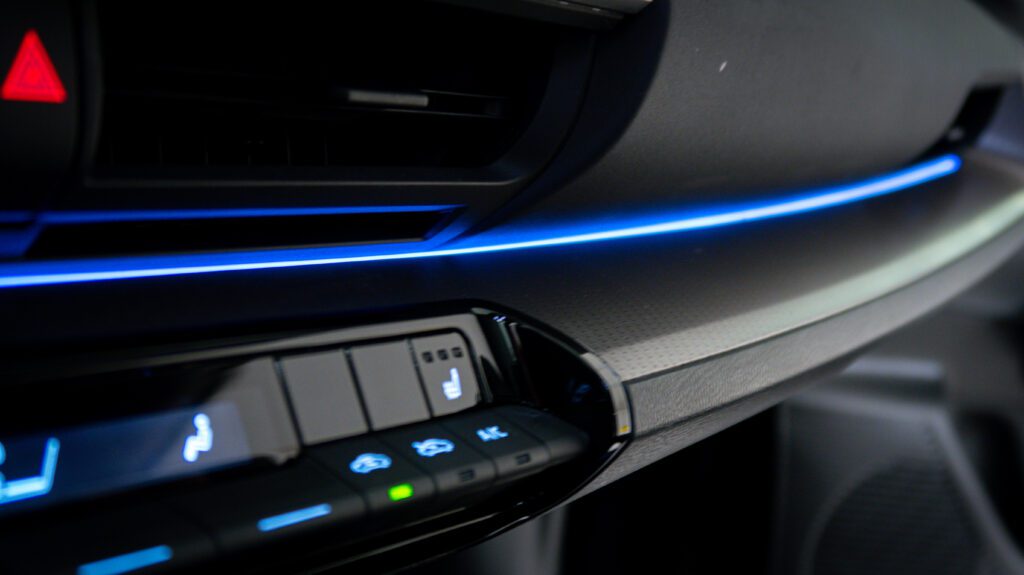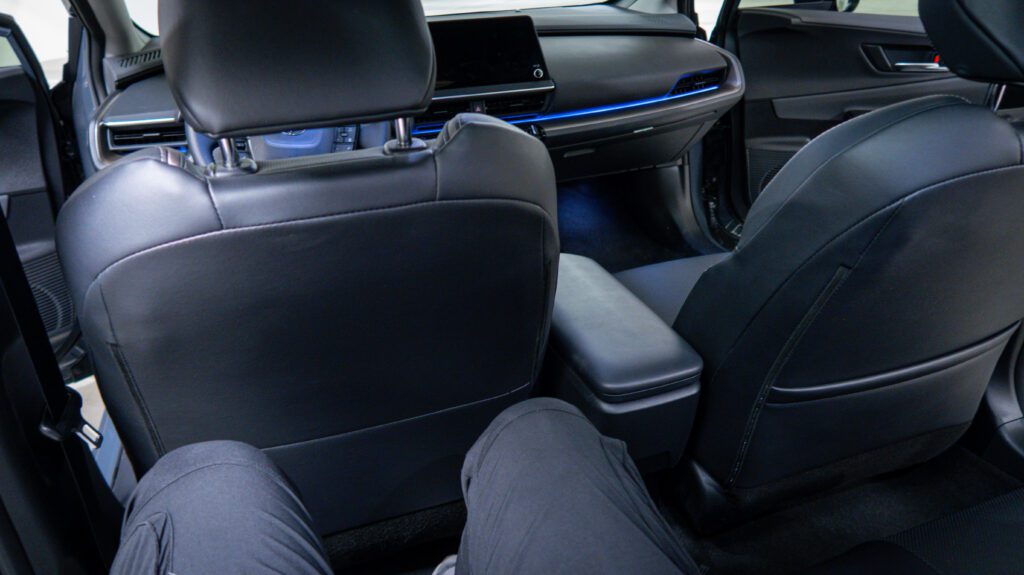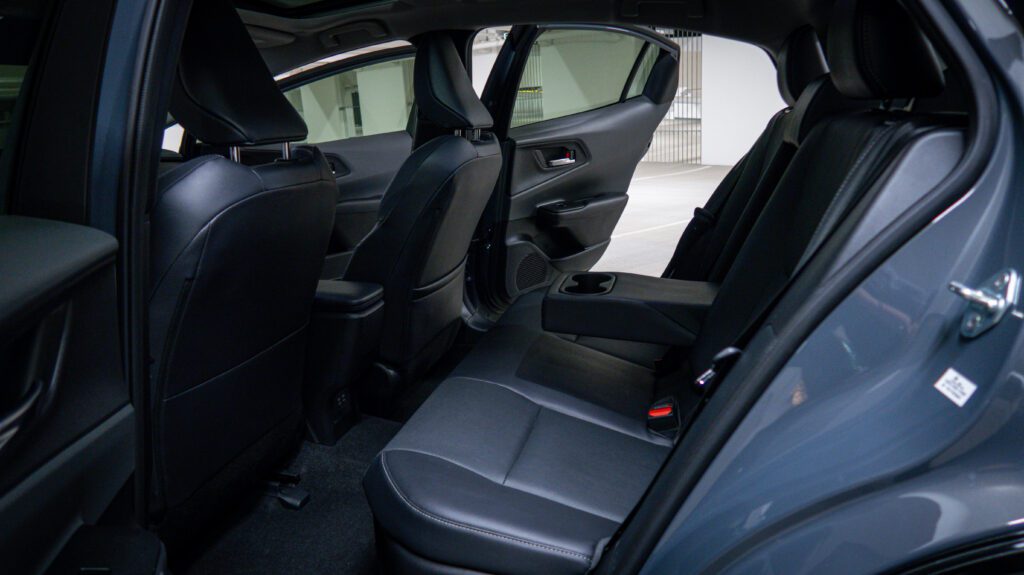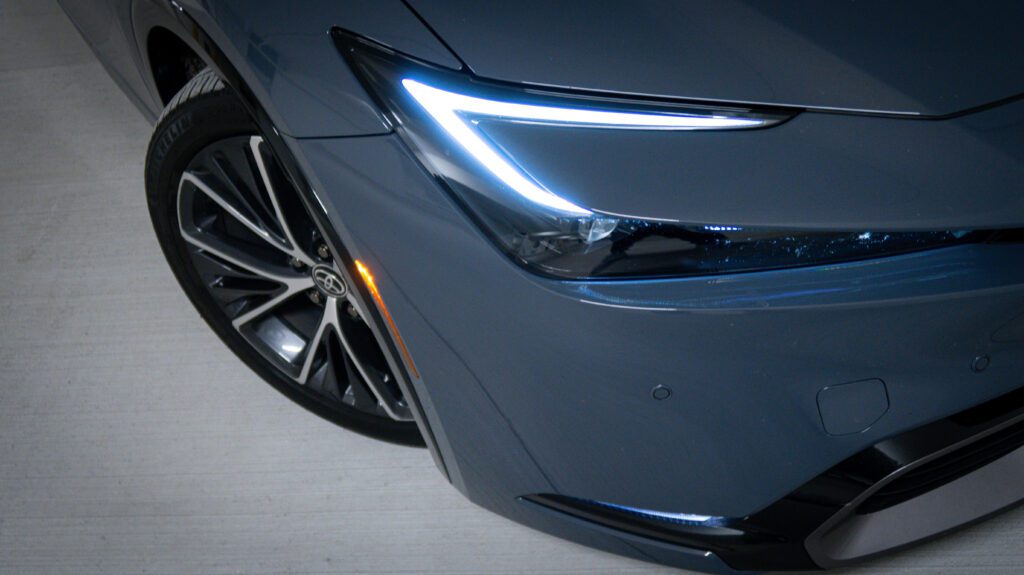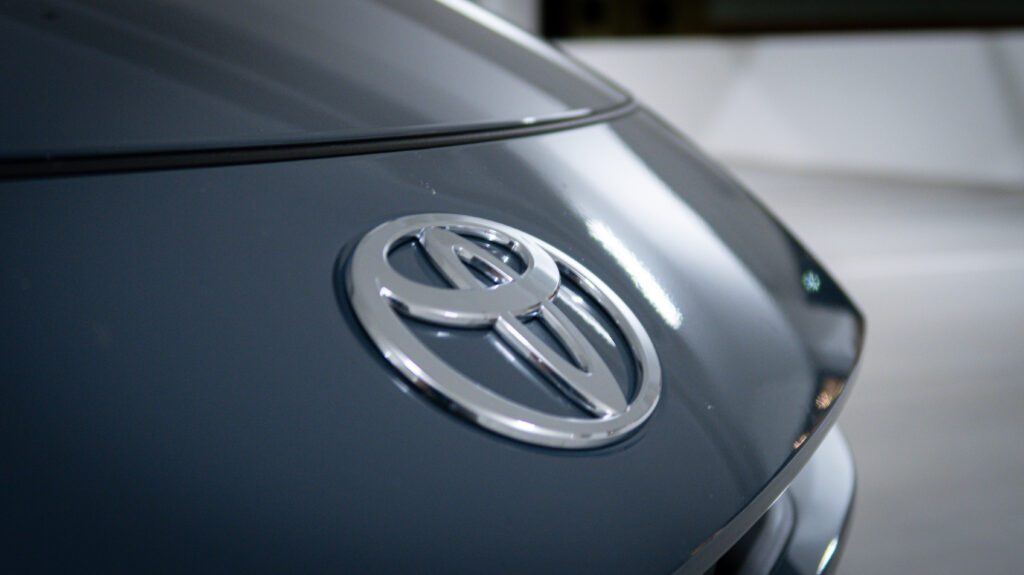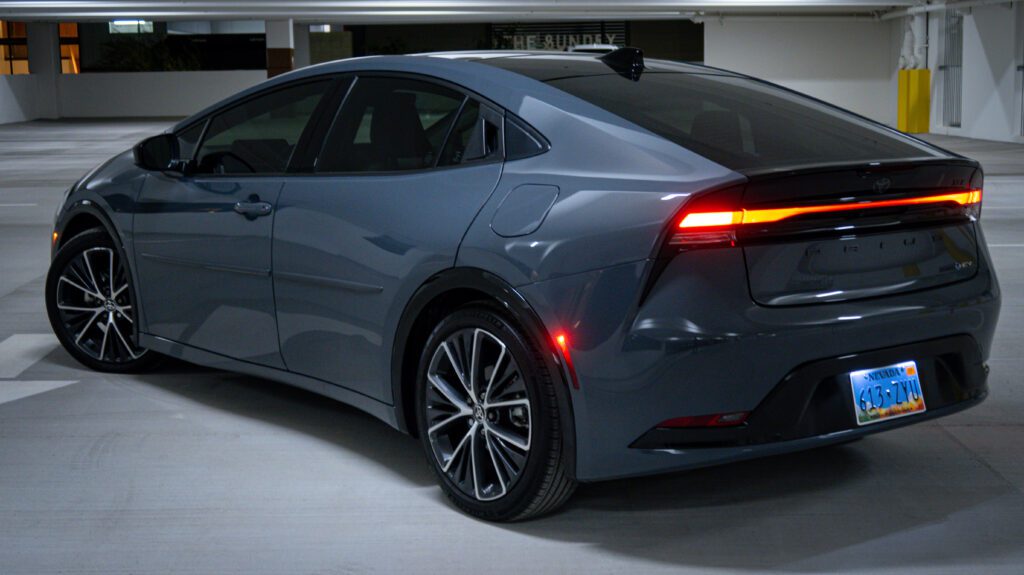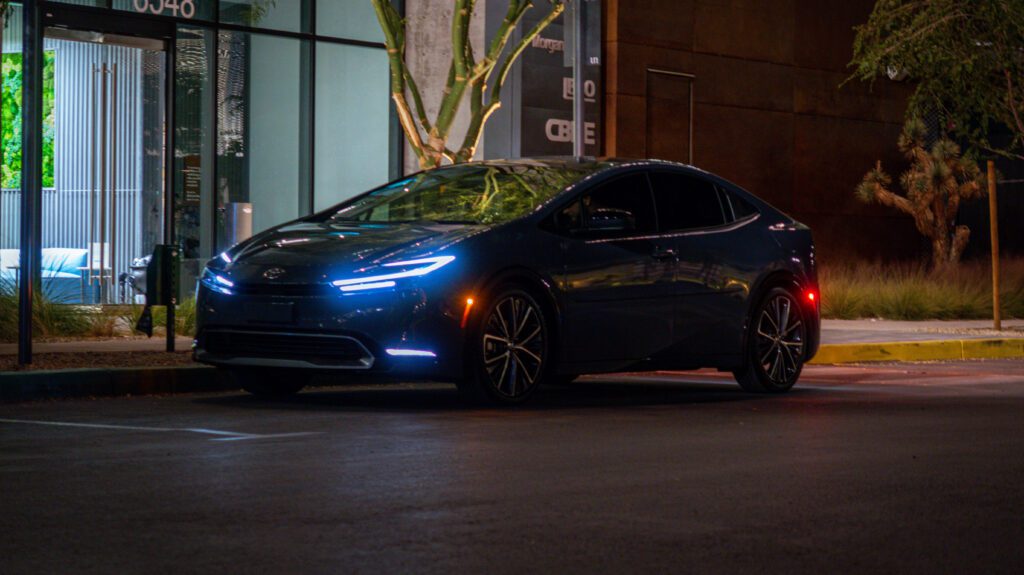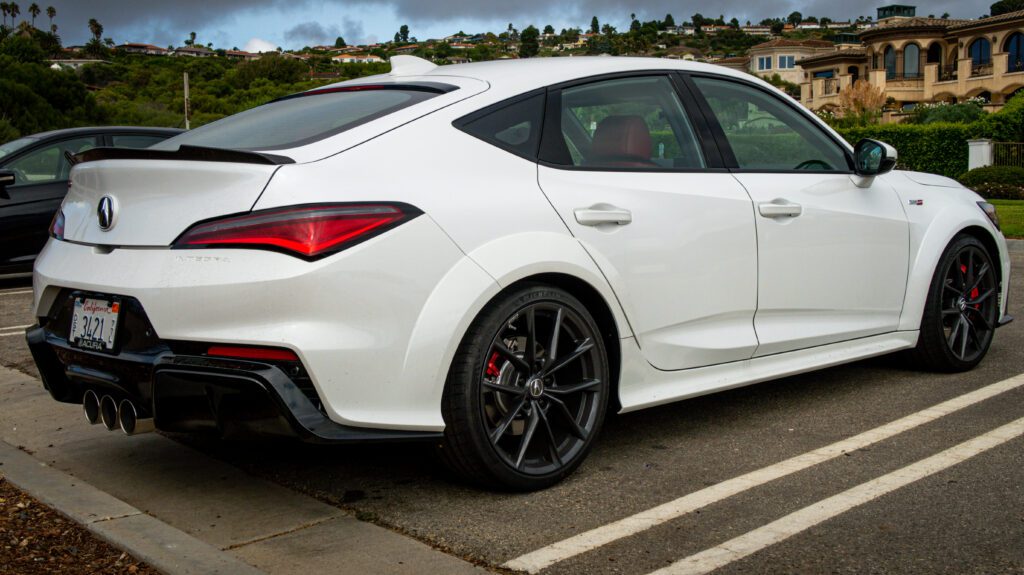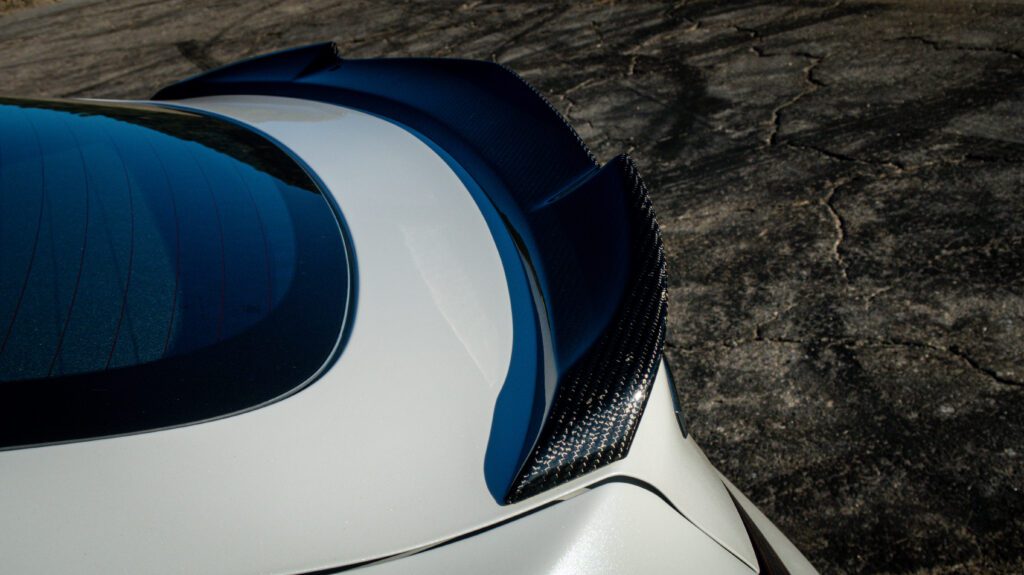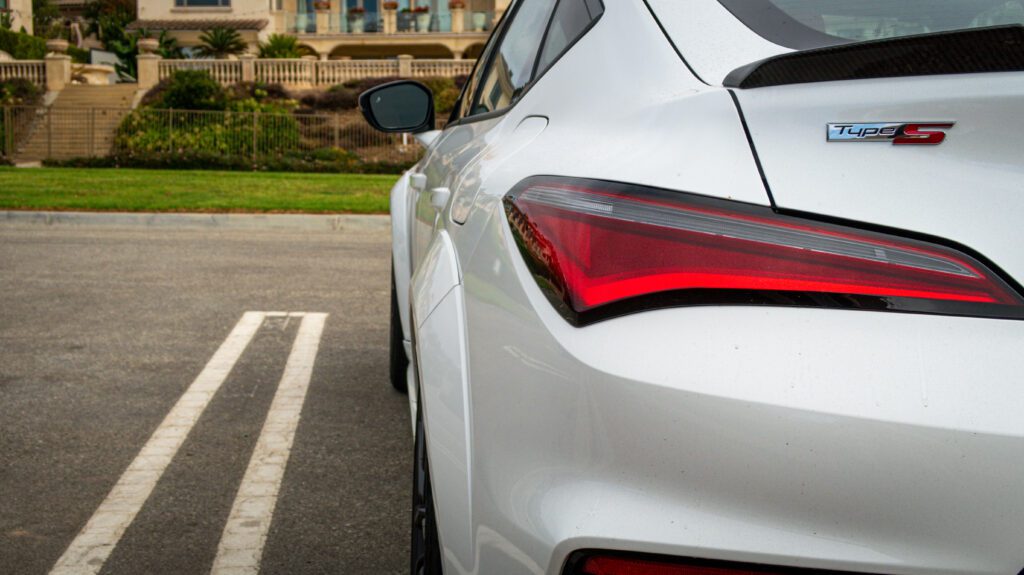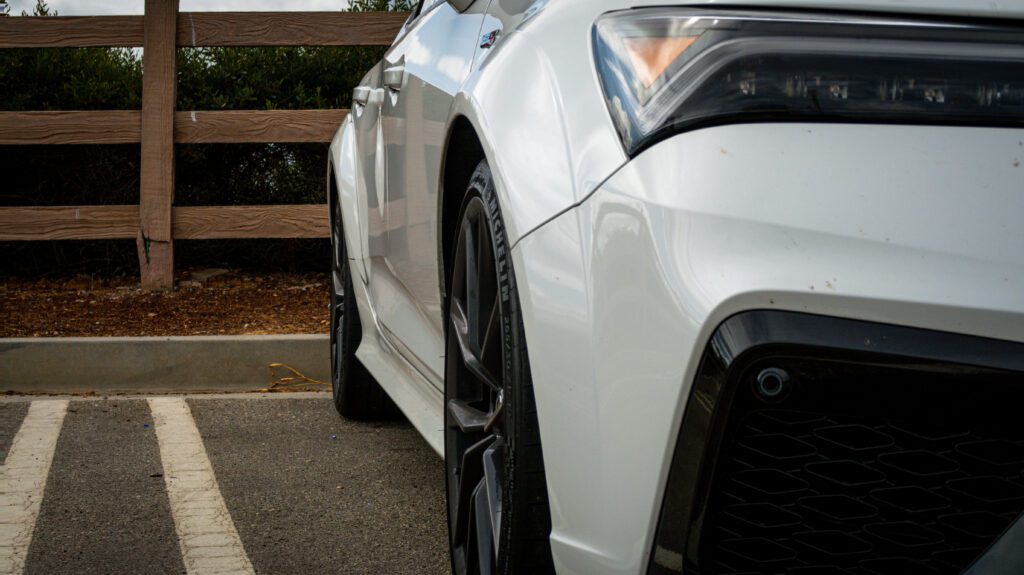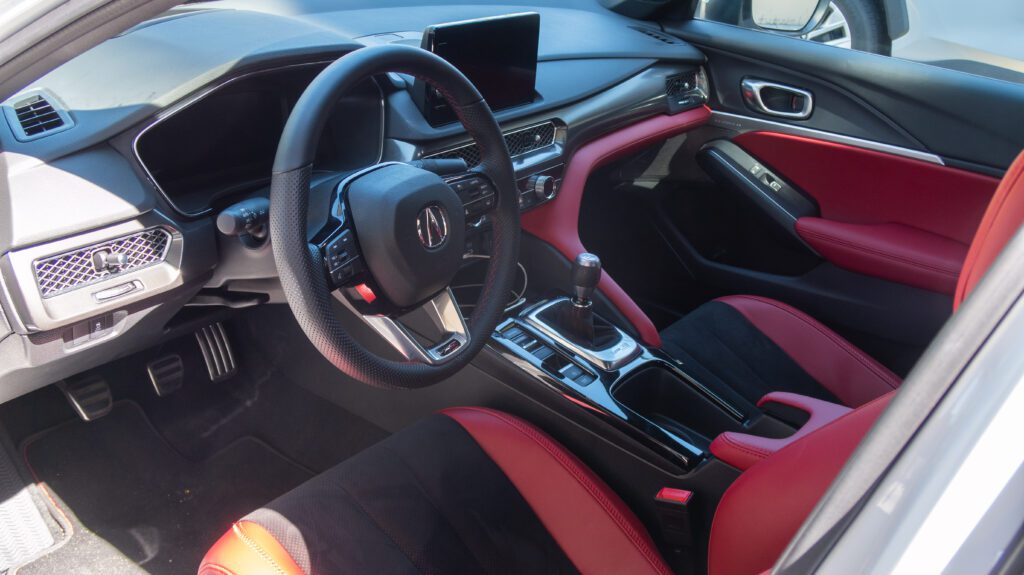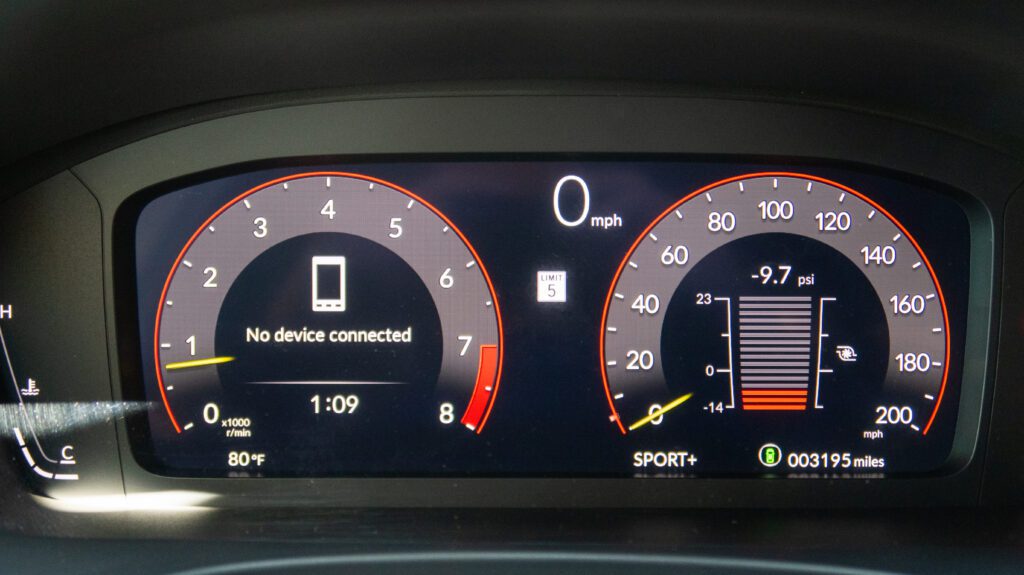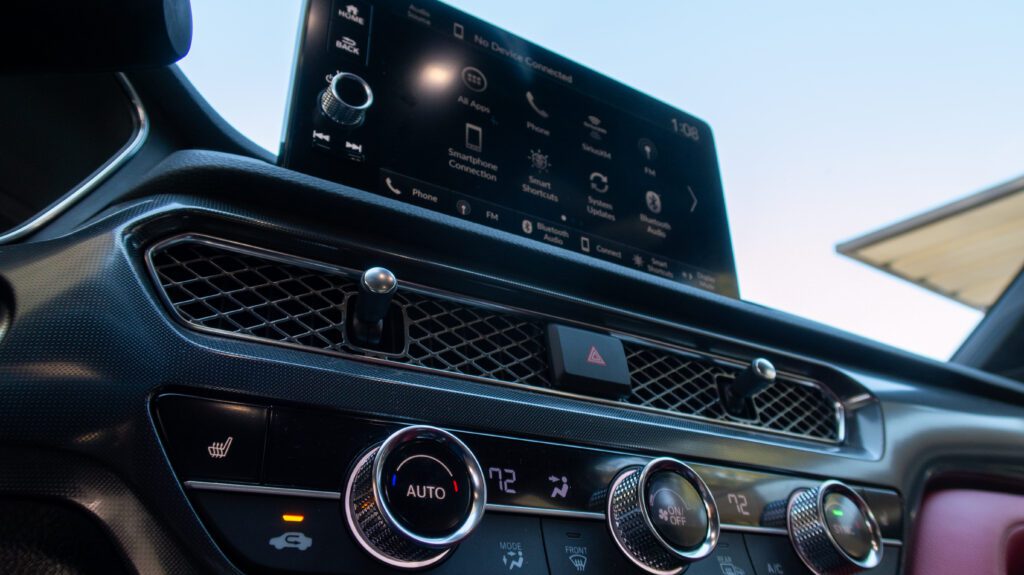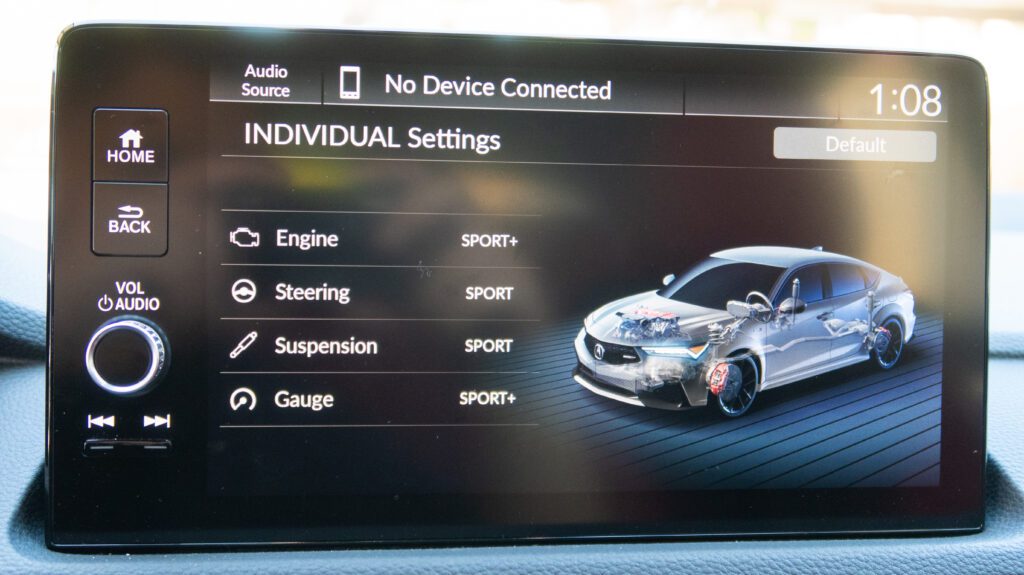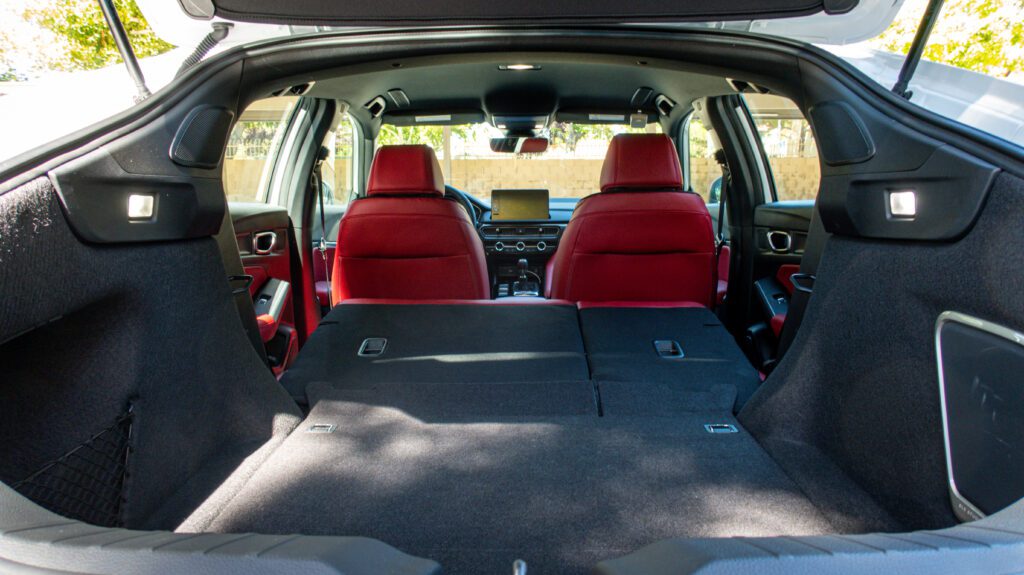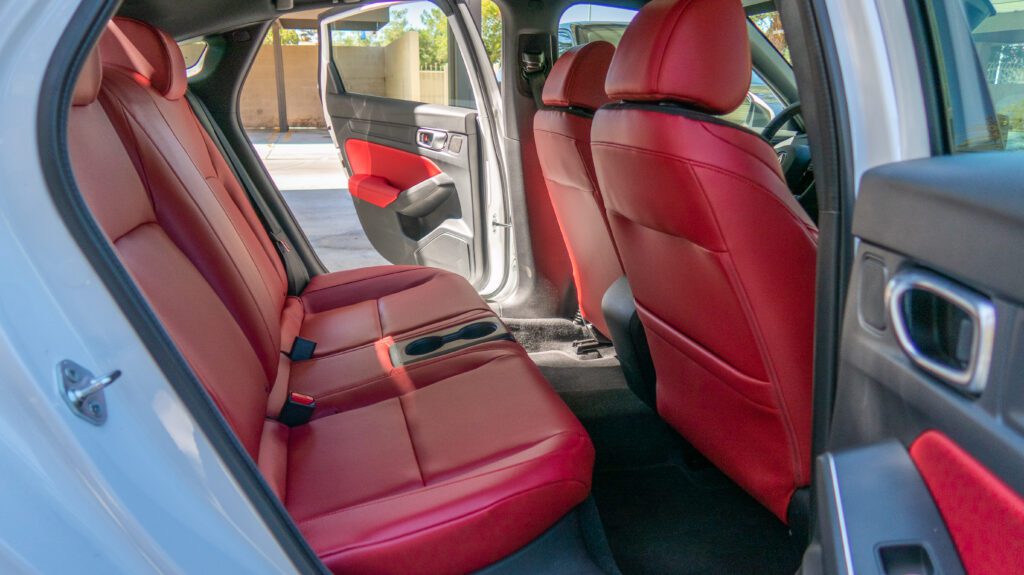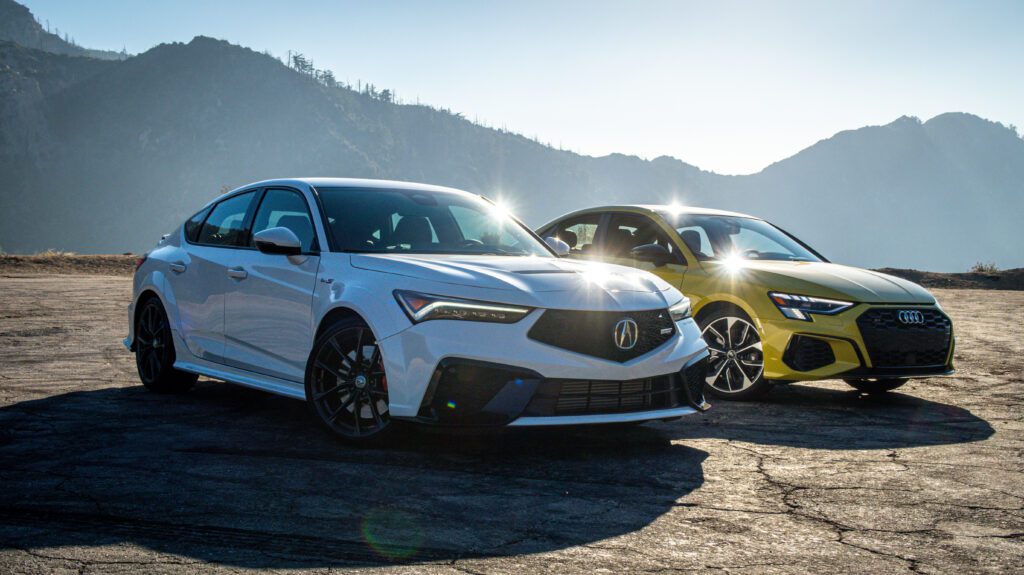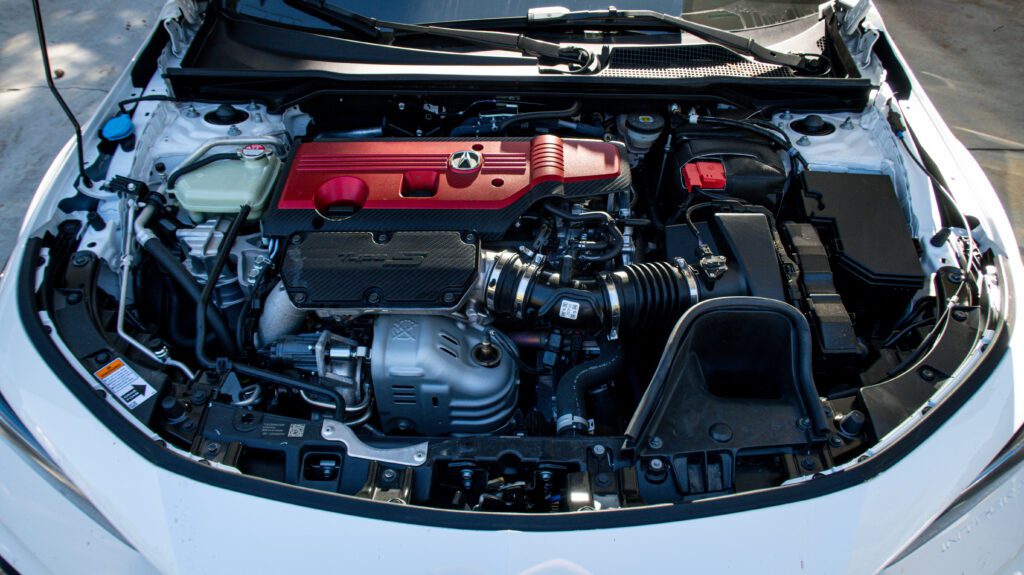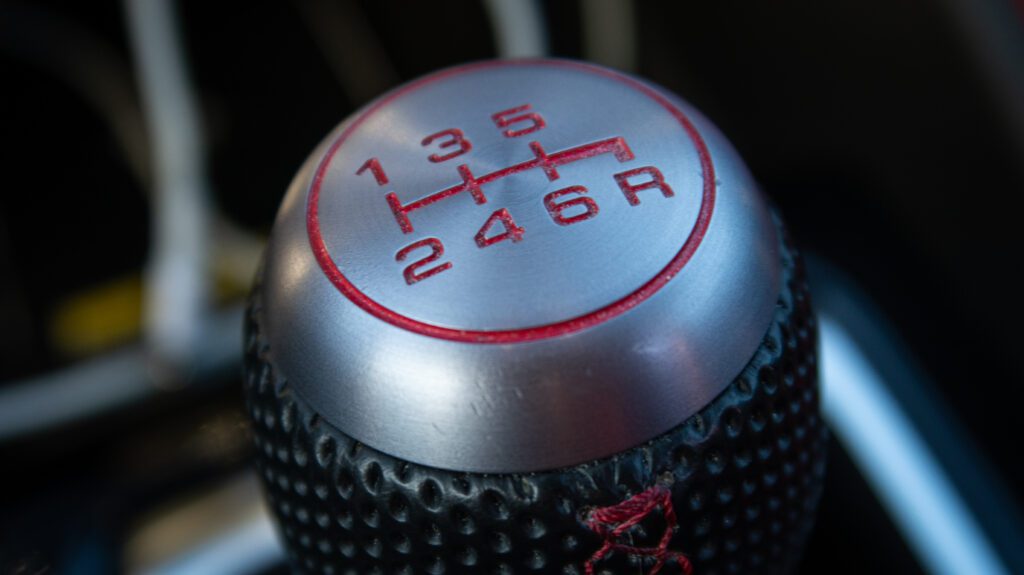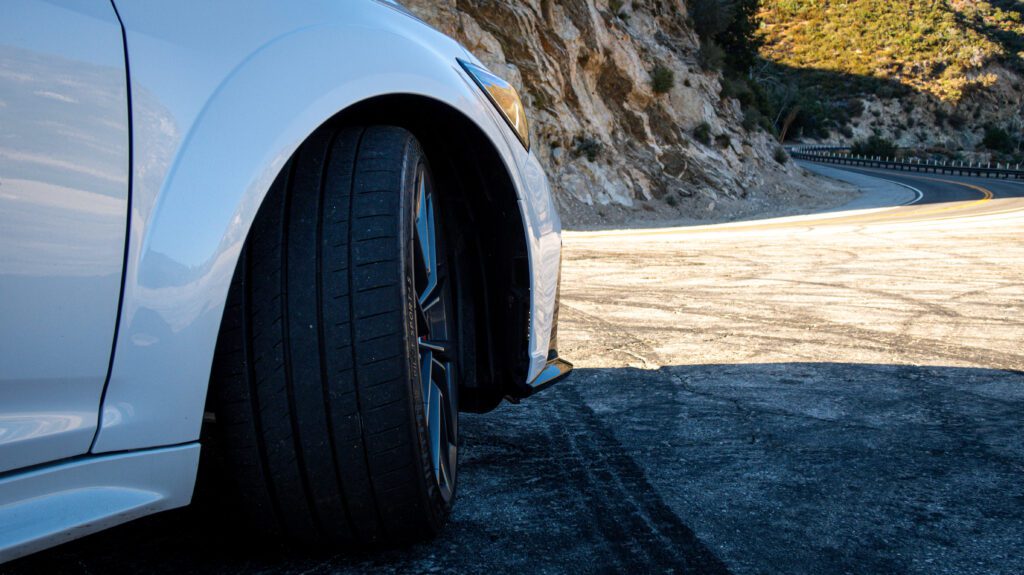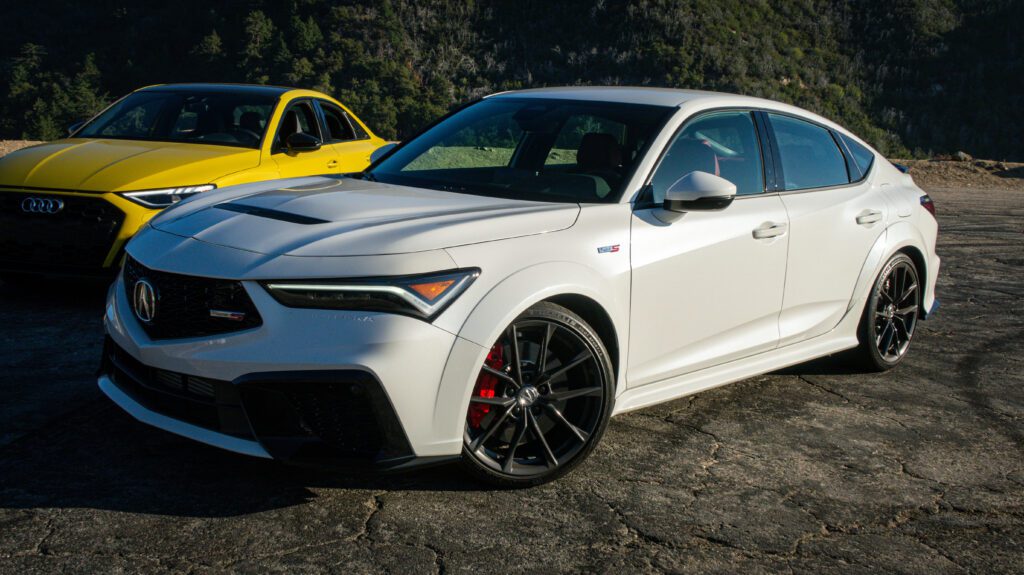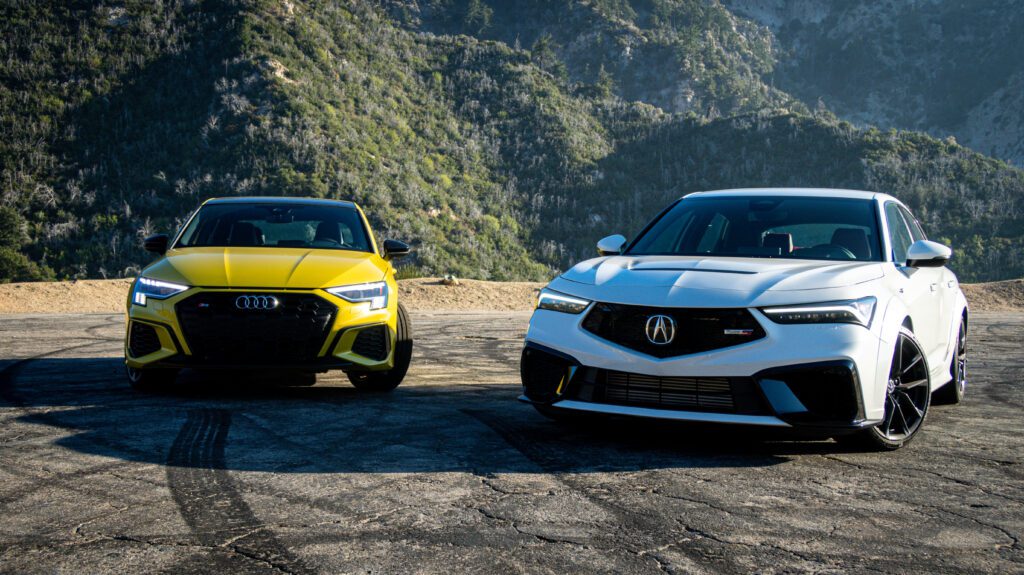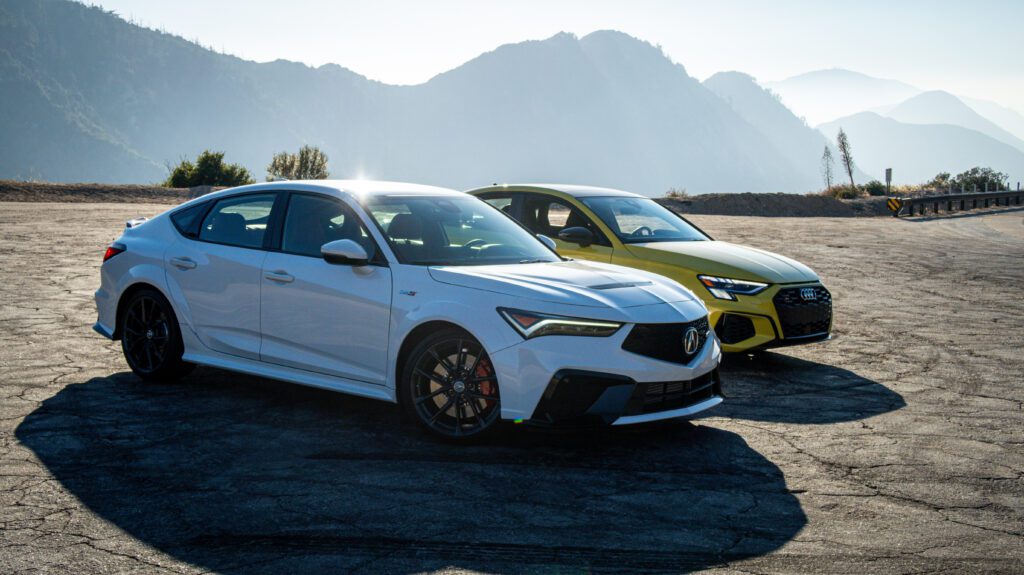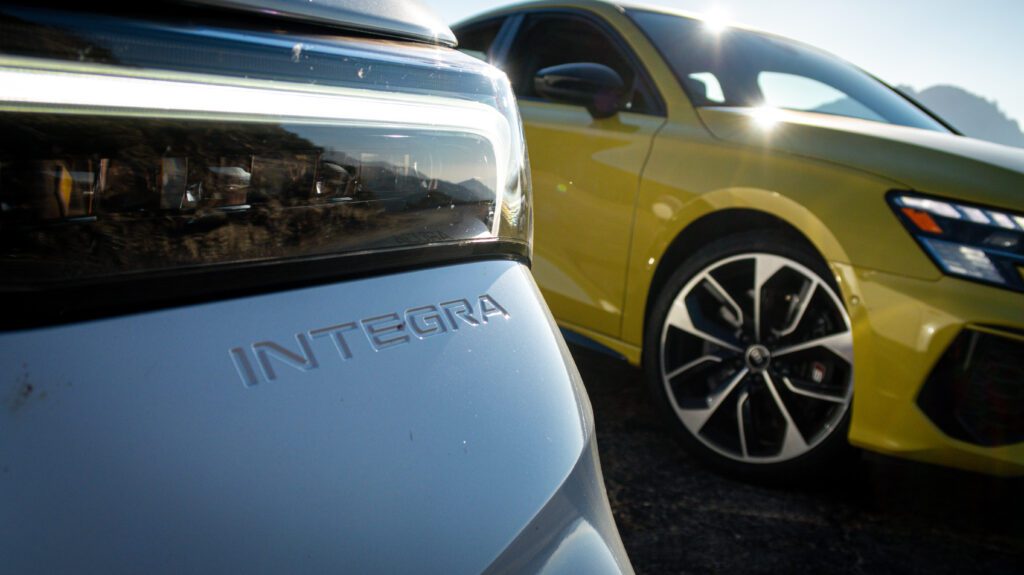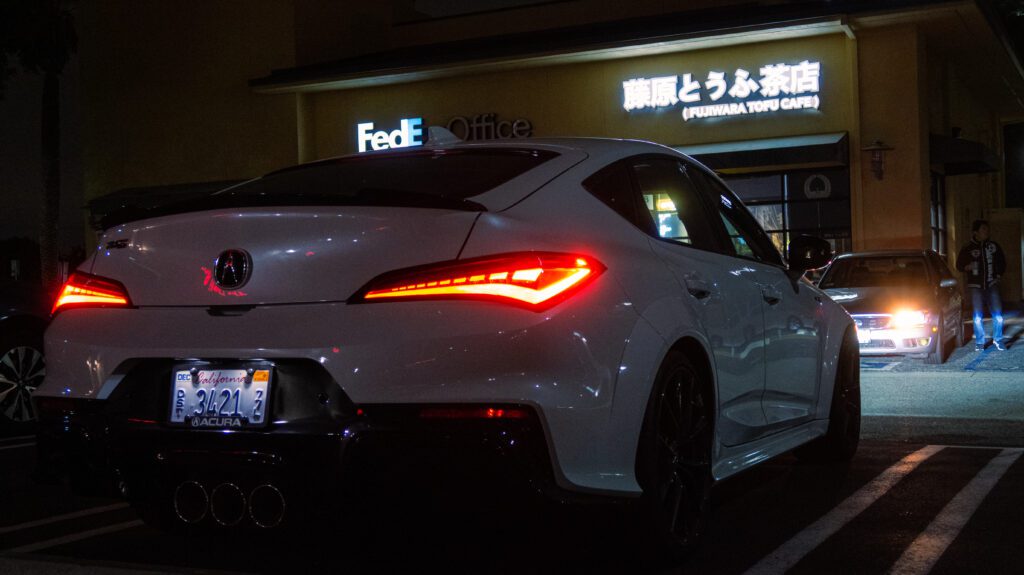These are the best EVs we’ve driven for 2024
The number of new electric models is exploding, but like gas vehicles, some are great and others leave something to be desired. We’ve had a chance to drive several of the year’s best EVs and have come up with a list of the best electric models we’ve driven so far this year! Do any of these fine science projects on wheels tickle your fancy?
We’ll update this list as the year goes on and we get our hands on newer vehicles, but let’s get rolling to see our current favorites.
Hyundai Ioniq 5
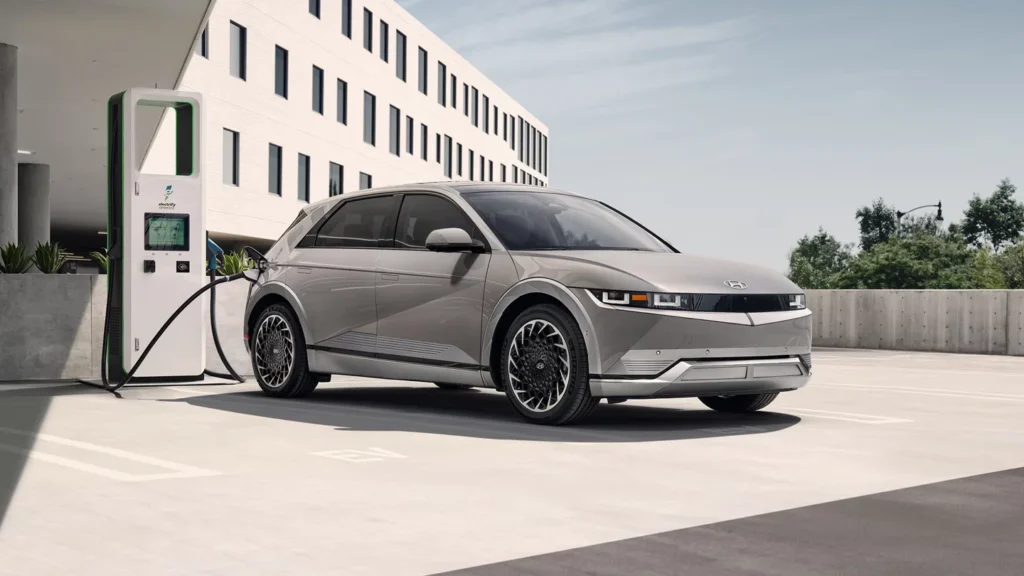
Starting price: $41,650
Horsepower: 168 to 320 hp
Torque: 258 to 446 lb-ft.
Combined MPGe: 99 to 114 mpge
Battery Capacity: 58 to 77.4 kWh
Range: 220 to 303 miles
IIHS Top Safety Pick? Top Safety Pick +
The Hyundai Ioniq 5 combines retro-futuristic styling with advanced driver aids and smooth, silent acceleration. It operates on an 800V electrical architecture, enabling blazing-fast charging, and it can travel up to 303 miles on a charge in its most generous configuration. While all-wheel drive is available, the most efficient and longest-range models are those with rear-wheel drive. The Ioniq 5 has a smooth ride and refined operation, and while it’s not the most powerful or exciting EV on the market, it’s certainly tuned for comfort and delivers on that promise.
Hyundai’s tech isn’t as fancy or flashy as others, but it gets the job done and makes interacting with the vehicle a pleasure. The EV comes standard with a 12.3-inch touchscreen and a 12.3-inch digital gauge cluster that offers Apple CarPlay and Android Auto, Bluetooth, HD radio, SiriusXM, and more. Additionally, the Ioniq 5 earned a Top Safety Pick from the IIHS in 2023.
Kia EV6

Starting price: $42,600
Horsepower: 167 to 576 hp
Torque: 258 to 545 lb-ft.
Combined MPGe: 83 to 117 mpge
Battery Capacity: 58 to 77.4 kWh
Range: 218 to 310 miles
IIHS Top Safety Pick? No
The Kia EV6 shares a platform and much of its underlying technology with the Hyundai Ioniq 5, though it presents unique styling and a hotter performance variant in the EV6 GT. The 800V architecture it features enables a 10 to 80 percent charge in as few as 18 minutes using the fastest chargers available. All configurations offer healthy acceleration, but the EV6 GT’s prowess rivals that of some supercars. At the same time, the SUV has engaging handling and can hold its own in corners. It’s a little tightly wound, but most will find the ride quality agreeable.
Psst. To any speed junkies here, note it’s the only Korean EV available with that hotted-up, sports car-fighting powertrain option. Or at least it is until Hyundai drops the Ioniq 5 N on our shores. But until then, it’s an EV6 GT or bust!
Like Hyundai, Kia focuses on functionality over flashiness in its infotainment systems. It also offers two 12.3-inch screens, along with Apple CarPlay and Android Auto, 14 speakers, wireless charging, navigation, and more. It earned a Top Safety Pick in 2022, but the IIHS hasn’t yet smashed it in the newer, tougher side-crash tests.
Ford F-150 Lightning

Starting price: $49,995
Horsepower: 452 to 580 hp
Torque: 775 lb-ft.
Combined MPGe: 66 to 70 mpge
Battery Capacity: 98 to 131 kWh
Range: 230 to 320 miles
IIHS Top Safety Pick? No
Ford wasn’t the first to market with an electric pickup, but it hit the market hard with the F-150 Lightning — a normal-looking, full-sized truck that is surprisingly capable and demonstrates decent range. Though it has raised prices and struggled to keep up with demand, Ford configured the truck to be as familiar as possible for everyday buyers, and the Lightning delivers on that goal. It offers fantastic interior space and comfort and plenty of available tech – including BlueCruise hands-free driving. Though its range extends to 320 miles, towing and hauling heavy loads has an outsized impact on the distance it can travel, but 66 to 70 mpge combined is still pretty darn good for what it is.
Ford’s excellent Sync infotainment system runs on a 12-inch touchscreen, and the truck comes standard with a 12-inch digital gauge cluster. Buyers can upgrade to a massive 15.5-inch display, and other options include wireless charging, HD radio, and SiriusXM radio. Though it missed out on a Top Safety Pick, the Lightning comes standard with a load of advanced safety kit, including blind spot monitoring, rear cross-traffic alerts, lane keep assist, and more.
All said and done, it’s a fairly well-equipped and heavy-hitting product, even if it can get egregiously priced near the top of its trim levels. And sure. Although, it’s clearly not ideally sized for urban environments, don’t let a little girth deter you from an otherwise compelling product, especially if utility is a huge plus for you.
Mercedes-Benz EQS
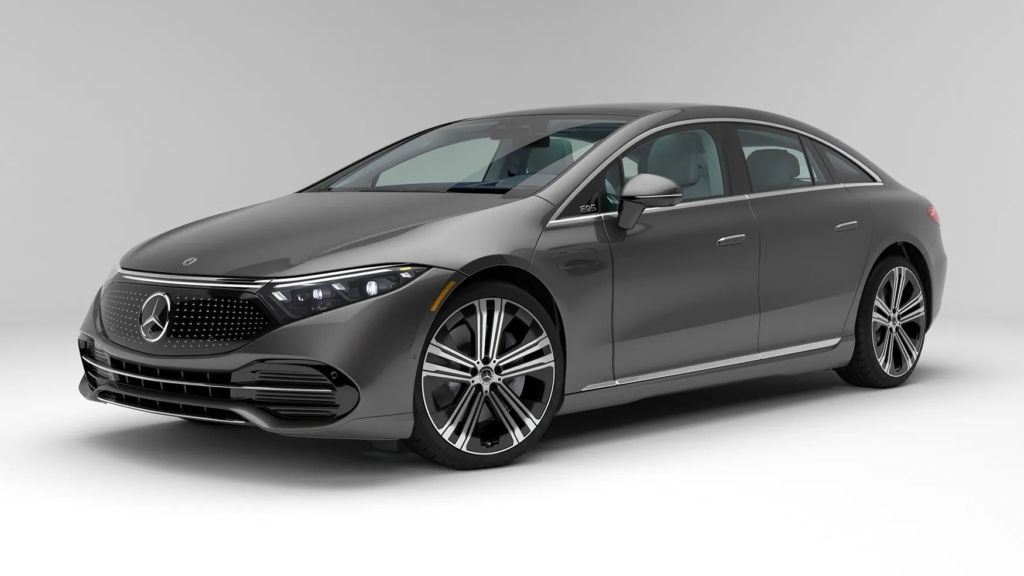
Starting price: $104,400
Horsepower: 355 to 649 hp (751 hp w/ boost)
Torque: 417 to 700 lb-ft. (752 lb-ft. w/ boost)
Combined MPGe: 76-96 mpge
Battery Capacity: 108.4 kWh
Range: 280 to 352 miles
IIHS Top Safety Pick? Not yet tested
The Mercedes-Benz EQS is a flagship electric sedan from the luxury brand that offers futuristic tech, striking style, and an available AMG variant with breathtaking performance. No matter the powertrain choice, the car carries itself with authority and composure. It remains comfortable over various road surfaces and is surprisingly capable in the corners. At the same time, the interior remains quiet, and the car feels like an S-Class Mercedes at all times.
Mercedes offers a serious array of tech in the EQS, including standard 64-color ambient interior lighting and a 12.3-inch digital gauge cluster. Though optional before, the expansive Hyperscreen system now comes standard, bringing a 17.7-inch touchscreen and a 12.3-inch passenger display. The EQS comes standard with blind spot monitoring, rear cross-traffic alerts, pedestrian and cyclist detection, forward and rear automatic braking, and more.
Nissan Ariya
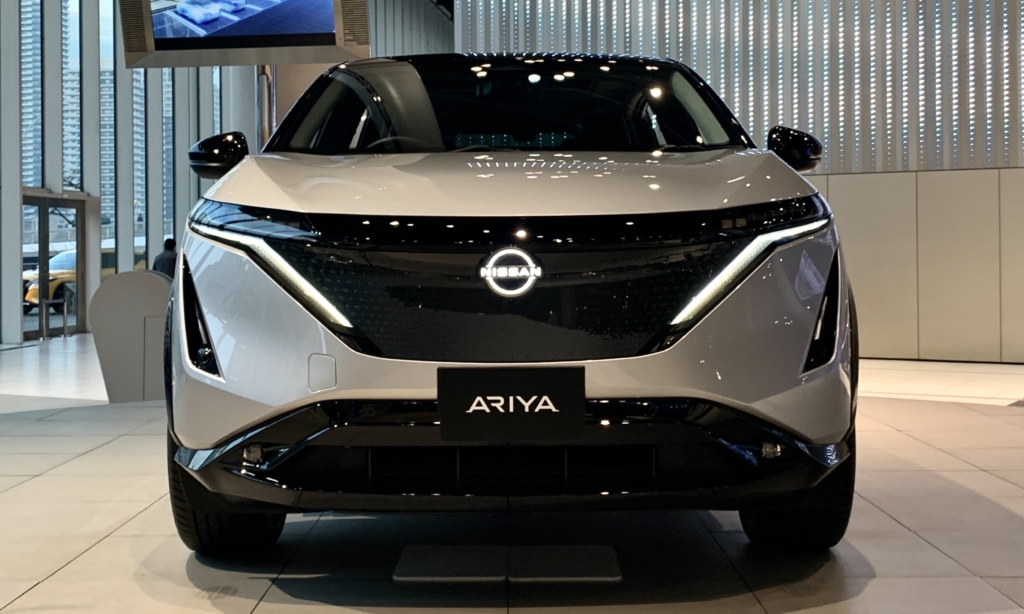
Starting price: $43,190
Horsepower: 214 to 389 hp
Torque: 221 to 442 lb-ft.
Combined MPGe: 87 to 101 mpge
Battery Capacity: 63 to 84 kWh
Range: 205 to 304 miles
IIHS Top Safety Pick? Top Safety Pick +
Nissan had delays with its new EV, the Ariya, but it landed in 2023 with a decent range and impressive horsepower. Acceleration feels solid, though the front-wheel drive model takes more than seven seconds to reach 60 mph. The all-wheel drive configuration is considerably quicker, making the run in 5.5 seconds, and the SUV manages itself well on the road. Braking and steering are confidence-inspiring, and the Ariya holds its own in the corners.
Nissan equips the Ariya with a standard 12.3-inch touchscreen running wireless Apple CarPlay and Android Auto. A Wi-Fi hotspot, HD radio, Amazon Alexa capability, and much more also come standard. The Ariya has a solid list of standard safety equipment, though the IIHS hasn’t tested it yet. It’s equipped with blind spot monitoring with rear cross-traffic alerts, lane departure warnings, pedestrian detection, automatic high beams, a rearview camera, parking sensors, and driver attention warnings.
Genesis Electrified G80
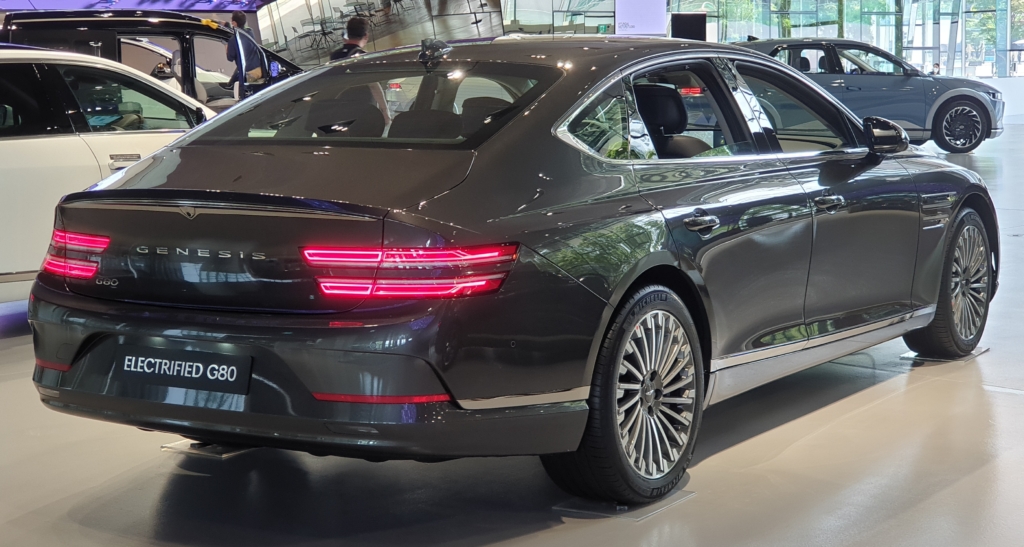
Starting price: $79,825
Horsepower: 365
Torque: 516 lb-ft.
Combined MPGe: 97 mpge
Battery Capacity: 87.2 kWh
Range: 282 miles
IIHS Top Safety Pick? Not yet evaluated under new criteria
Genesis took a tried-and-true approach with the Electrified G80, fitting batteries and an electric motor to the gas model’s body. The results are impressive: 365 horsepower, 282 miles of range, and all the luxury ride quality anyone could want. The car retains its flagship sedan feel, and the silent electric drivetrain offers strong acceleration and smooth operation. It’s not the most agile option around, but the car’s extreme level of comfort is a substantial consolation prize.
The Electrified G80 gets a 14.5-inch touchscreen, Apple CarPlay and Android Auto, 12 speakers, dual-zone automatic climate controls, a digital gauge cluster, and USB inputs. A 12.3-inch gauge cluster is available, along with wireless charging and an upgraded Lexicon audio system. The Electrified G80 earned a Top Safety Pick + in 2022 but hasn’t been subjected to the new, more intense side-crash tests.
Cadillac Lyriq
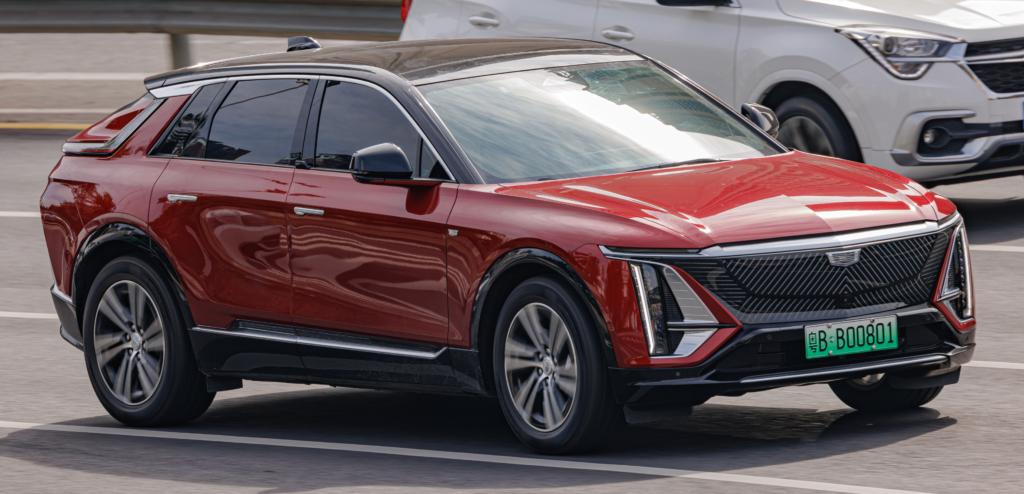
Starting price: $58,590
Horsepower: 340 to 500 hp
Torque: 325 to 450 lb-ft.
Combined MPGe: 89 mpge
Battery Capacity: 102 kWh
Range: 307 to 314 miles
IIHS Top Safety Pick? Not yet tested
The Lyriq is Cadillac’s first EV, riding on GM’s advanced Ultium platform. And while not everyone on board Acceleramota seems to love it, there’s no denying what it has to offer GM fans. It offers up to 500 horsepower, and even the base configuration brings 340 ponies to the table. Acceleration isn’t exceptionally thrilling, but the SUV delivers refined power and good handling. It’s also every bit a Cadillac, bringing a smooth driving experience and a stable ride quality. The Lyriq’s one-pedal driving function works well, and standard braking feels solid.
The Lyriq’s dash is adorned with a massive array of screens, collectively spanning thirty-three inches, and equipped with wireless Apple CarPlay and Android Auto, Bluetooth, multiple USB ports, seven speakers, and more. Additionally, Cadillac includes ambient interior lighting, an AKG premium stereo, and a panoramic sunroof. Though it hasn’t been evaluated by the IIHS yet, the Lyriq comes standard with a vibrating safety alert seat, lane departure warnings, pedestrian and cyclist detection, blind spot monitoring with rear cross-traffic alerts, automatic emergency braking, and forward collision warnings.


